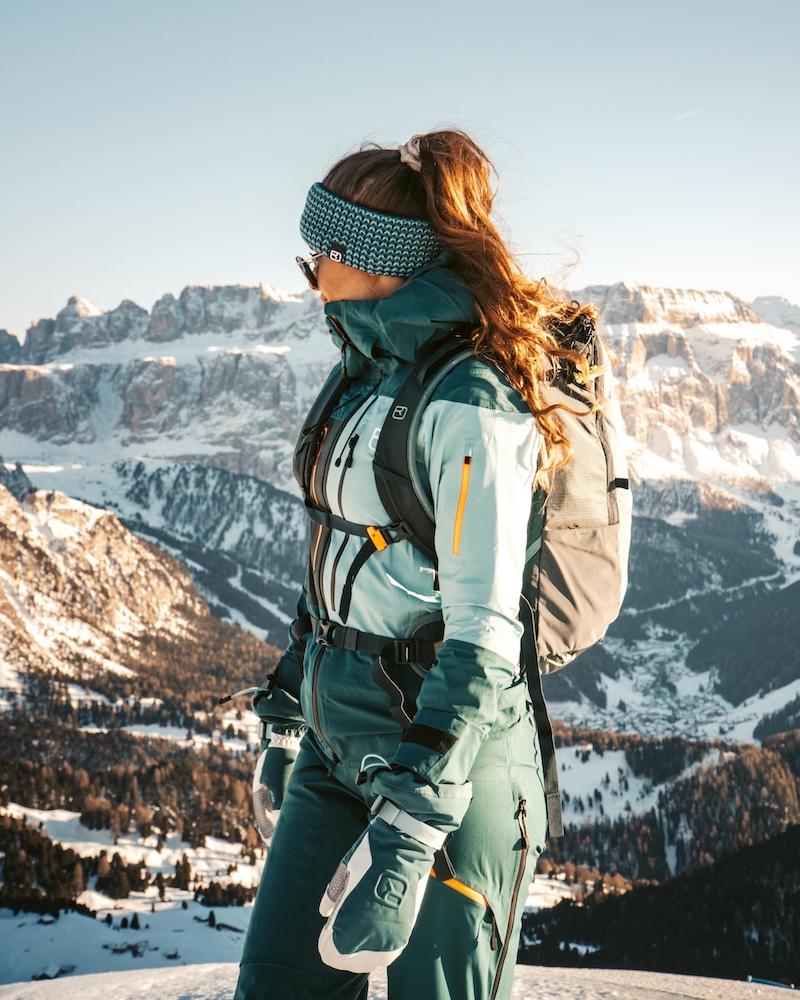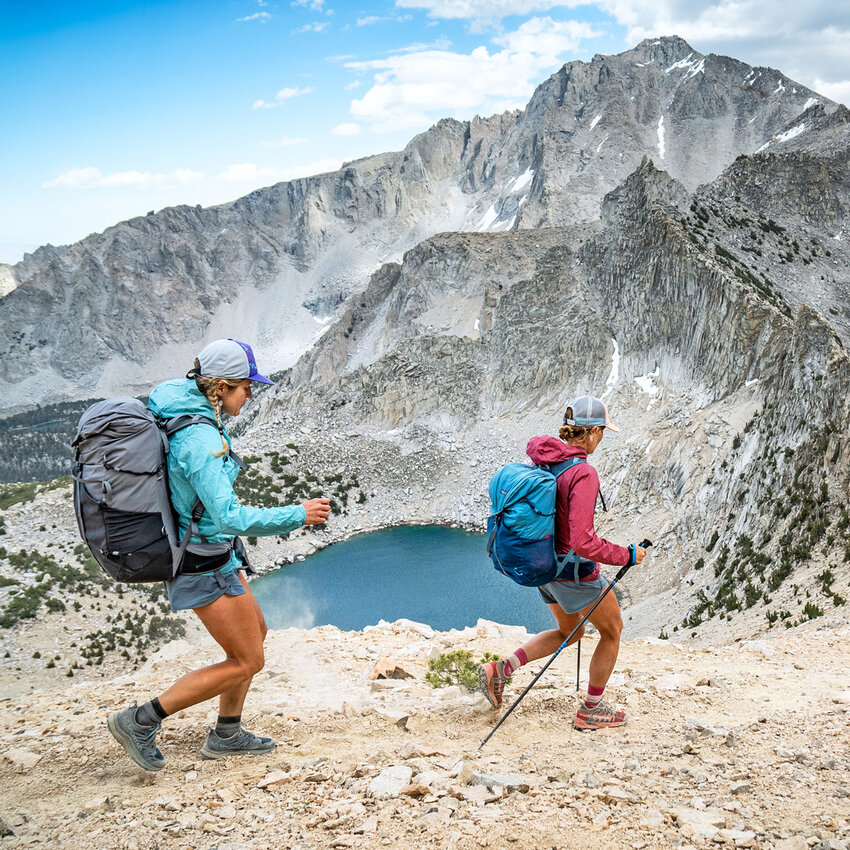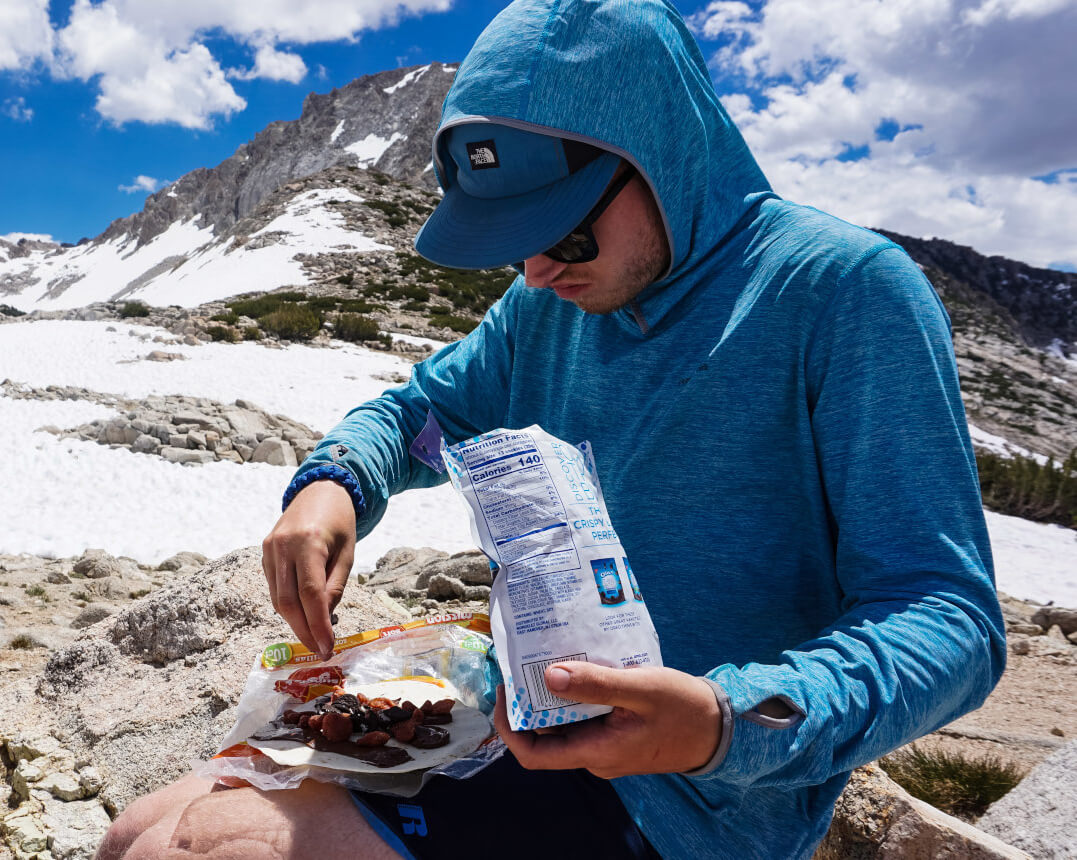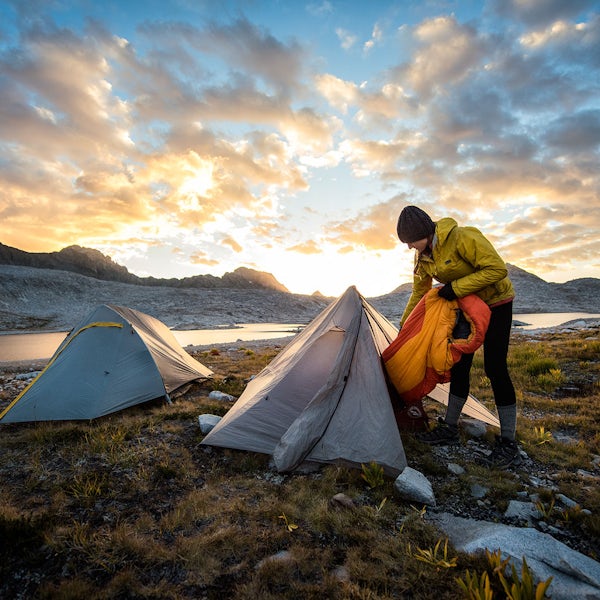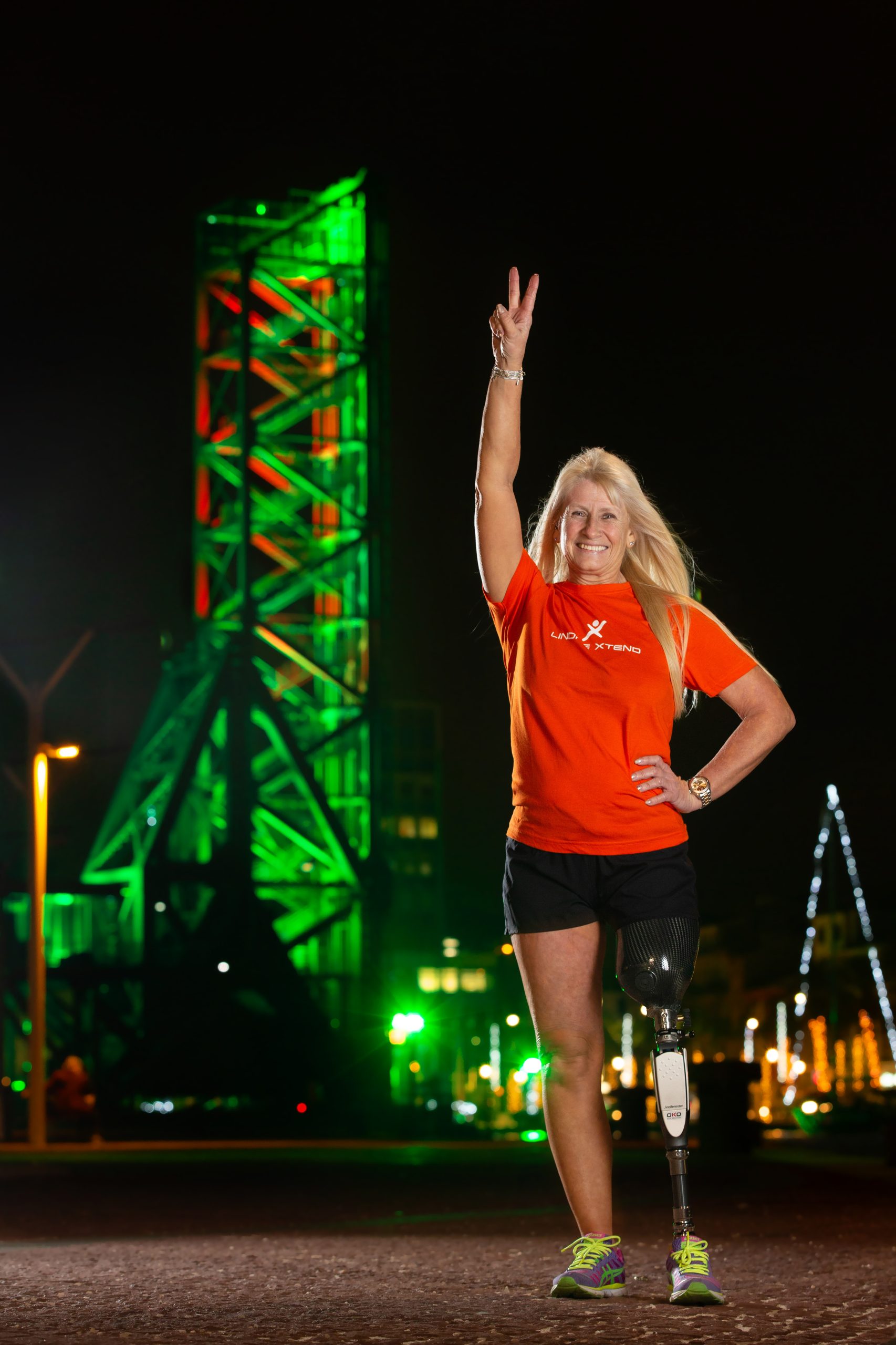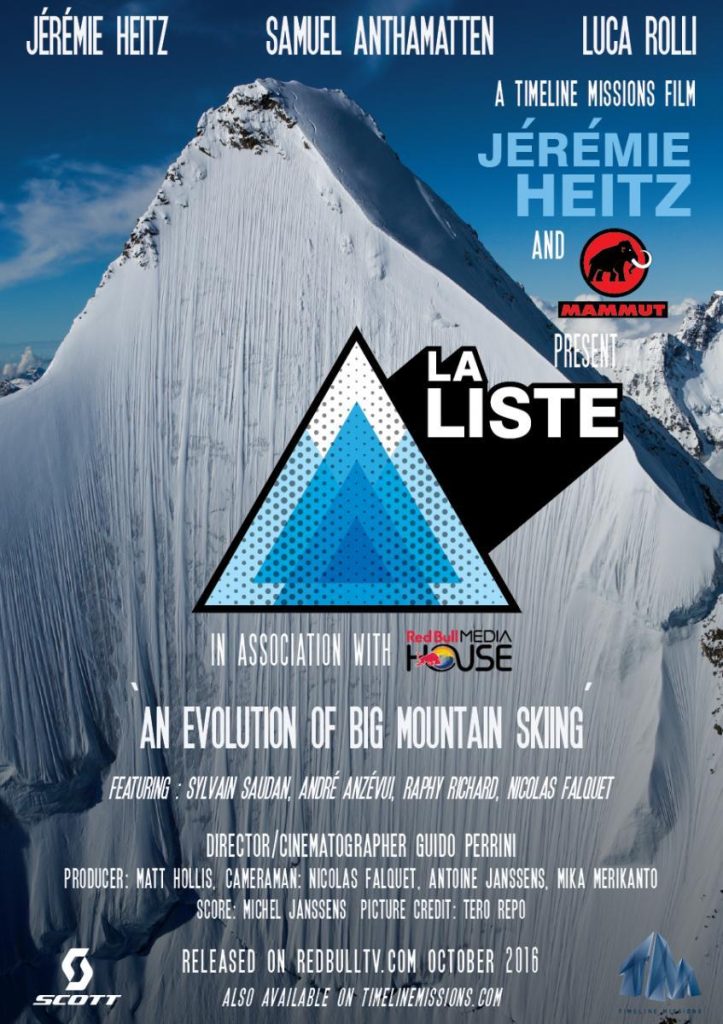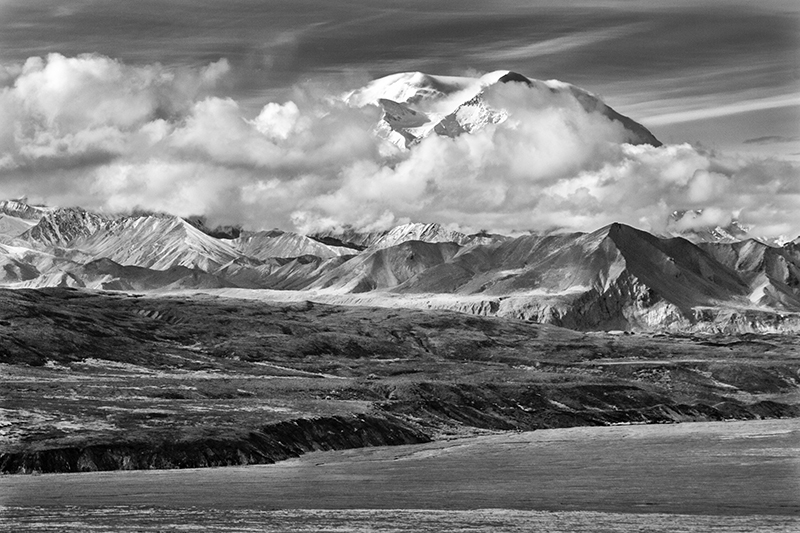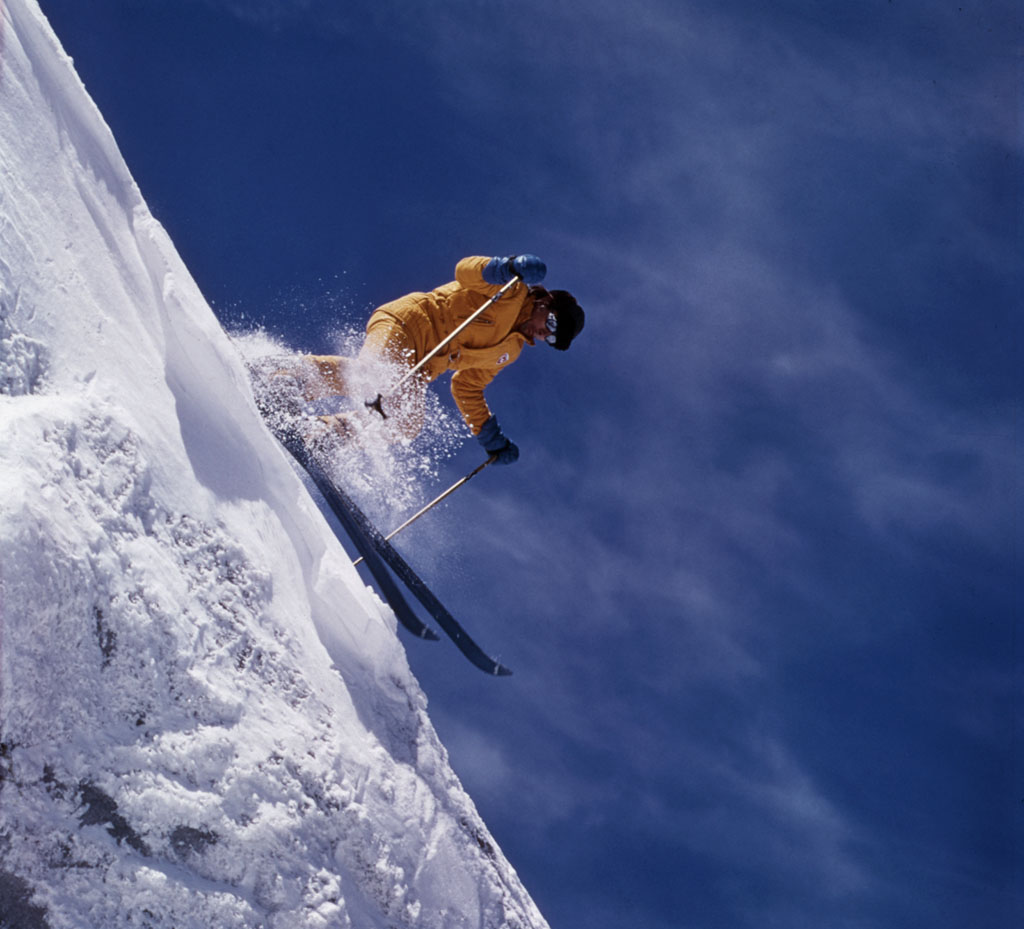Sylvain Saudan
We meet Sylvain Saudan in bar le Solerey in les Houches, where he knows everybody. Or I should say, where everybody knows him. While we are talking to him, people come over to say hello or stare at him in awe. He is a legend, he has done things nobody has been able to repeat after him. And he did it in a time when you did not wear a helmet, no avalanche backpack, no direct communication with the helicopter and he did this 50 years ago.
When you google him and would just read the headlines you’ll see ‘Godfather of extreme skiing, skier of the impossible, trailblazer, history’s most influential steep skiers, steep ski pioneer’ and when you read an article published by Power magazine ’48 skiers who shaped our sport’ he tops the list. He is listed several times in the Guinness book of world records, he is the first to heli ski in the Himalayas and on his Wikipedia page you can read he has the 18 most difficult descents to his credit.
He insists we watch some of his movies first, because, he says, I can use many words to describe something, but when you see it, it says more than words can. He is so right about that, I thought I knew what a steep descent was, but watching him going down Mt. McKinley made my stomach feel queasy. But more about that later!
The first movie we watch is ‘Easter at Grandes Jorasses, first time skiing of the south face’. The first part of the movie is Sylvain skiing, here he is just wearing his sunglasses, hair jumping in the wind, slim fitted pants, long ski poles and long skis, knees close together and it looks like he is dancing through the changing landscape. From steep descents in snow till skiing in between trees and rocks. And then the movie switches and you see Saudan skiing in green fields and then down a very steep slope with just gravel and rocks.
While watching the movie I ask him if he had special skis and if his boots were completely attached to the skis. He said this was not the case, just the regular skis he had at the time and ski boots and they could come off any time. But of course with him, they don’t.
Then the part of the movie starts with the descent of the south face. After being dropped off with the helicopter, Sylvain and the cameraman put their crampons on and hike to the top. We watch the crazy steep descent together and I’m surprised he’s not even wearing a jacket here, no harness , no ice-ax with him, nothing that could help him survive in case anything goes wrong. What he keeps on coming back to, is that it is all technique.
He’s talks about when he teaches skiing, he first takes students to an easy area and then breaks down what they think they know and then start from the beginning. He developed his own technique for the steep descents, they called it ‘windows wiper’: short jumps with skis parallel. That was the only way to get down the very steep parts, the moment your skis are facing down, it’s over he says. He has skied every type of terrain and for him this really means everything. Snow, grass, rocks and no falling. He tells me he hasn’t fallen skiing for the last 50 years, again he says it’s all down to technique.
Sylvain lived the first years of his life close to Lausanne in Switzerland, his parents didn’t have a lot of money, so skiing was not something that was passed down to him. The first time he tried on some skis from friends was when he was 6 years old, in 1942. Immediately he felt a connection with the skis and the snow, it felt natural and skiing became as much part of his life as breathing and walking. He later on trained to be a mountain guide and ski instructor. Adventurous as he is, he went to Scotland in his early 20’s and worked there as a ski instructor, while skiing some steep descents there, as well as several in the Alps.
The next movie we watch is the descent of Mount McKinley, now known as Denali. It is the 3rd most prominent and 3rd most isolated peak on earth, after Mount Everest and Aconcagua. The elevation is 6.190 meters and it also the coldest mountain. I asked why this mountain? He said that as a mountaineer, you know your mountains and you know about Mount McKinley, he wanted to ski down a 6.000 meter peak and this one would be the most challenging, because if the steepness and because of the weather.
Preparations took a year, studying of the mountain, assembling a team to go with him, finding sponsors and getting the right gear. A special jacket was made for him, lined with silver foil, to maintain his body temperature. After landing in Alaska, they set off in a small plane from Anchorage with a team of 13, a doctor, a photographer, a camera man and his life partner Marie-José Valençot, who was a student at the time and had her books with her on the trip.
Things didn’t go as smoothly as planned, when they landed in the USA they were informed they were not allowed to take their packed meat with them, only the dried meat they could take. This meant that for the next few weeks it was a lot chewing on the dried meat for their proteins.
The plane could not land close to the mountain and dropped them off at the glacier and they had to trek for 2 days to where they had planned to set up their basecamp. During the trek the photographer sprained his ancle and he had to be taken back to where the plane could land, before the bad weather would come down. And this was severely bad weather which was coming in, for this they had to build a good shelter and they started chopping bricks of snow and stacking them upon one another. When the weather subsided after a few days, they found that 2 of the tents were destroyed and could not be used anymore.
When the weather cleared it was time to set off to summit Mt. McKinley, they did this with a team of 3. The climb was going to be a different route from other climbers they had encountered since their arrival on the glacier. They were coming down from the mountain, some hadn’t made it to the summit and one had severe frost bite on his face. On the mountain they set up one more camp, which was hard work. 6.000 meters in Alaska feels as if you are 7.000 up in the Himalaya. Because the tents were destroyed, they had to build their own shelter, then laid out the silver foil to protect the sleeping bags from the cold and got some sleep.
The following morning they reached the summit and then a different problem presented itself. The plastic of the ski boots had become so hard from the cold, that it was impossible to get in. The whole year of preparation, the 3 weeks trip to and on the glacier, the climb to the summit, had all been for nothing if he could not get into his boots. With ice axes they carefully pried them open, not to damage anything, because that would as well have been the end of the trip. It took a considerable amount of time, but they managed and Sylvain set off for his descent. In the movie you watch him go down the mountain with just his skis and a normal looking set of clothes and no backpack with for example survival gear.
What followed were hours of laser sharp focus. I asked him how he knew where to take a turn and he said that with the years of experience as a mountain guide he could read the snow: The colour, the composition, it told him where he could go or not to go. He looks at himself at the screen and asks me: Would you do this when you have a children? No, then you have the responsibility to stay safe for them, I have to stay safe for myself. One mistake here and it’s over.
And when you are down, then what? I ask him. Well, he says, then you think, which 7.000 meter peak is there to ski? And then which 8.000 meter? And after this one, that’s it, there’s no 9.000 meter peak on Earth. Sylvain Saudan skied the highest peak in 1982, Pakistan’s 8,070 meter high Gasherbrum I, or Hidden Peak, in the Himalayas. It was, and possibly still is, the longest 50-degree ski descent ever accomplished and likely the first full descent of an 8,000 meter mountain.
I ask him how he approaches a new descent, does he look at the dangers? He immediately cuts in and says that that is the wrong attitude and with that approach you should never even attempt it, because you won’t make it. He doesn’t look at a descent and thinks ‘can I do this’, but ‘how and when can I do this’. He is completely aware of the dangers, but his attitude is ‘don’t fall’ and he knows that if that happens, it would be over. But here he is, 86 years old, vibrant as ever, talking to me just outside the town of Chamonix of his many adventures.
Our products

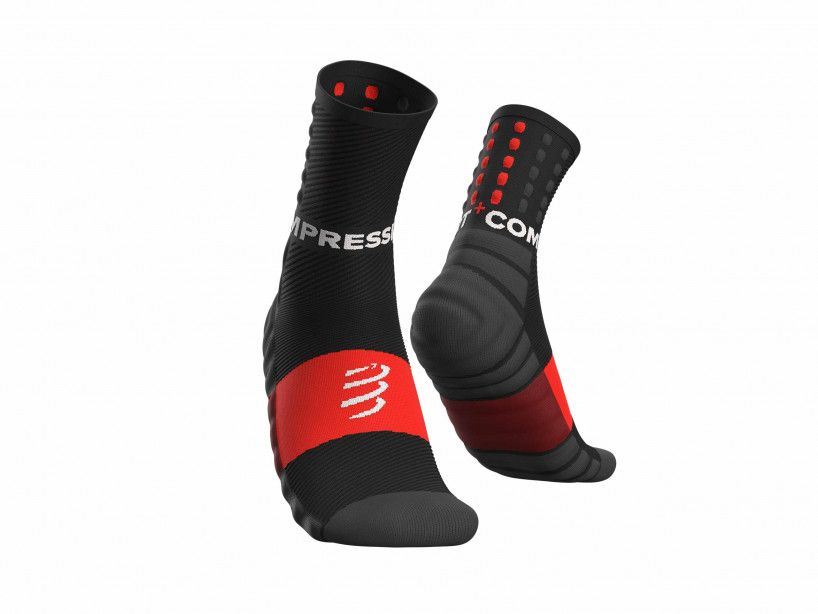

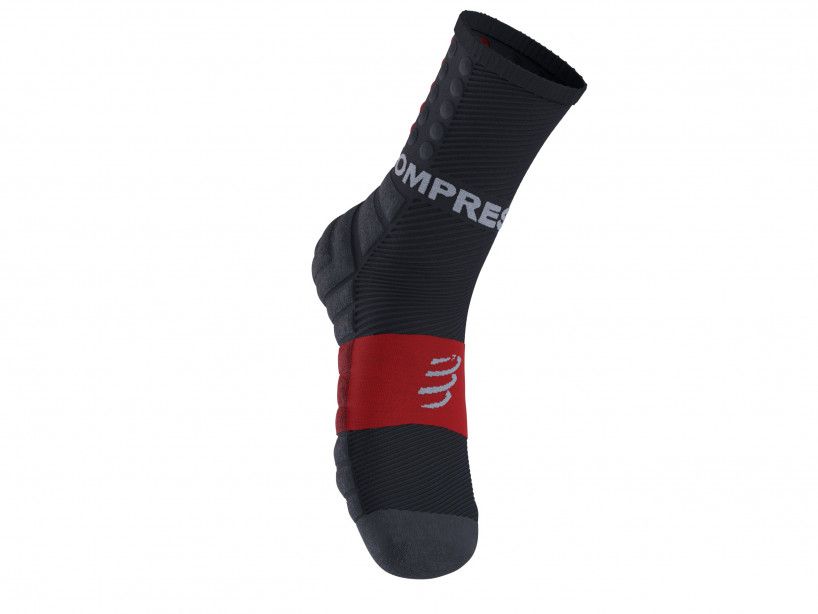

Compressport – Shock Absorb Socks
€20.00
Select options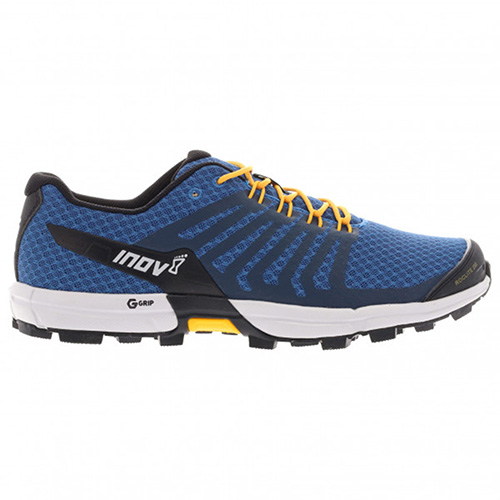
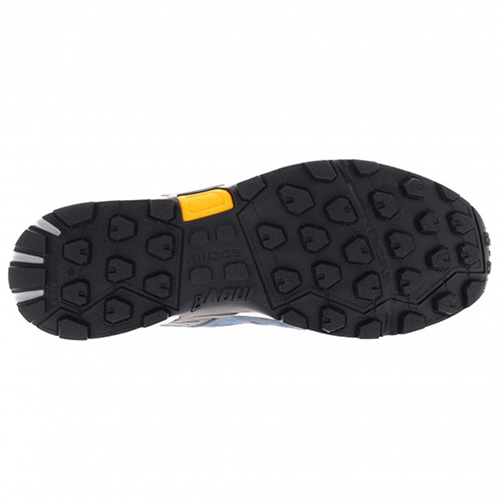

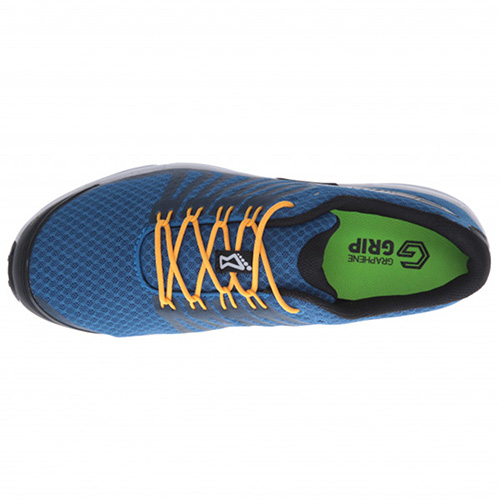
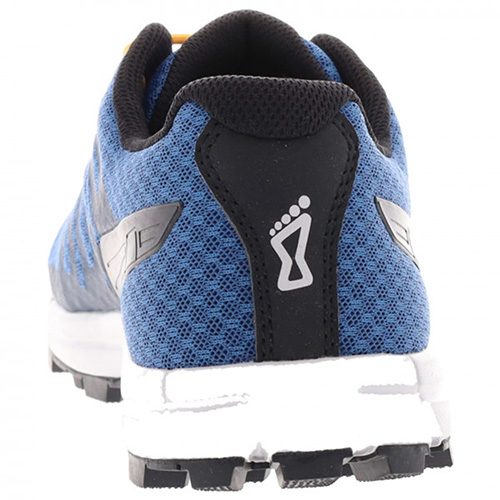
Inov8 Roclite 290 Blue/Yellow Men
€140.00
Select options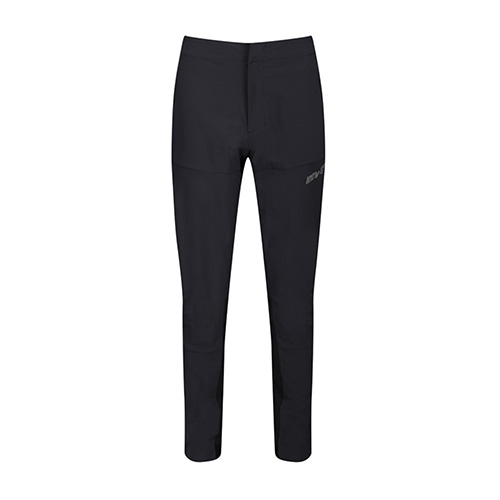
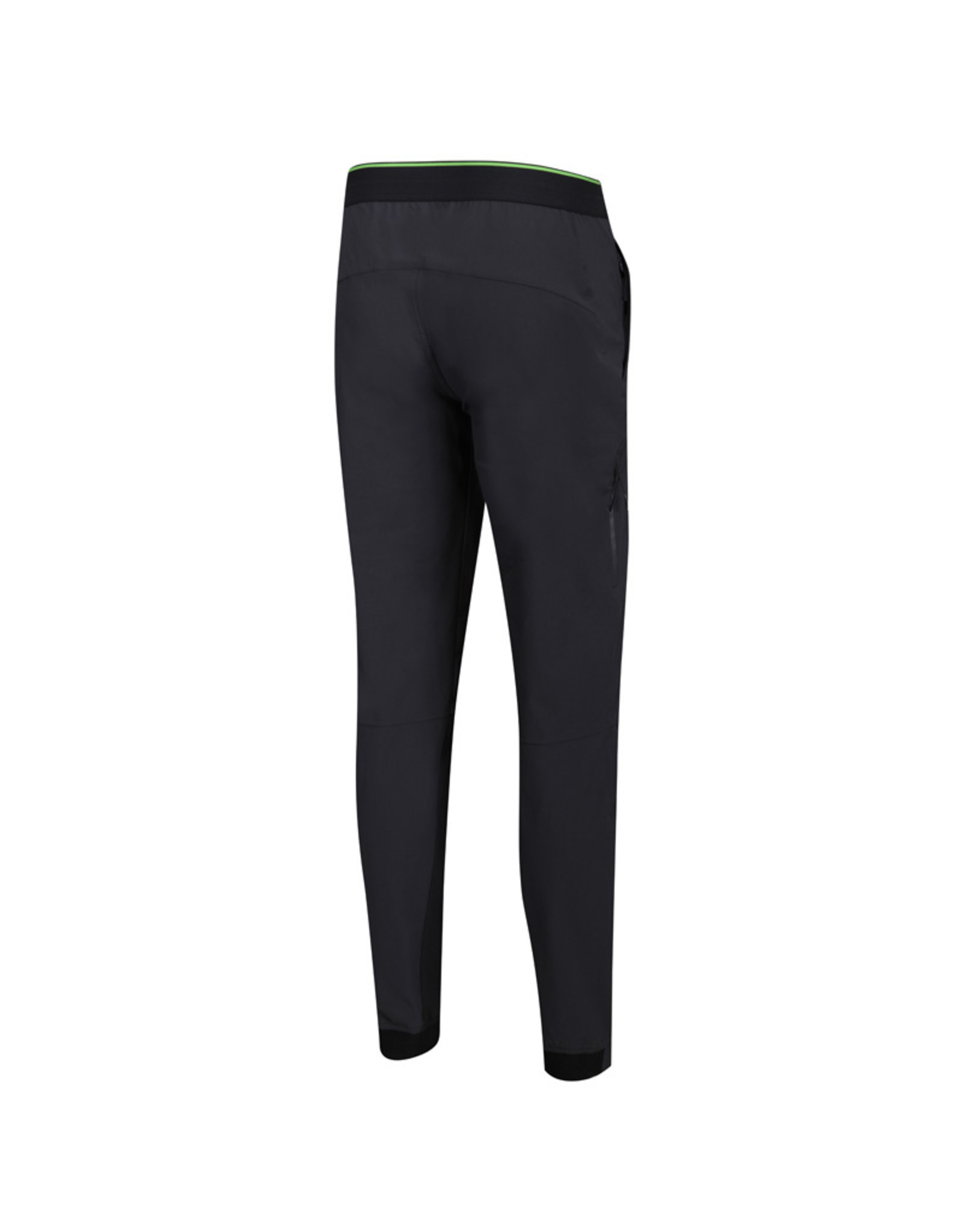

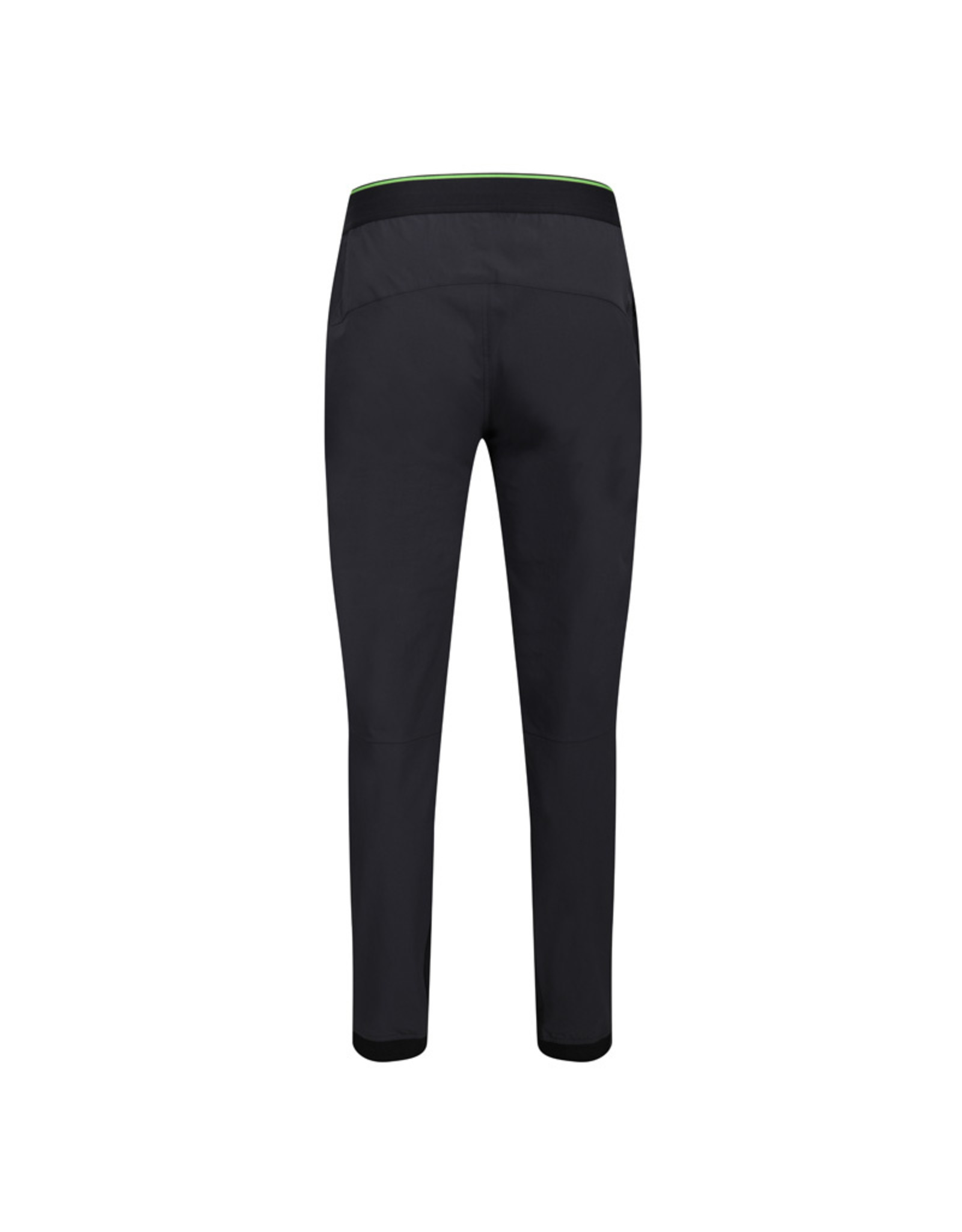
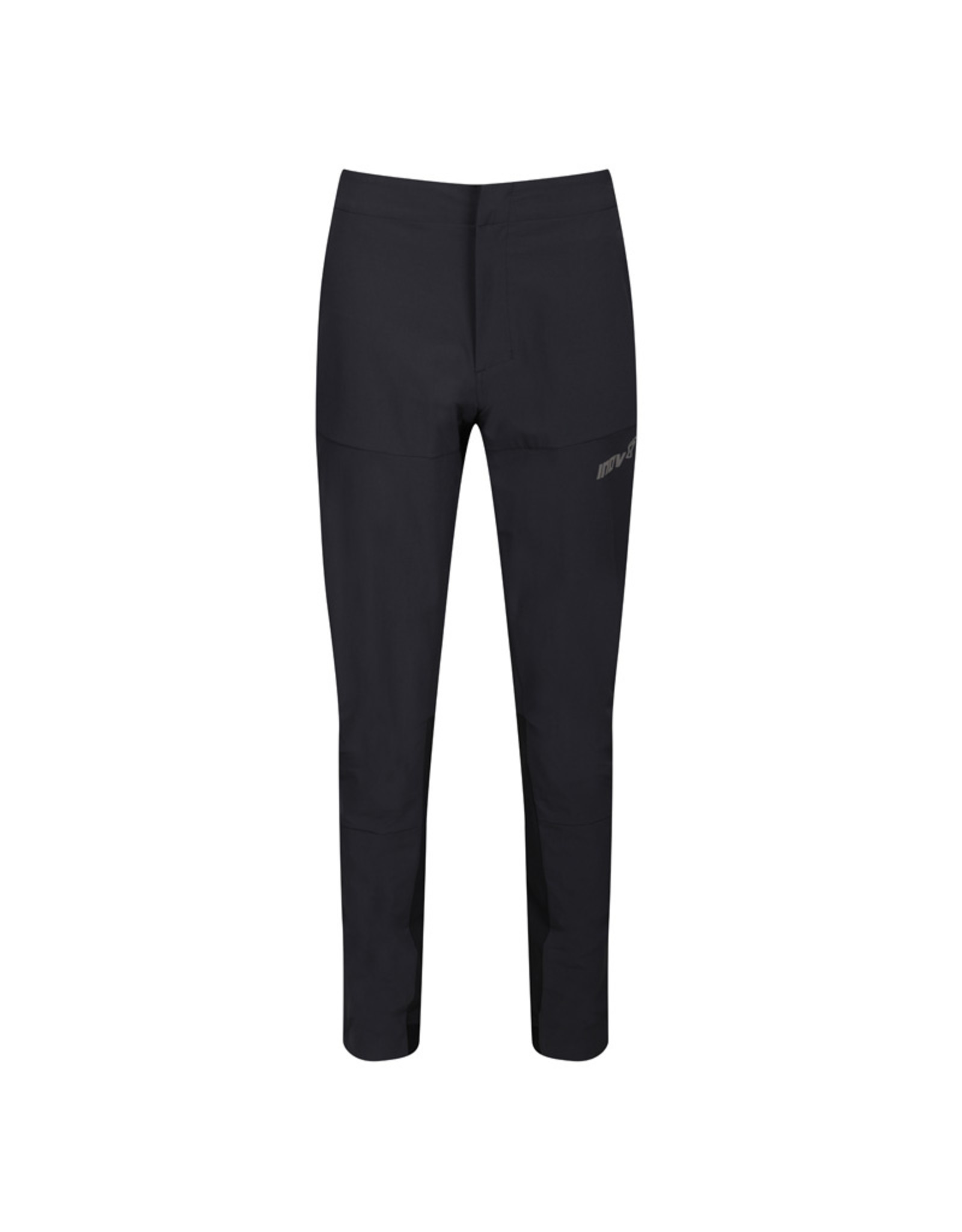
Inov8 VentureLite Pant M Graphite Men
€130.00
Select options
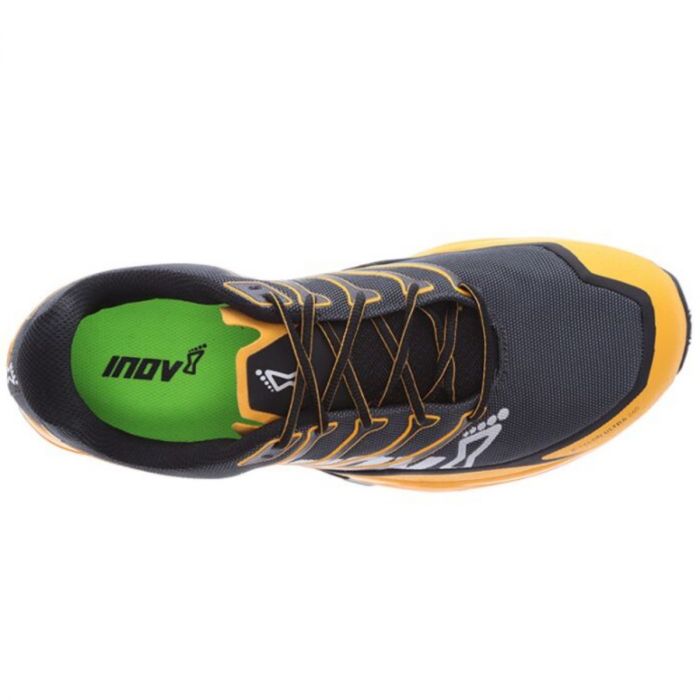

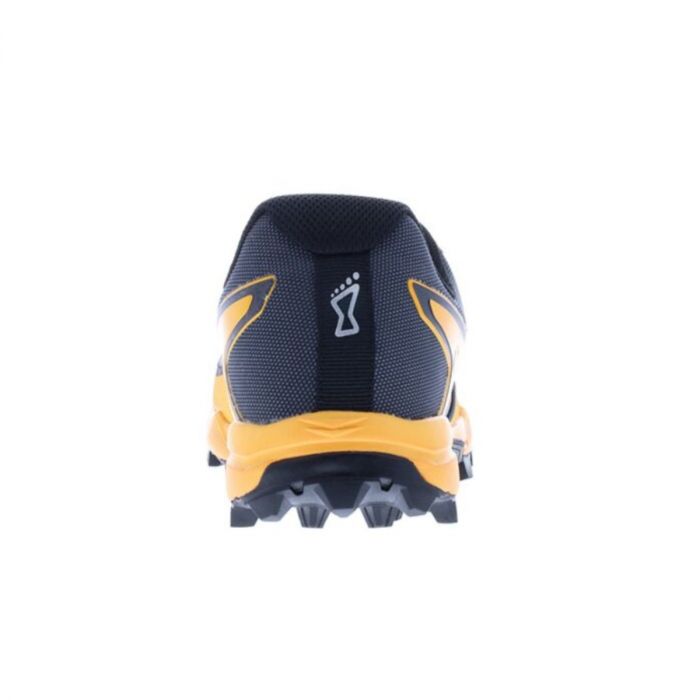
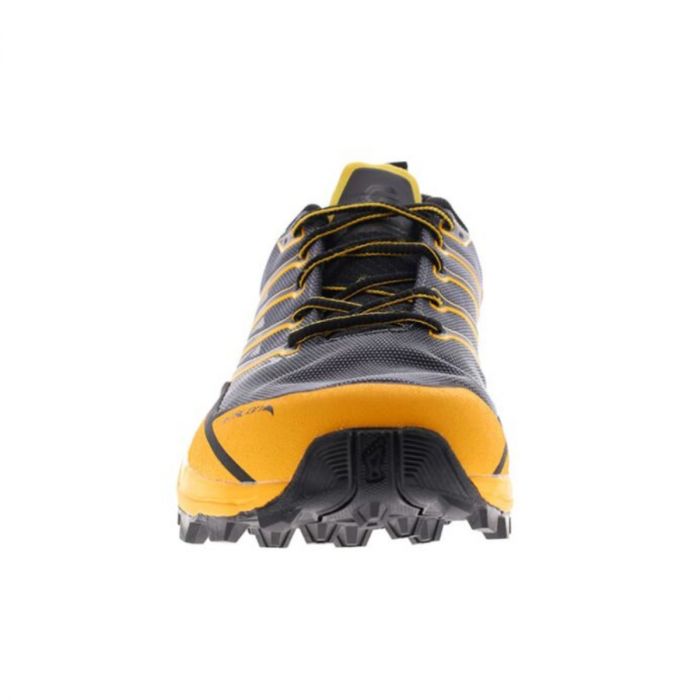
Inov8 X-Talon Ultra 260 V2 Black/Gold Men
€150.00
Select options
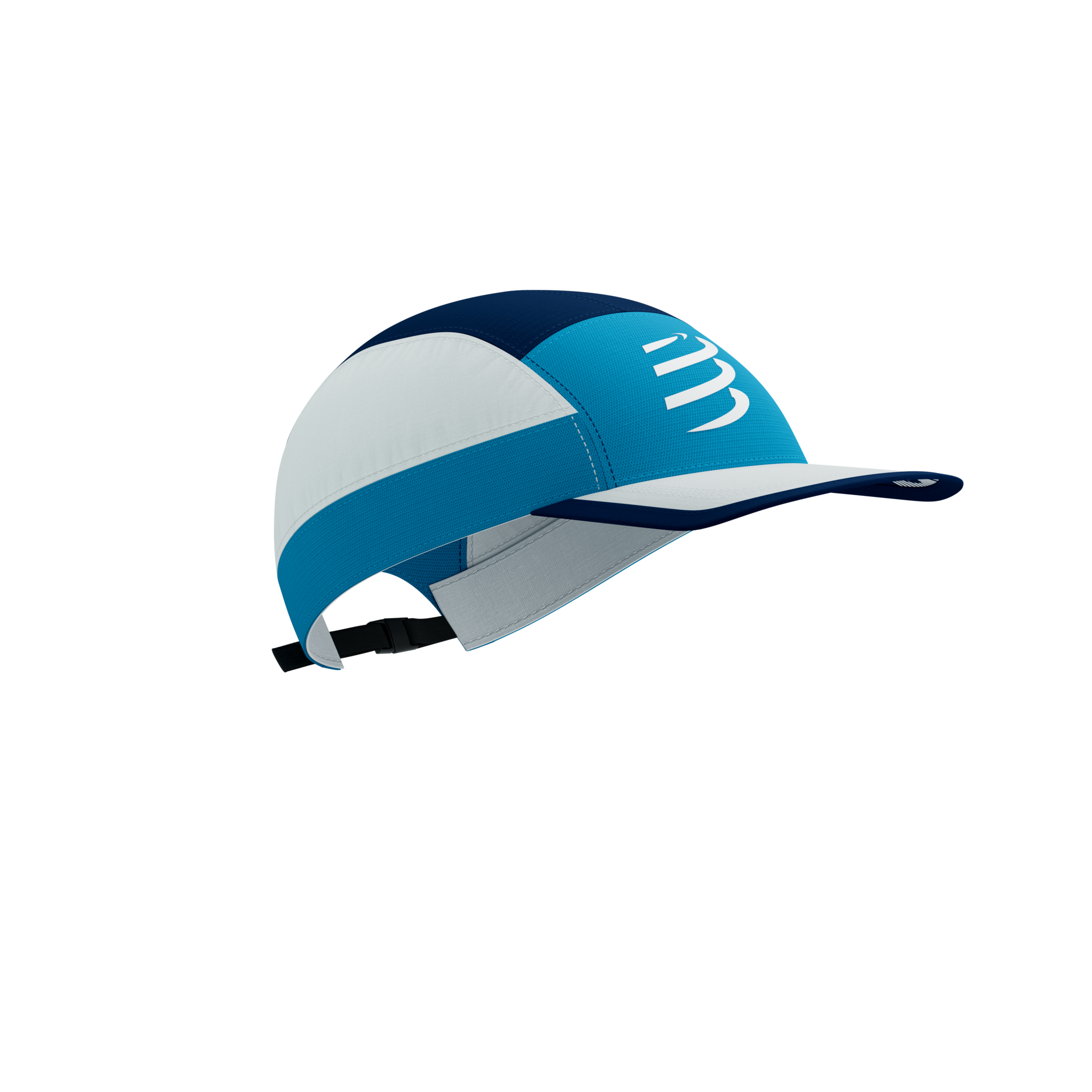


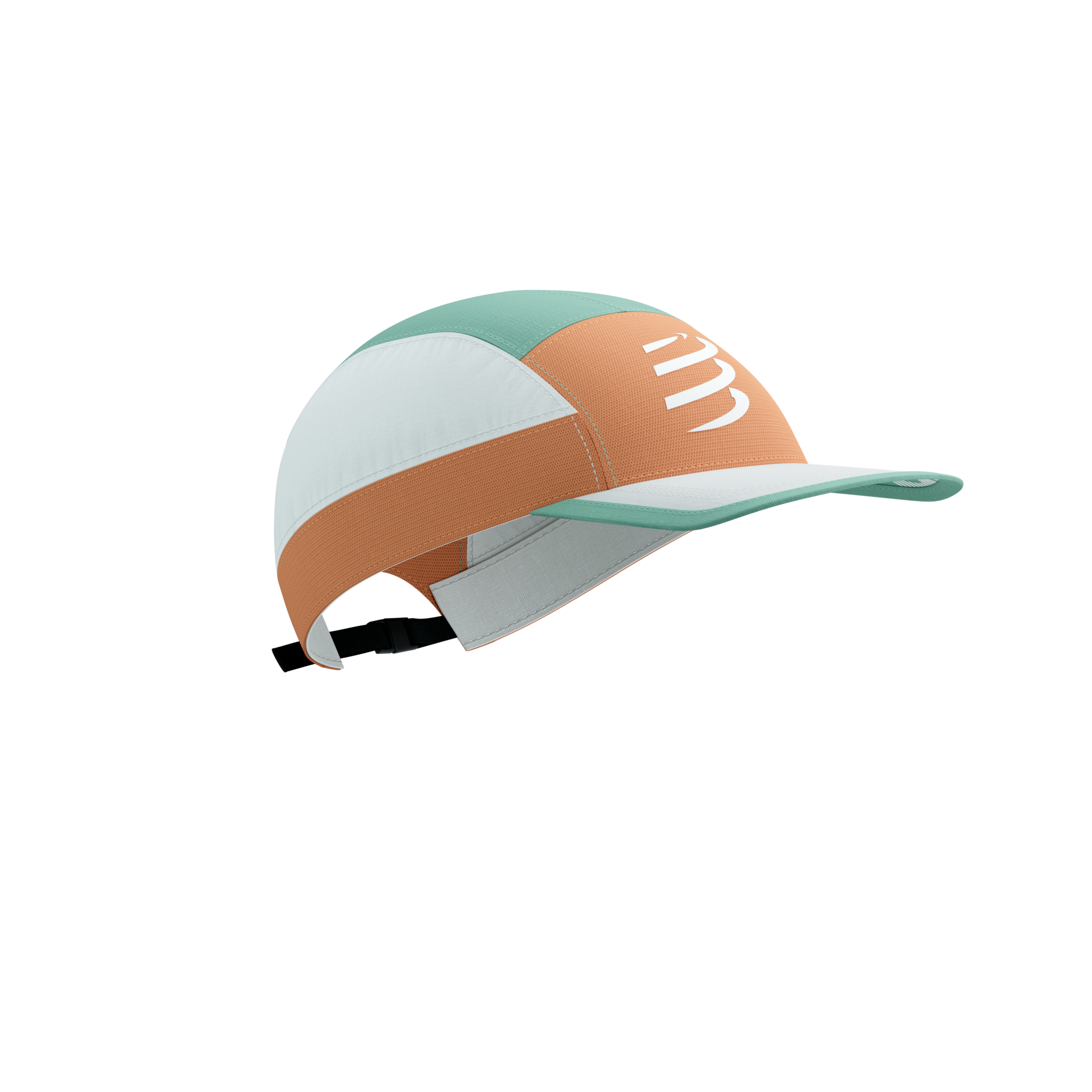
Compressport 5-panel light cap One Size
€40.00
Select options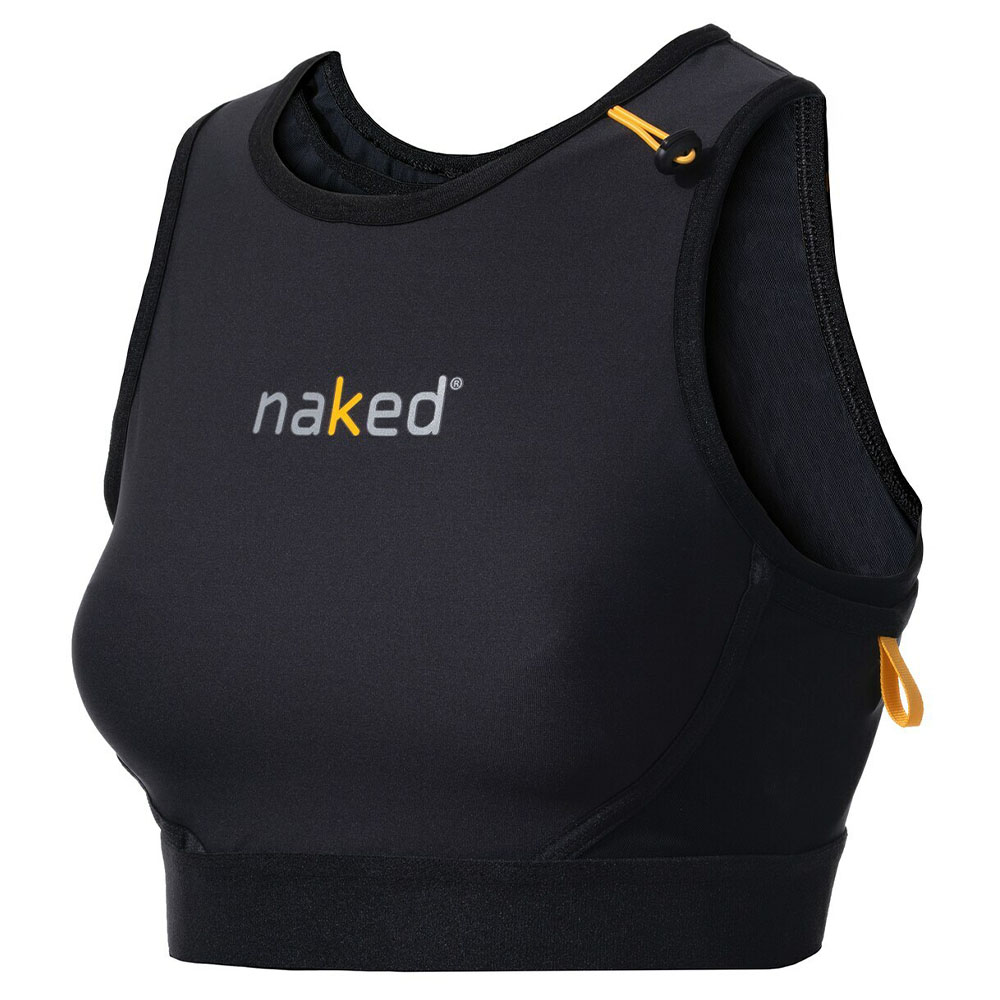


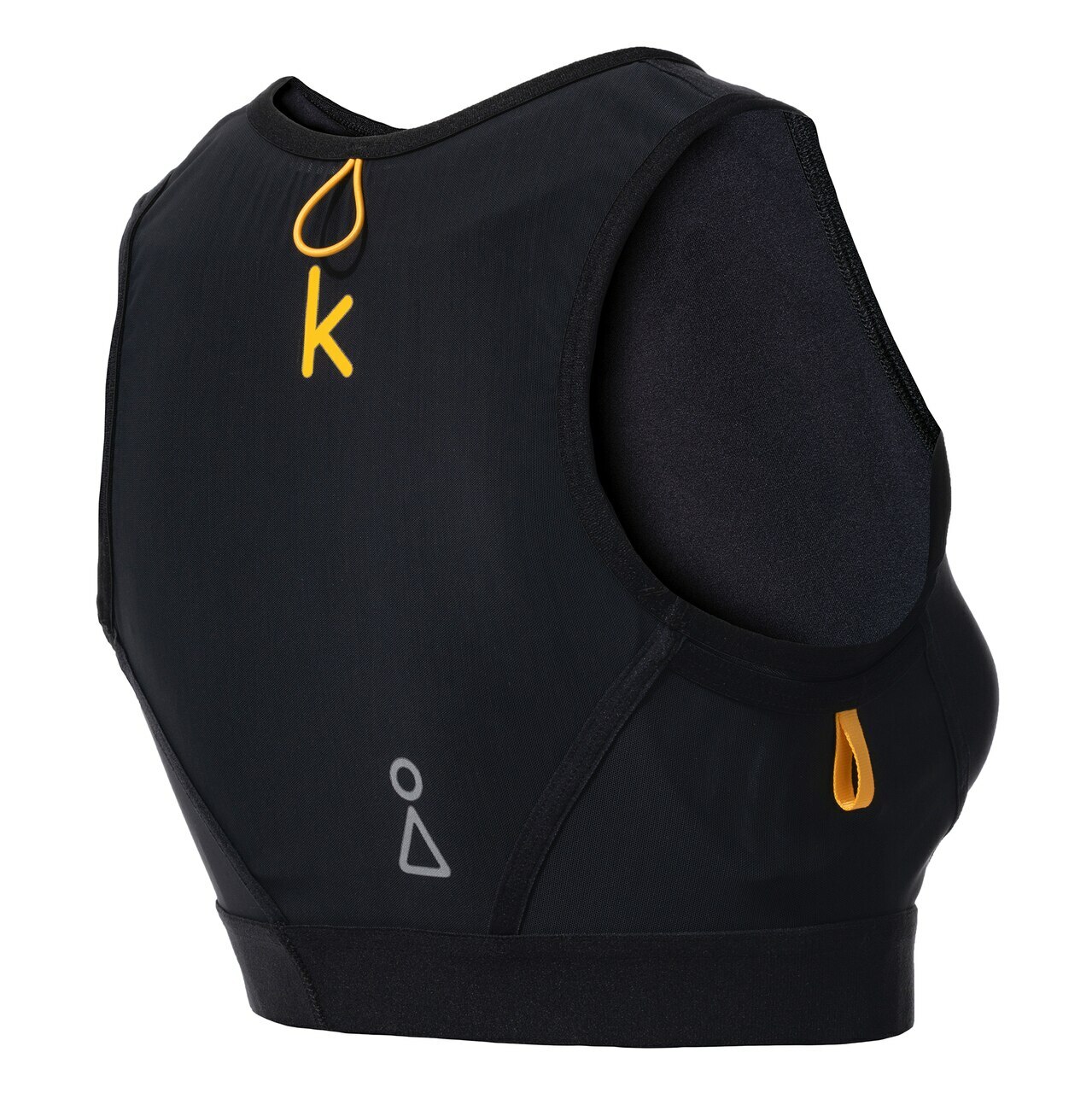
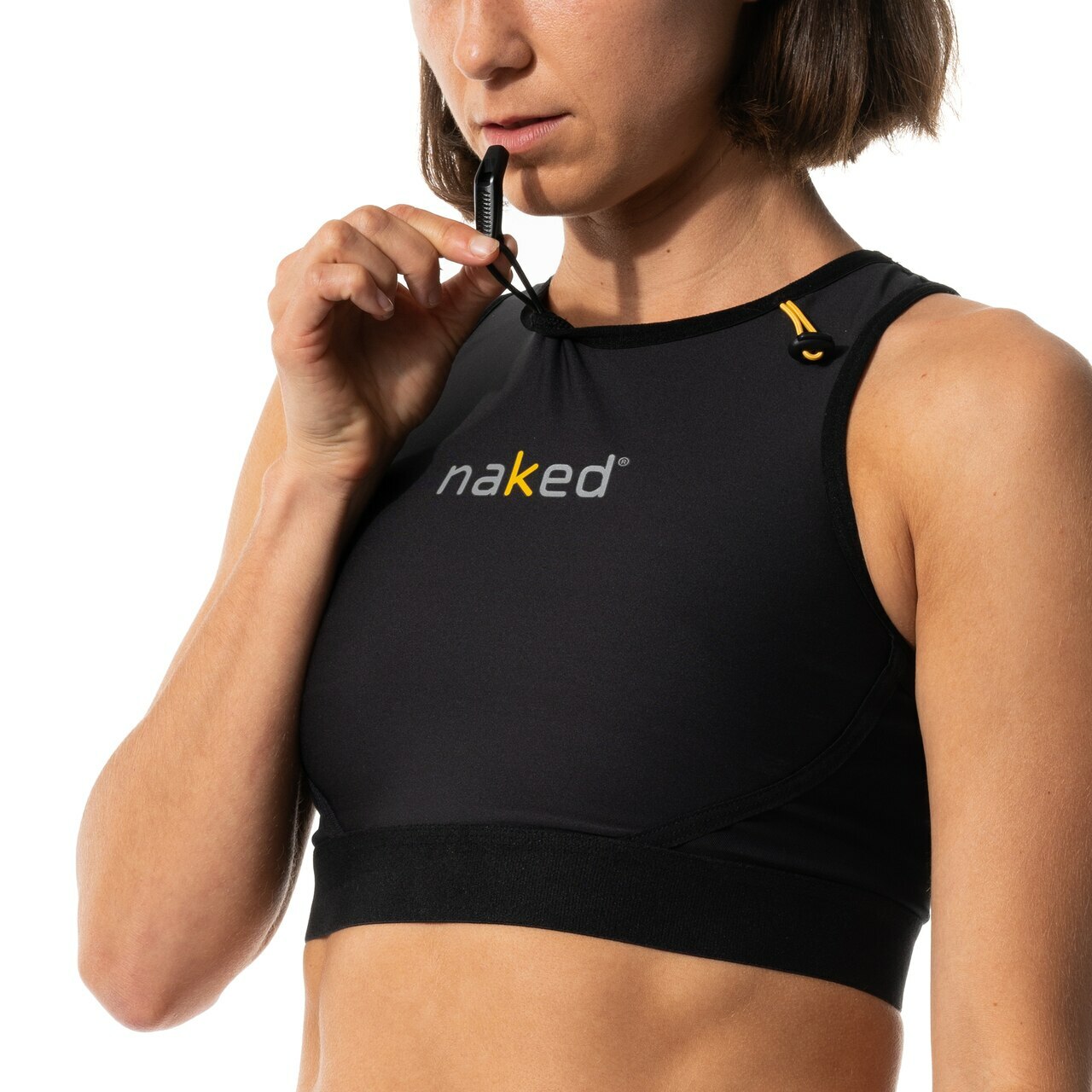
Naked® Running Vest
€80.00
Select options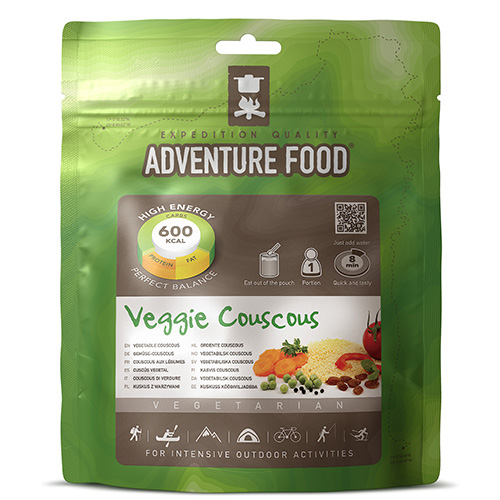


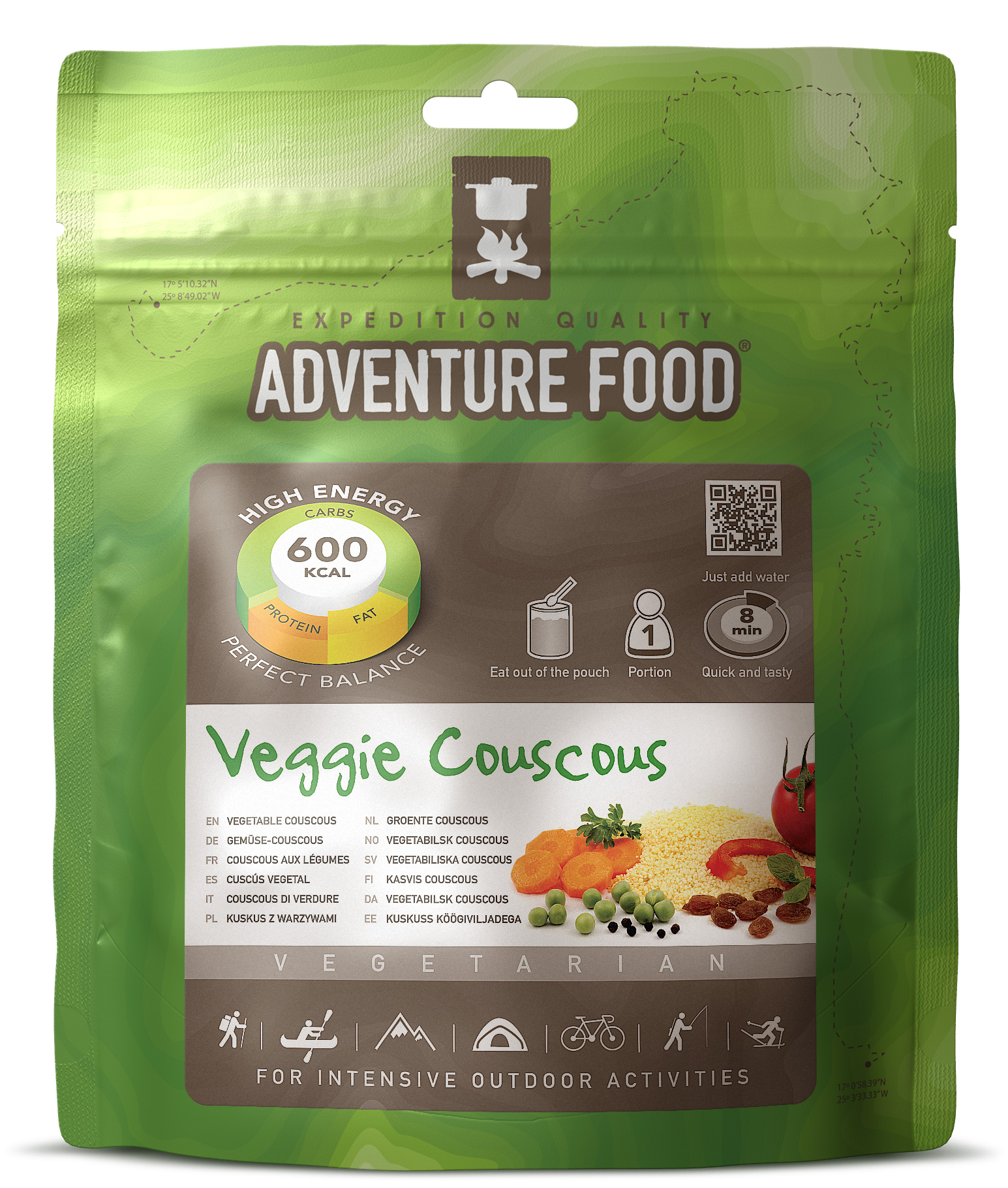
Adventure Food Veggie Couscous
€5.95
Add to cart



Adventure Food Curry Fruit Rice
€5.95
Add to cart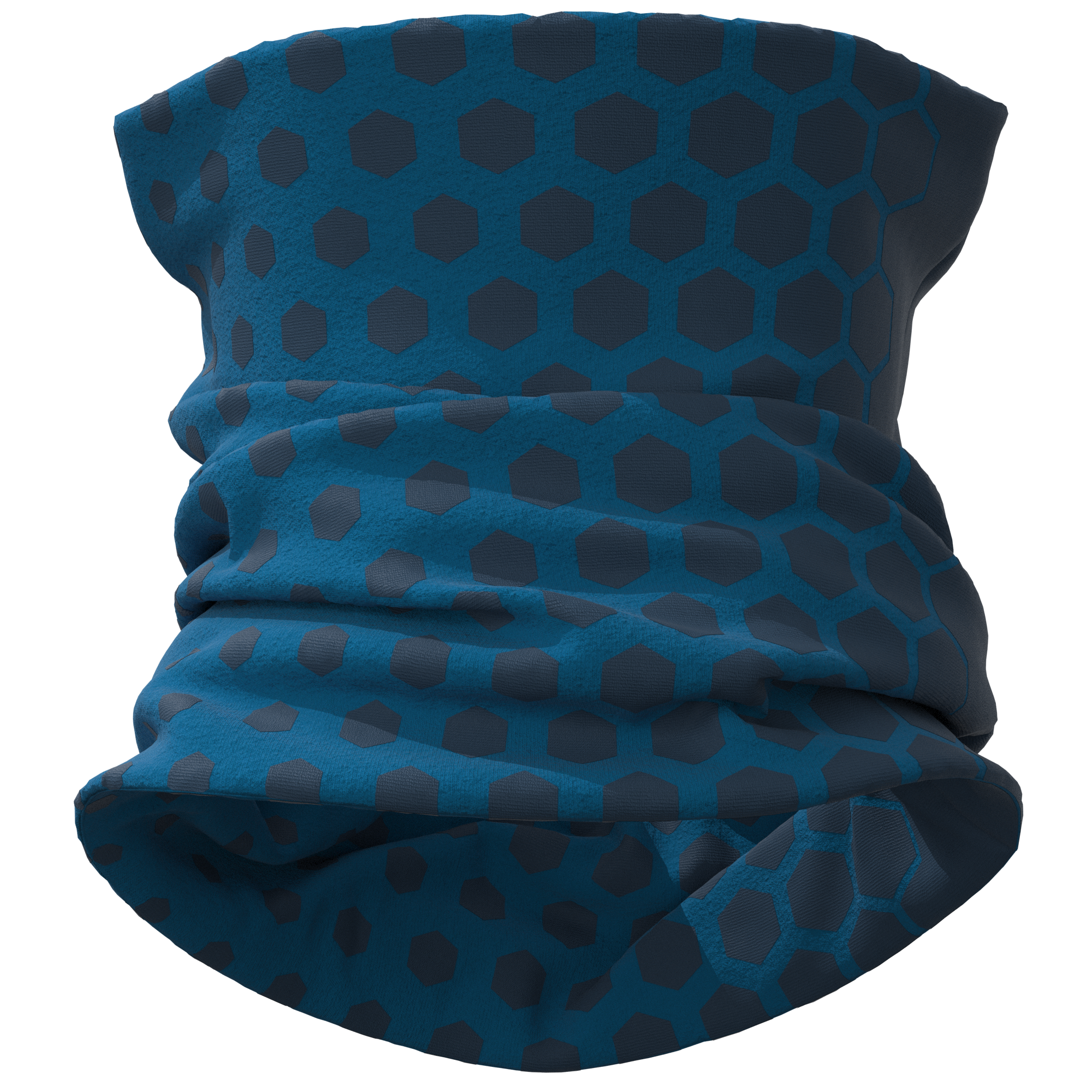
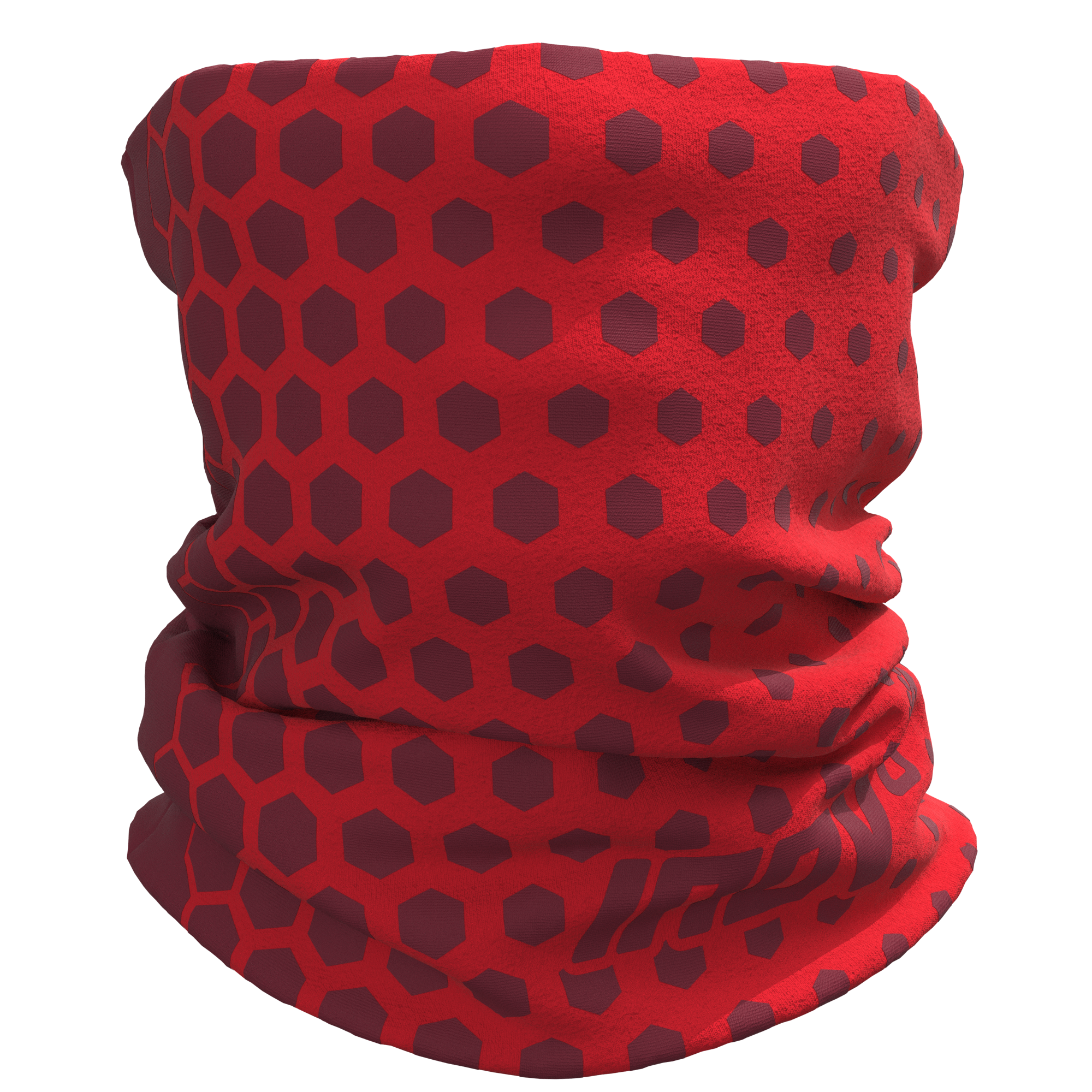

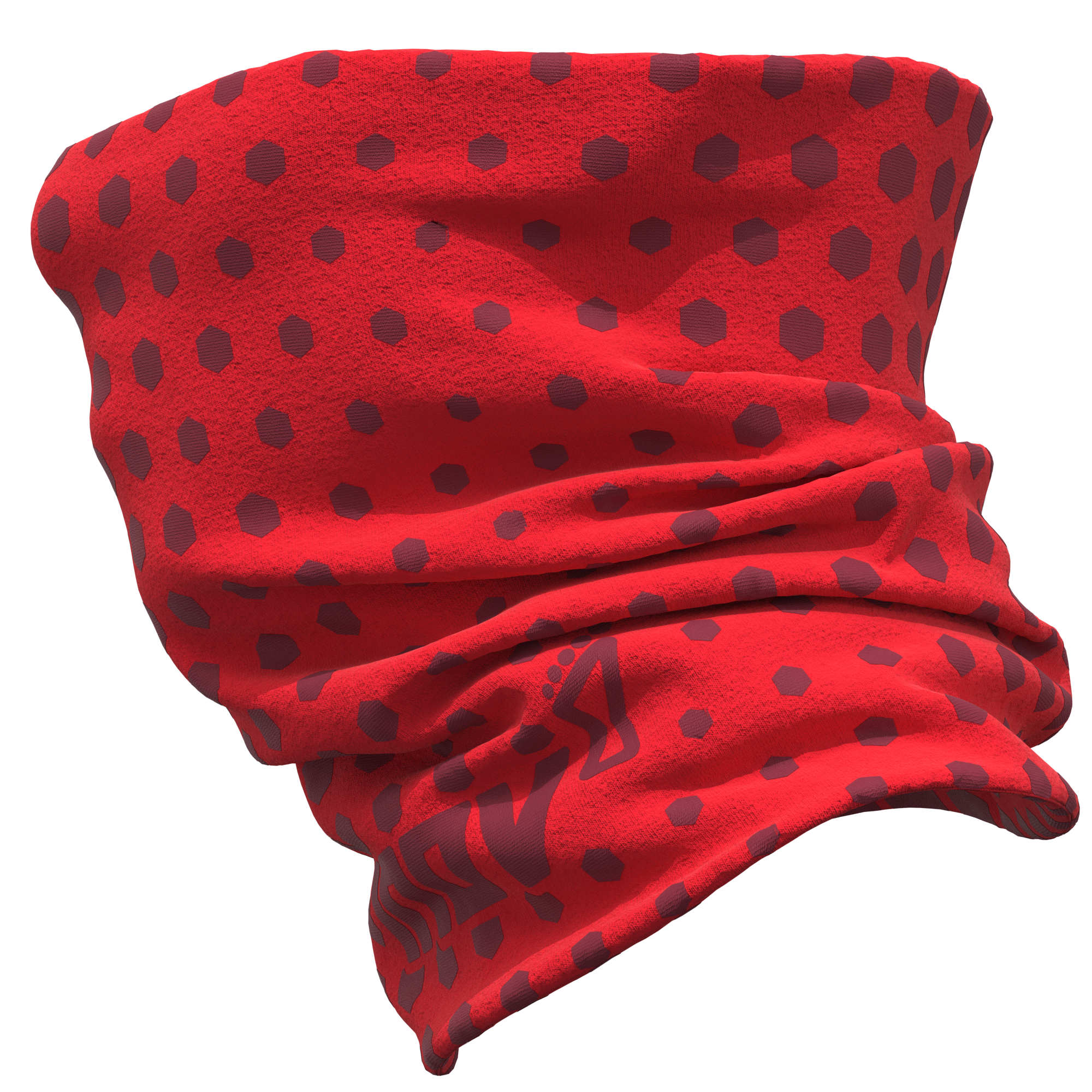
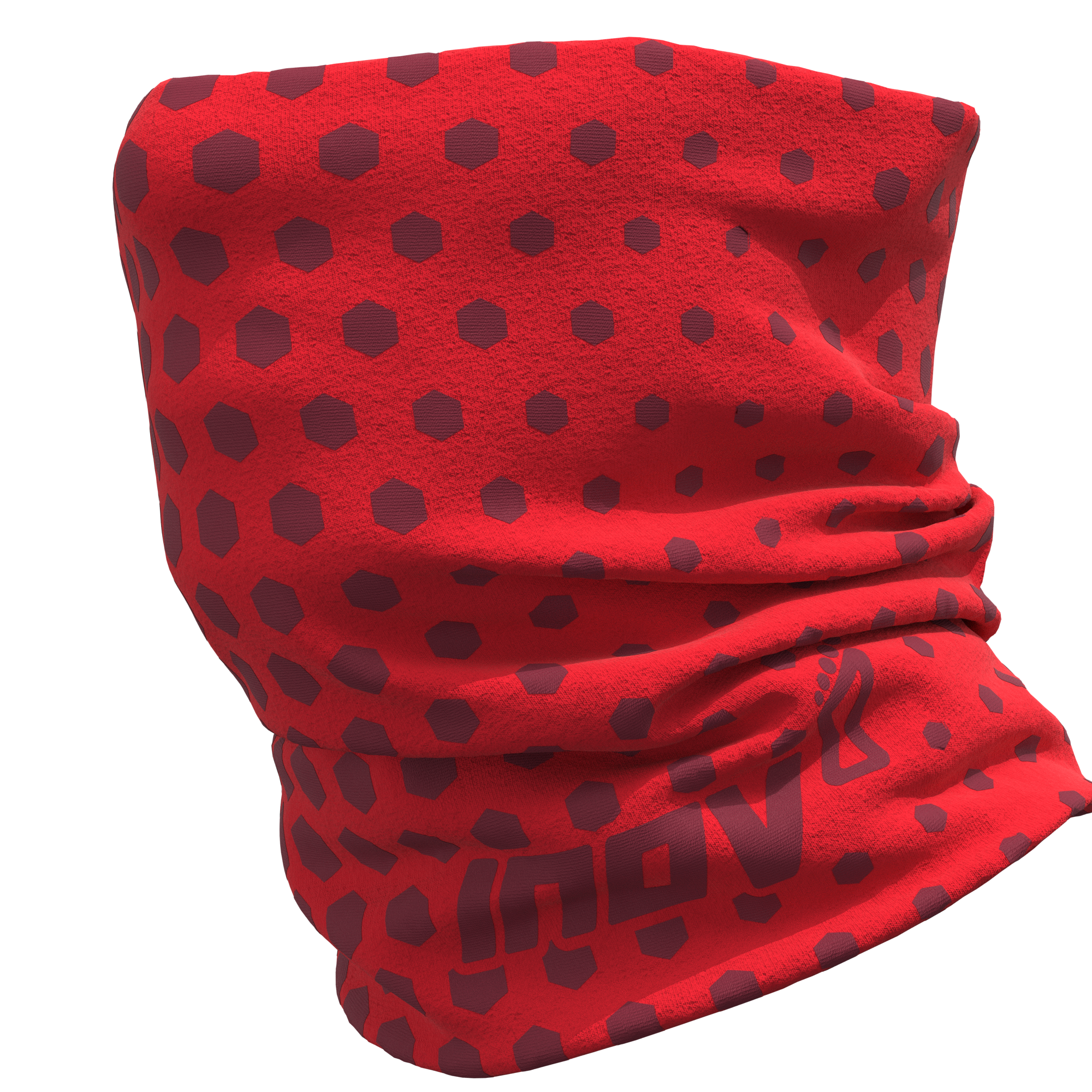
Inov8 Snood Twin Pack Blue / Red
€17.00
Add to cart
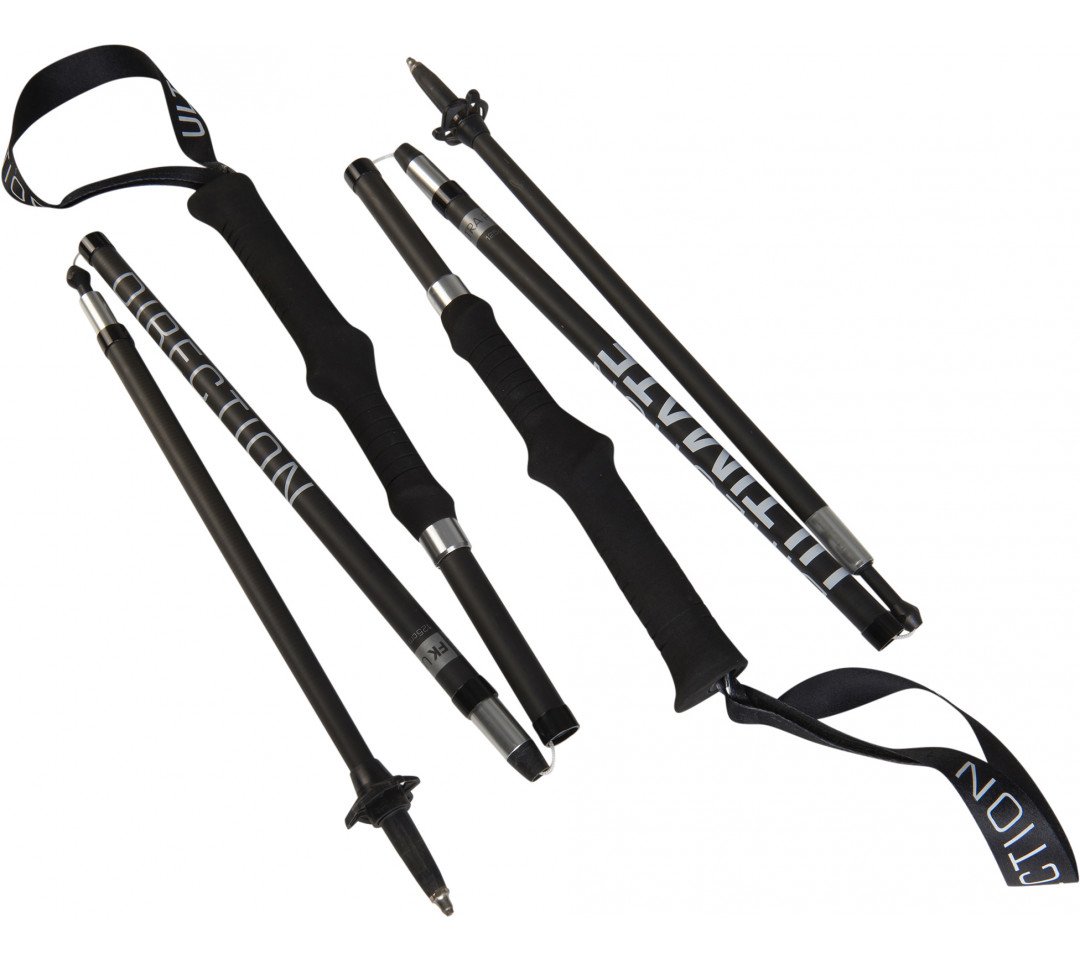

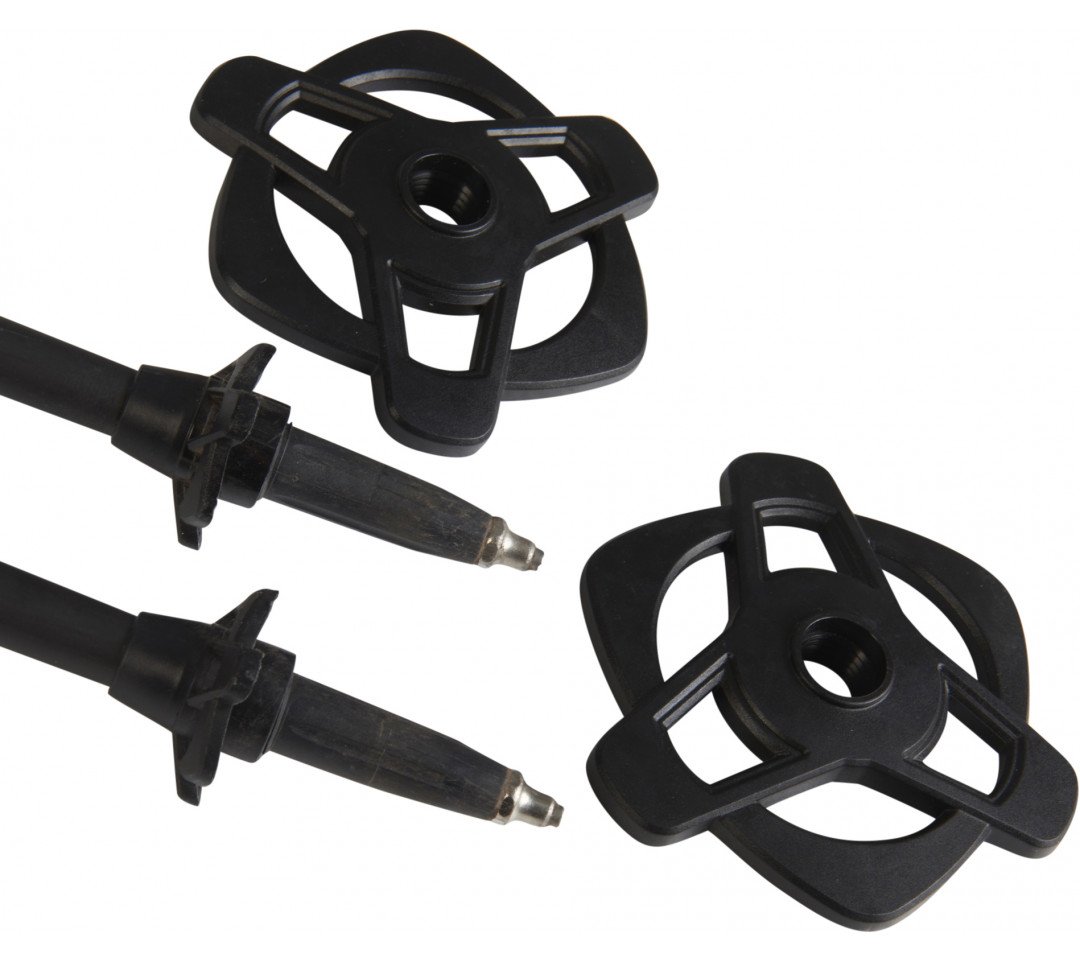
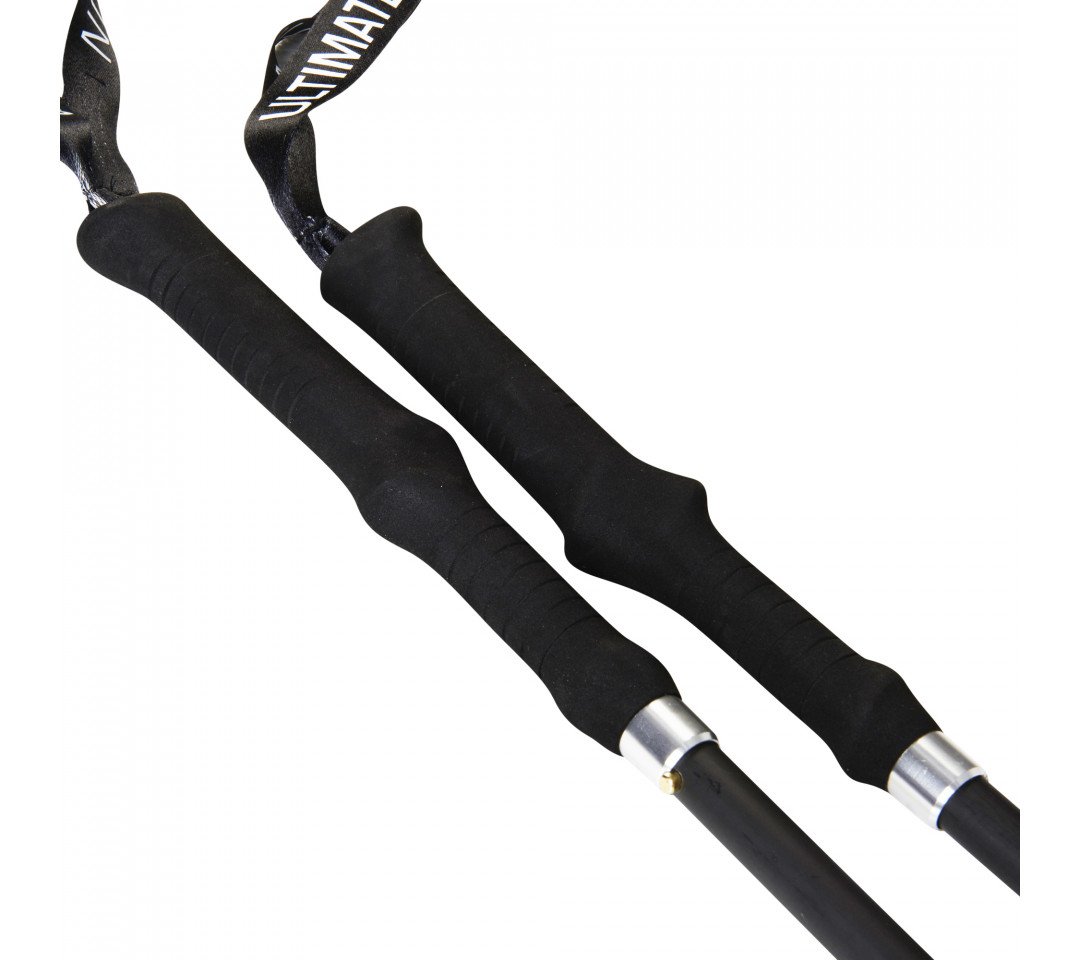
Ultimate Direction Fk Ultra Pole Carbon Black
€190.00
Select options




Adventure Food Energy Bar Seeds
€1.95
Add to cart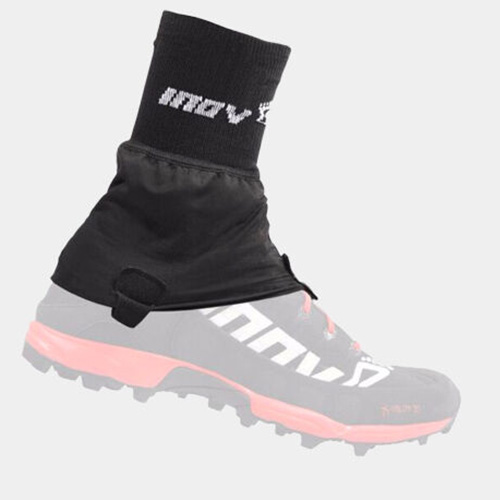
Inov8 All Terrain Gaiter Black Unisex
€25.00
Select options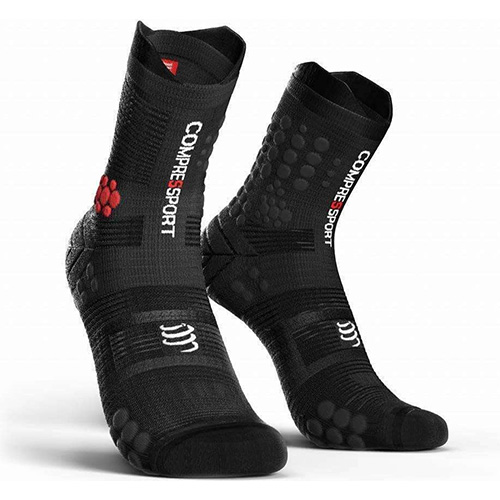
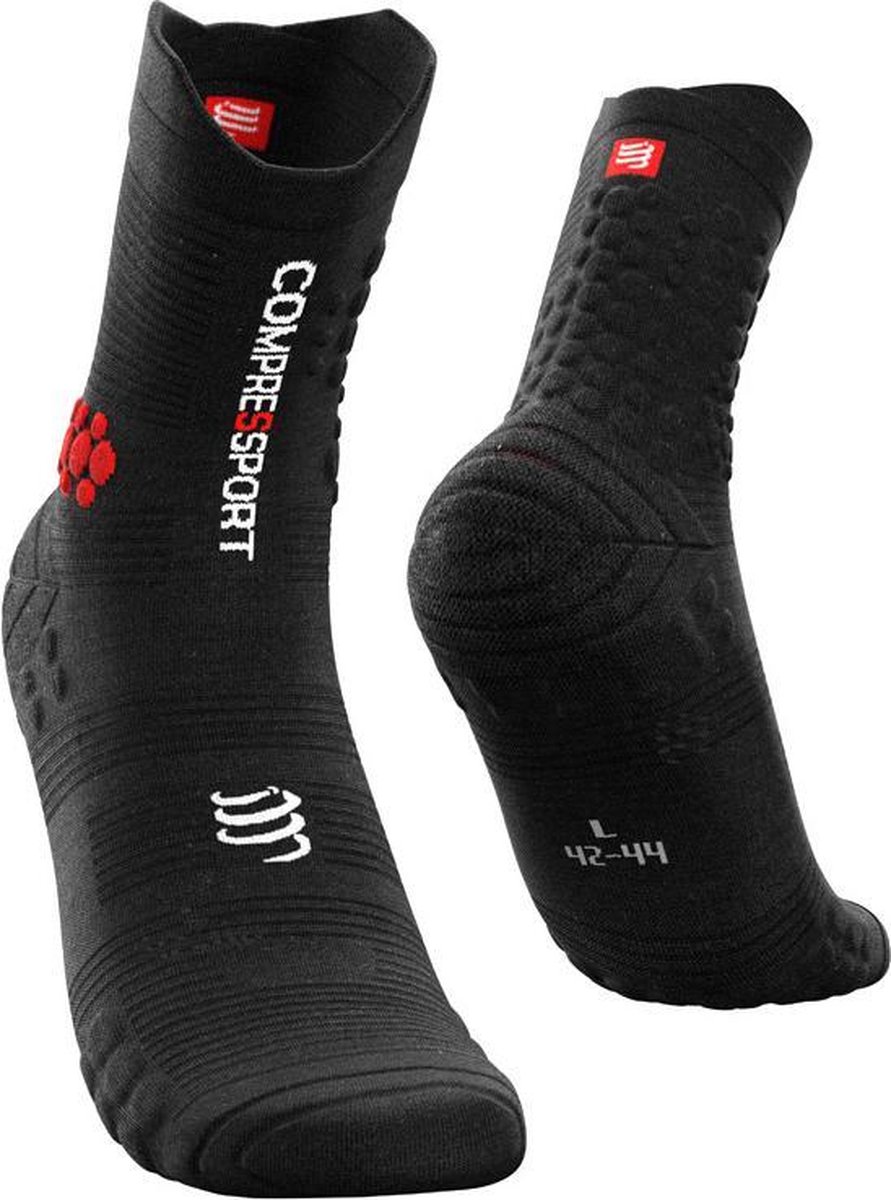

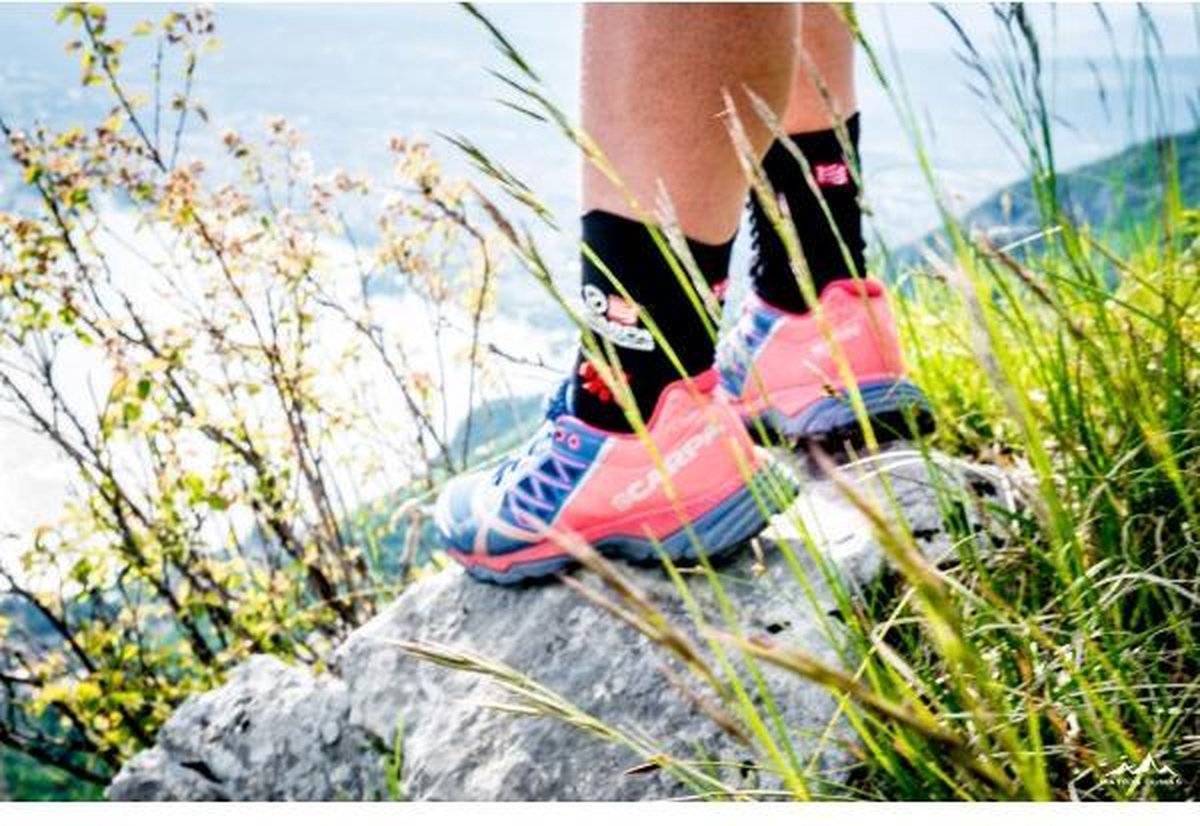
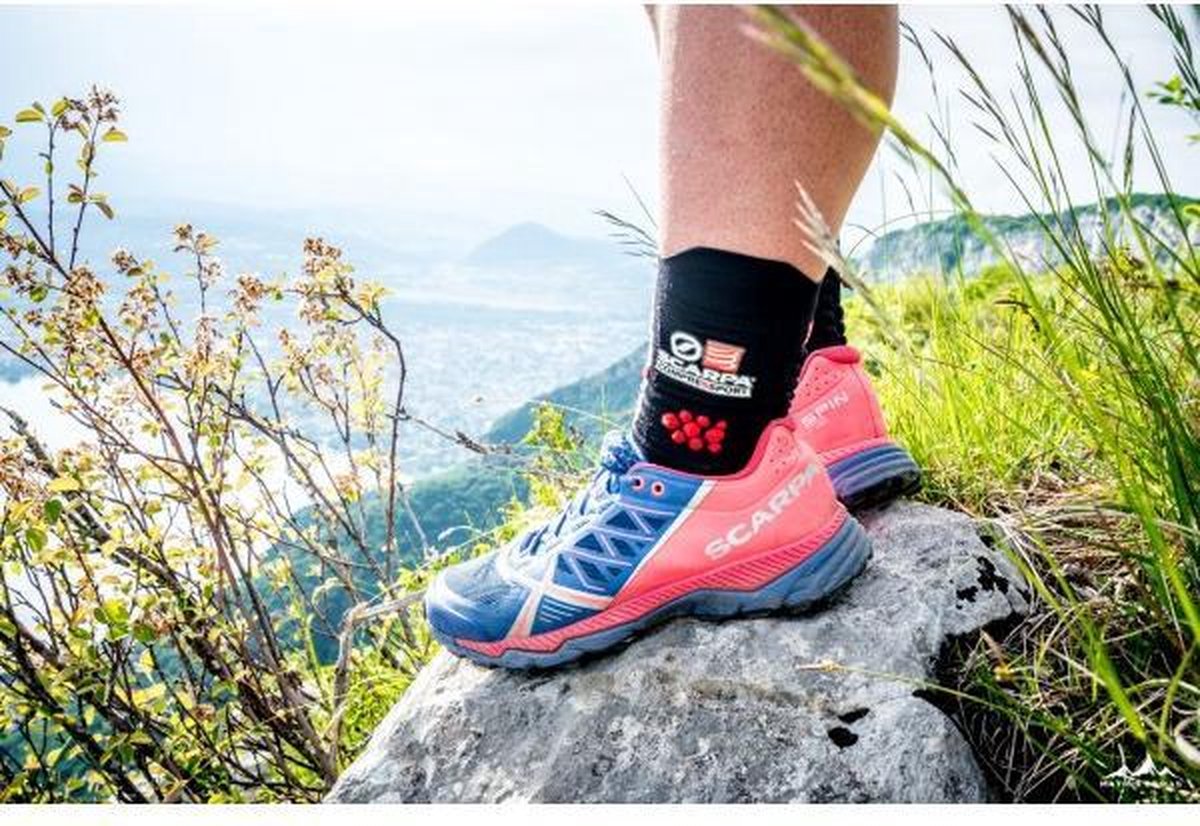
Compressport Pro Racing Socks V3.0 Trail
€16.00
Select options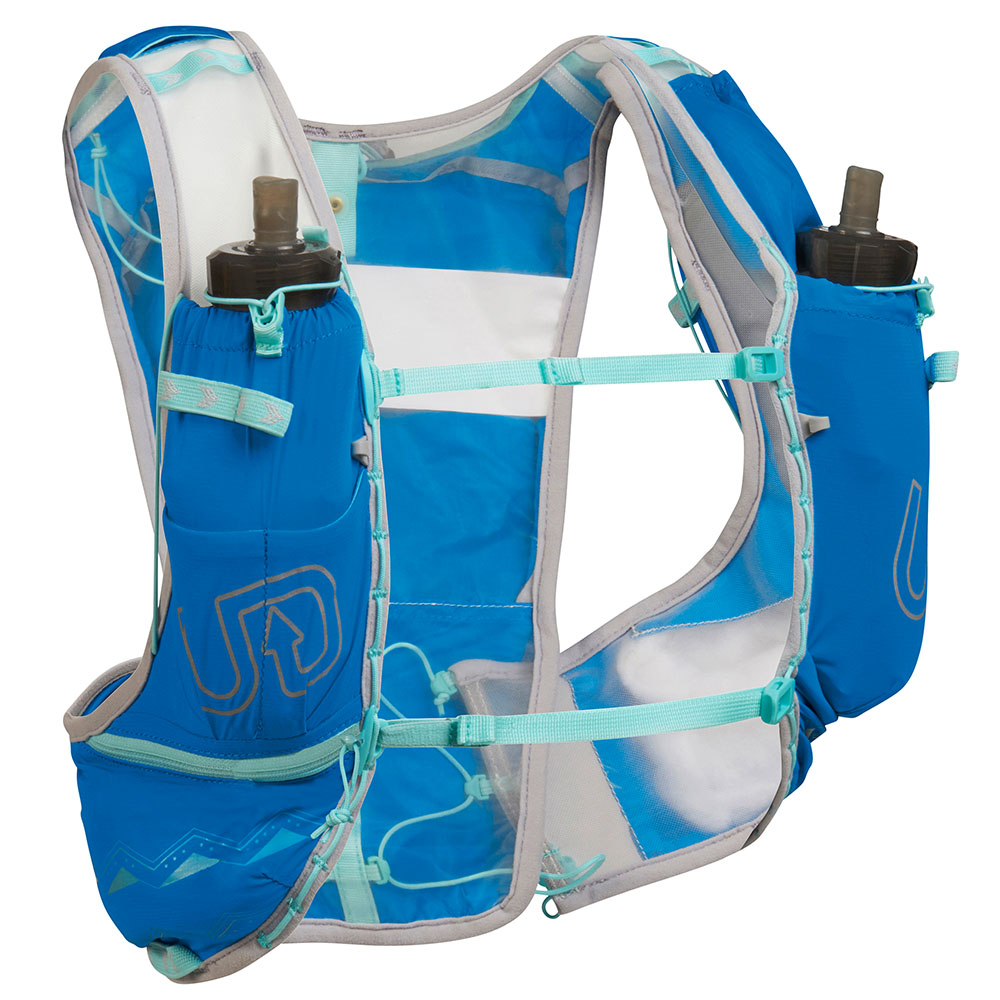


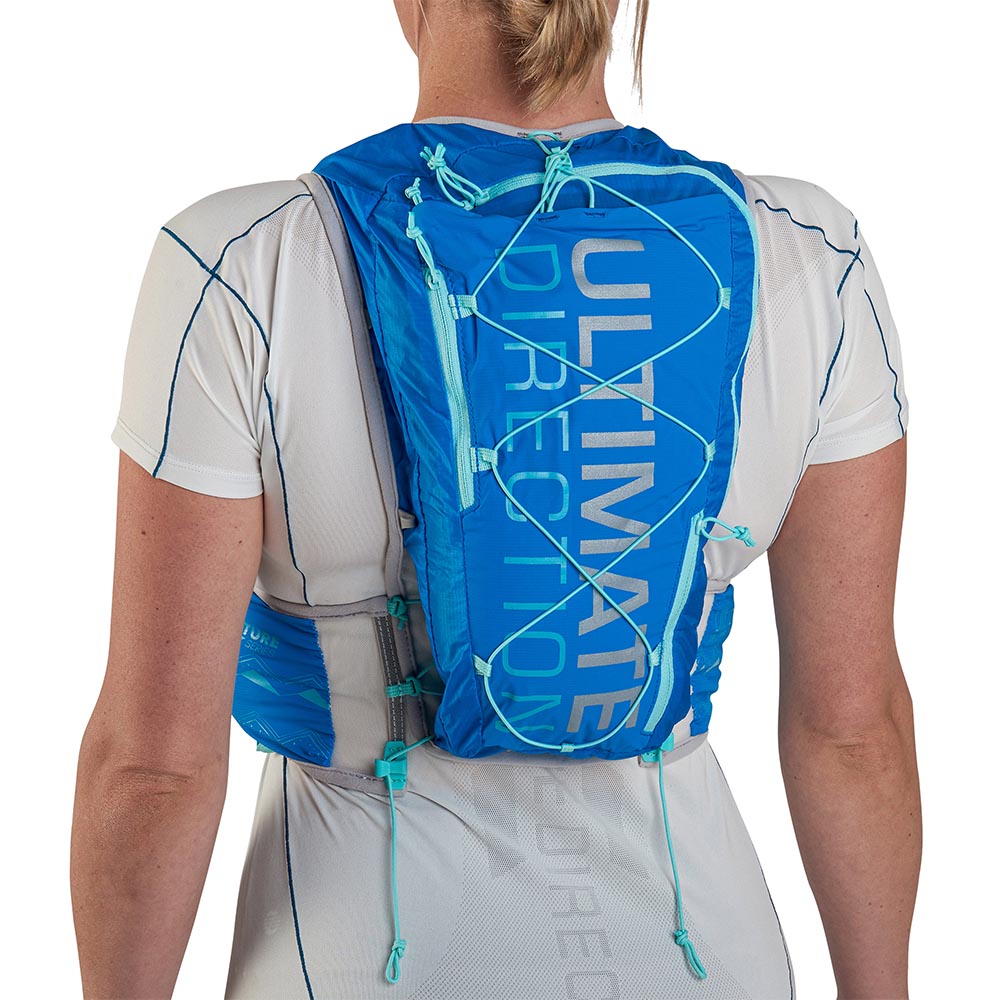

Ultimate Direction Ultra Vest Signature Blue Women
€140.00
Select options


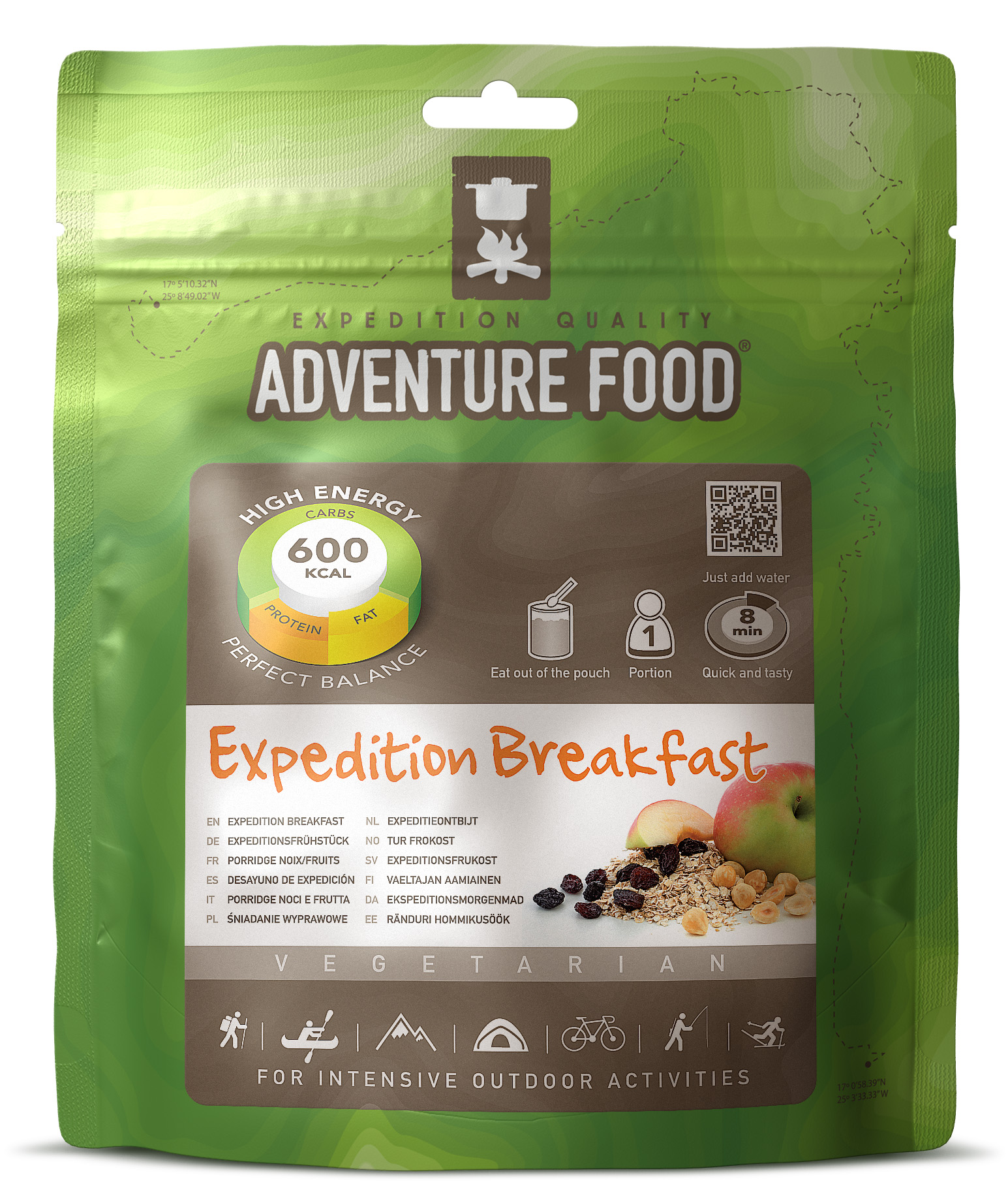
Adventure Food Expedition Breakfast
€3.95
Add to cart
Zinargin
€29.70
Add to cart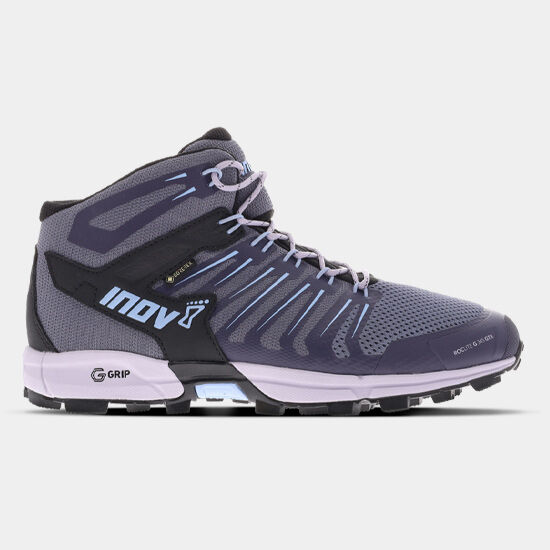
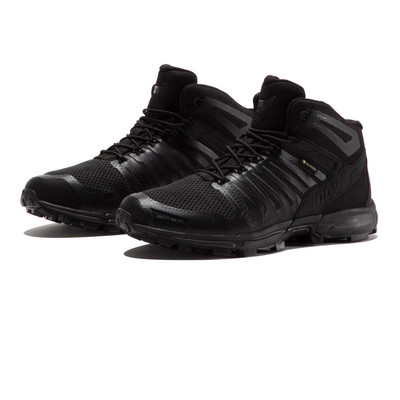

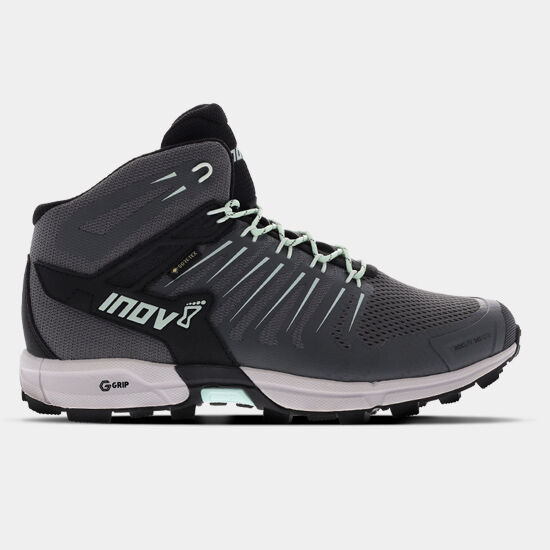
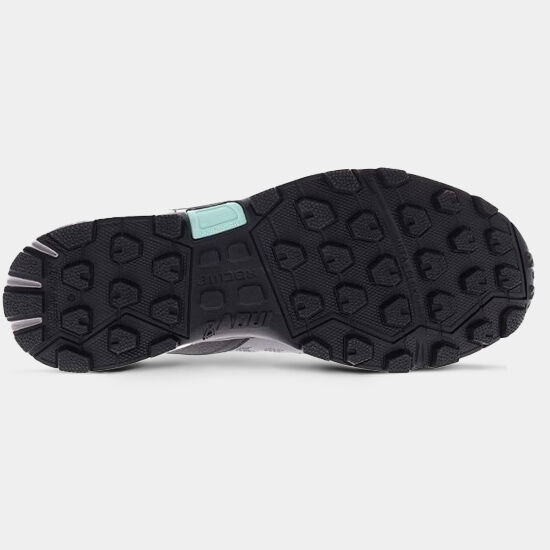
Inov8 Roclite 345 GTX Women
€180.00
Select options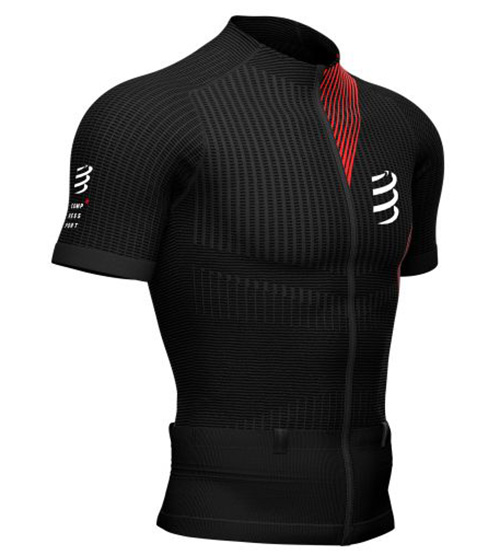
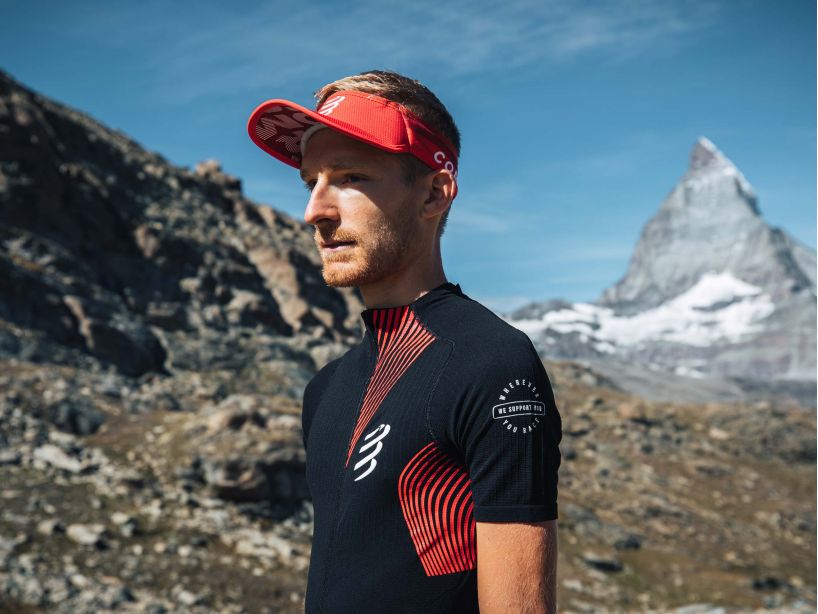

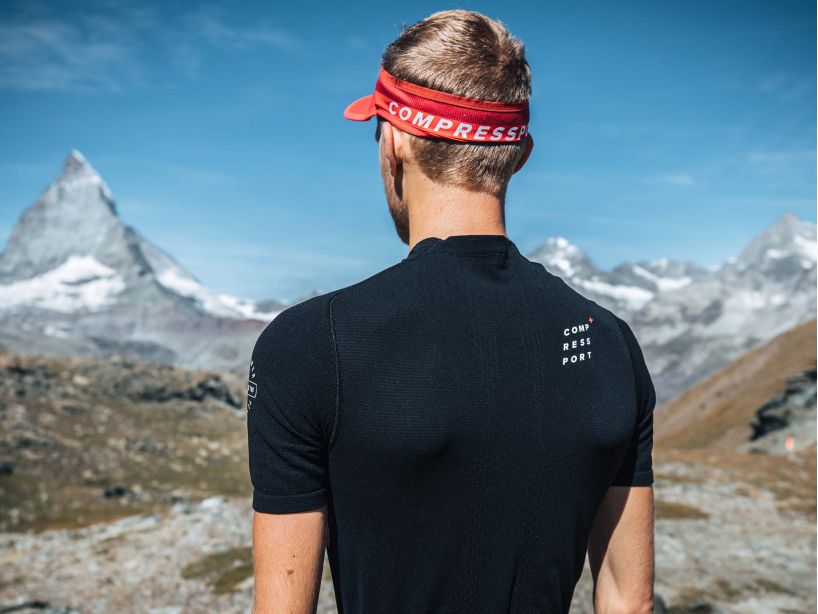

Compressport Trail Postural SS Top Black
€100.00
Select options


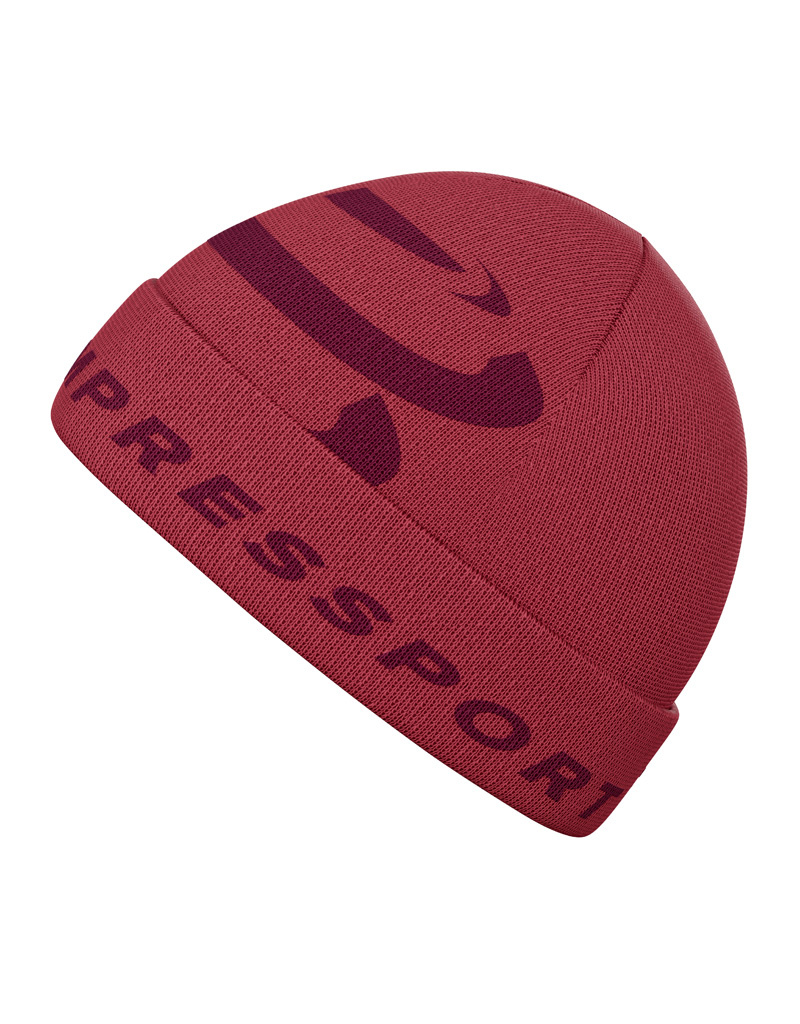

Compressport Casual Beanie One Size
€35.00
Select options
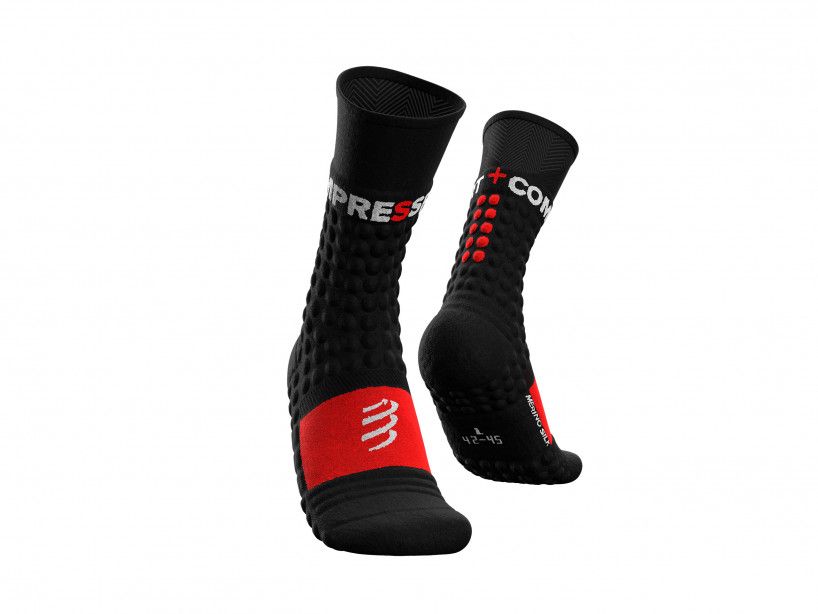

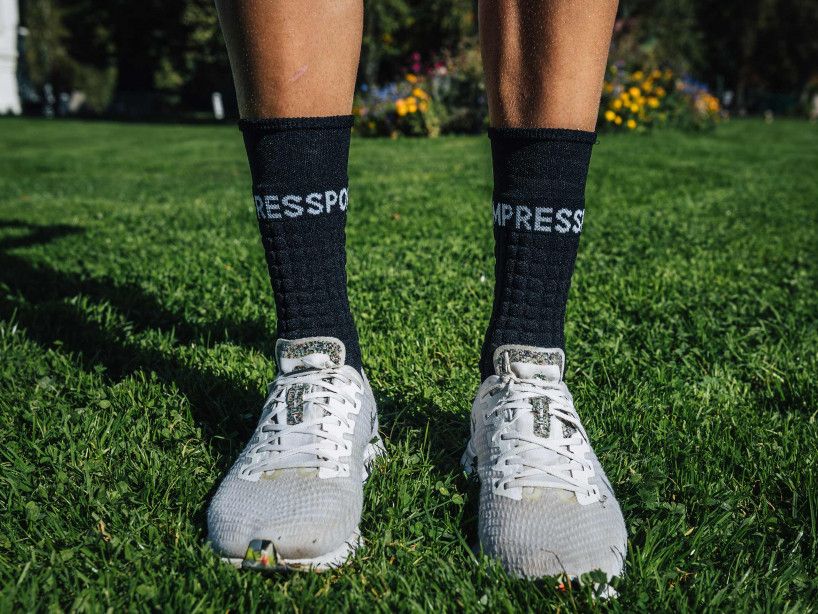

Compressport Pro Racing Socks Winter Run
€30.00
Select options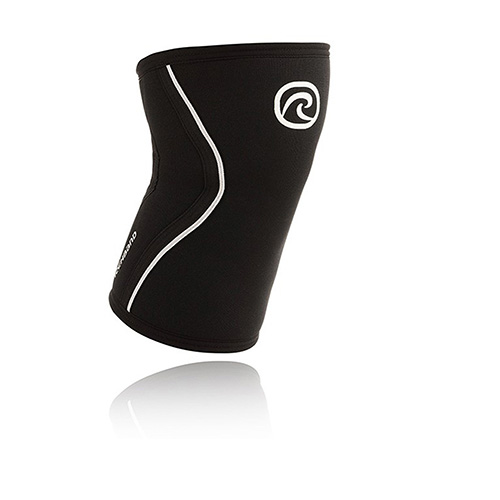
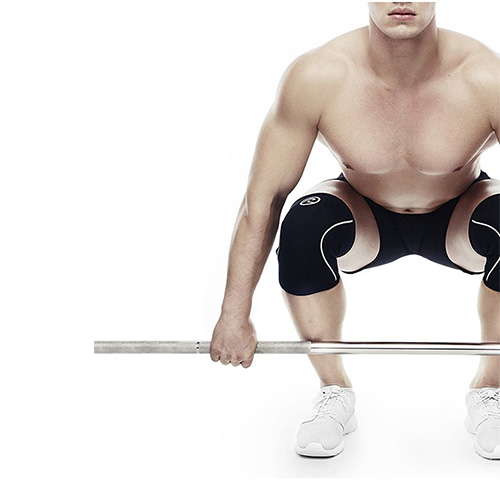

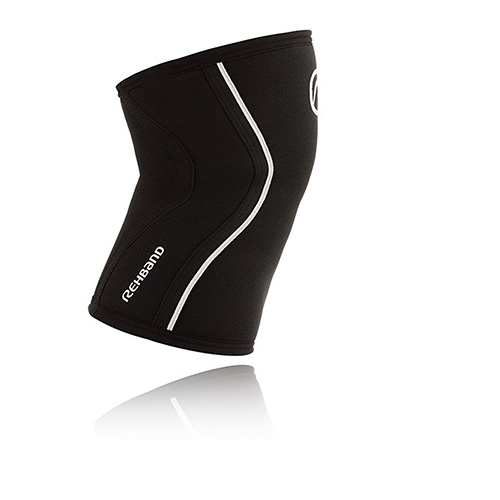
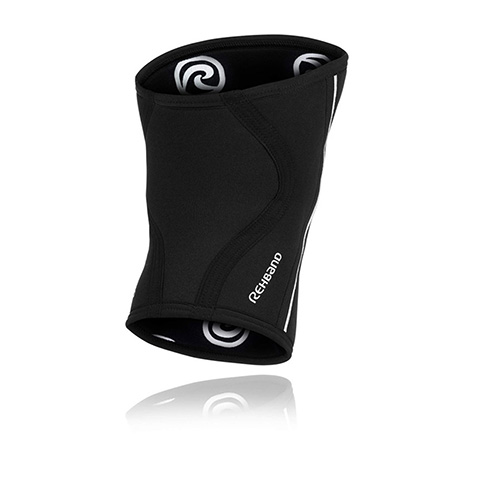
Rehband RX Knee Sleeve 5mm
- Sale!

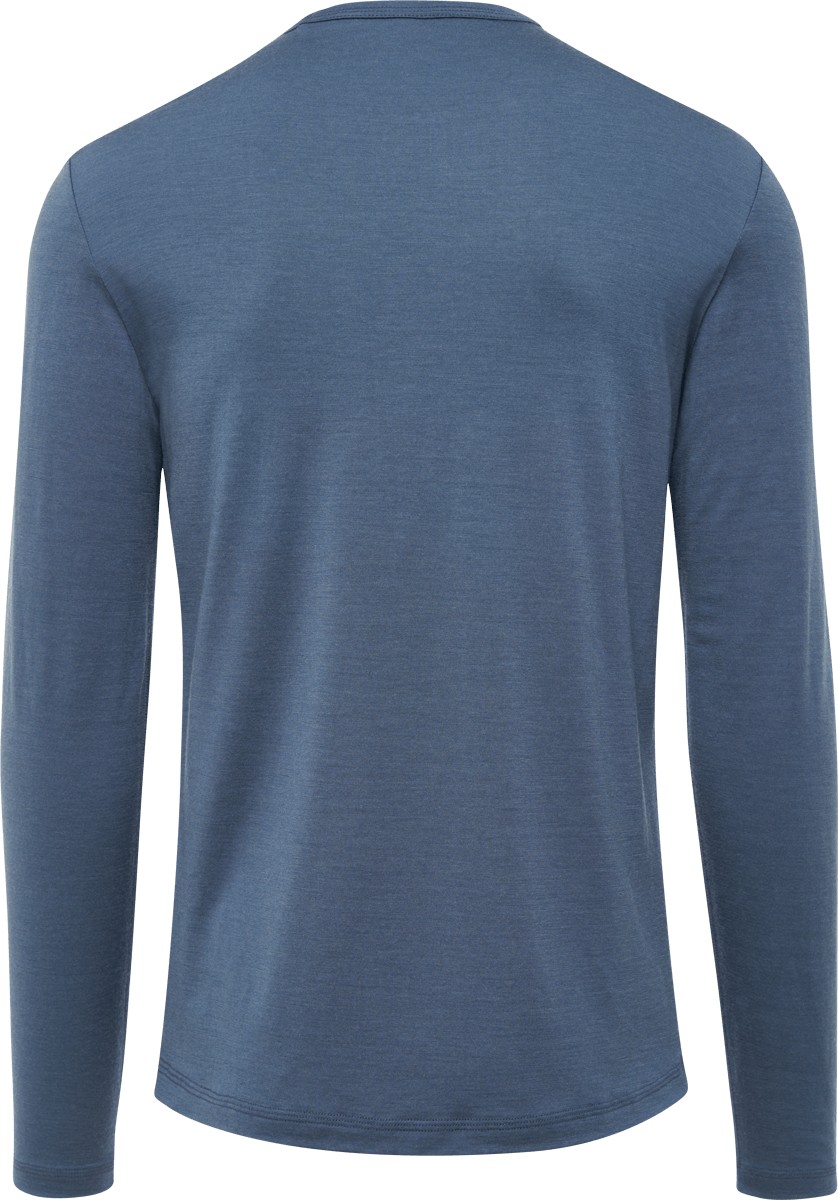

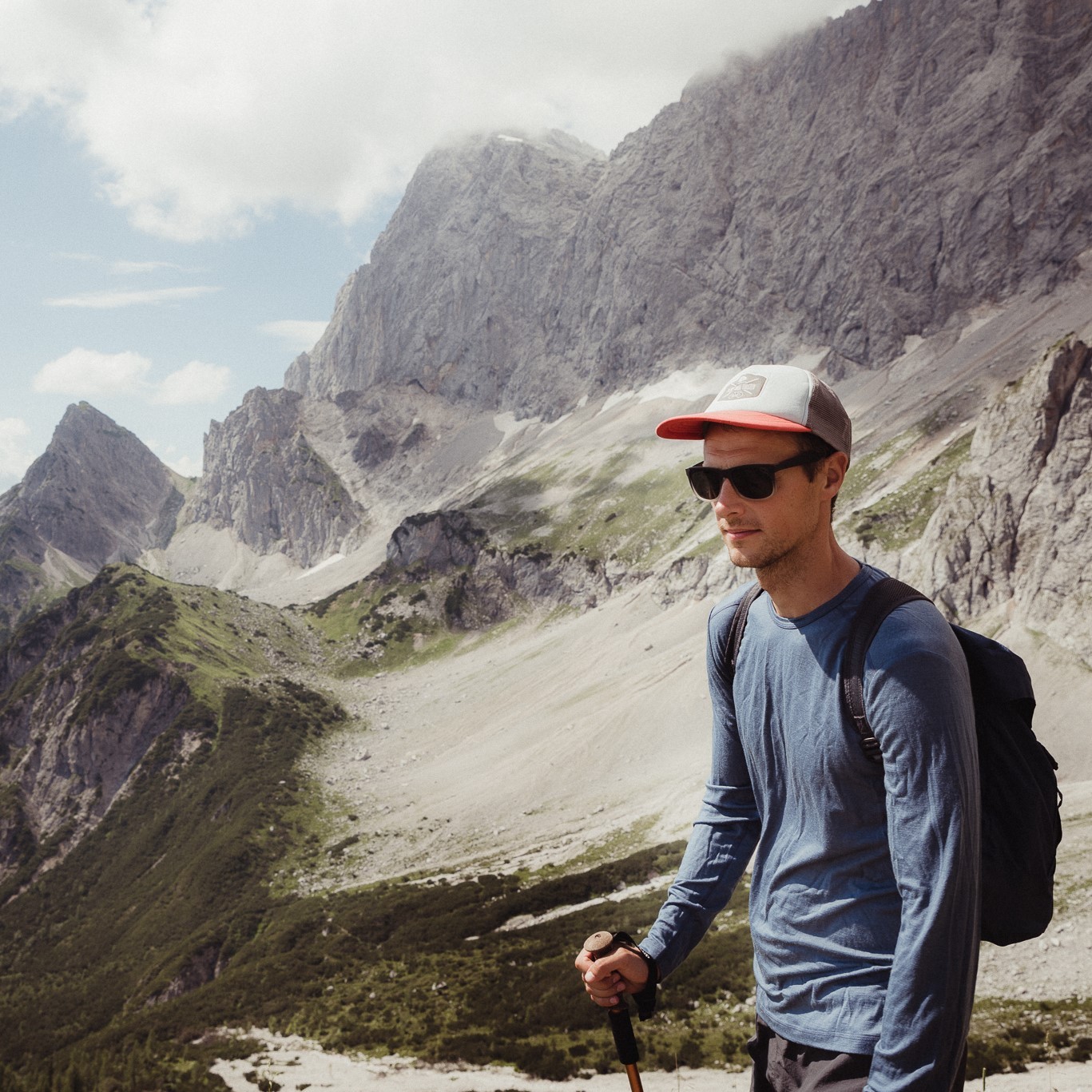
Thermowave MERINO WONDER LONG-SLEEVE SHIRT B
€60.00
Add to cart 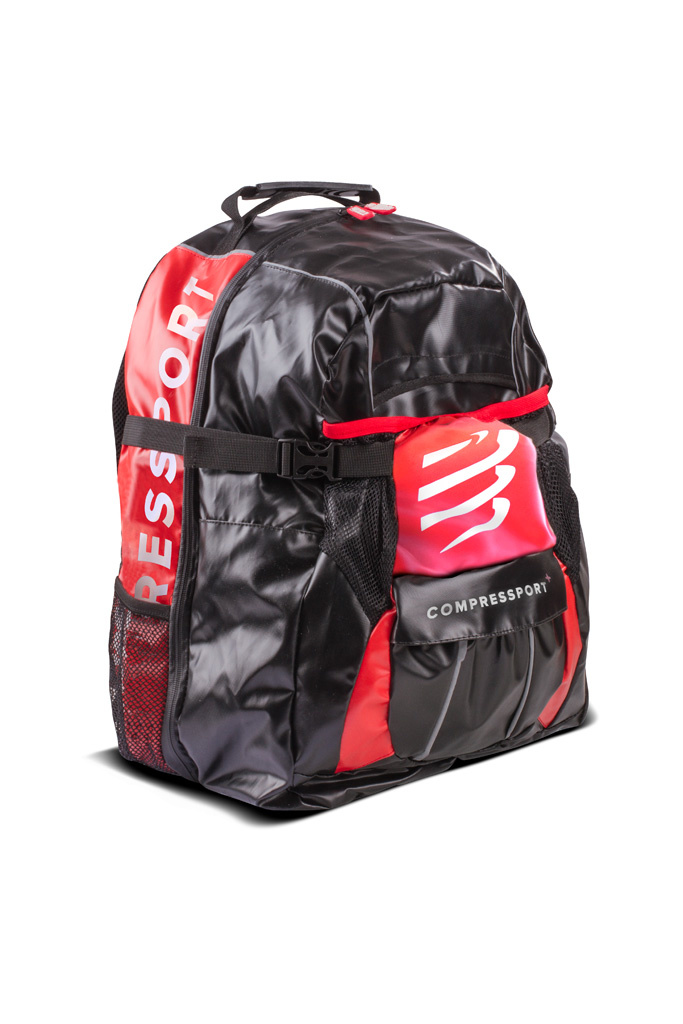


Compressport GlobeRacer Bag Black/Red
€160.00
Add to cart
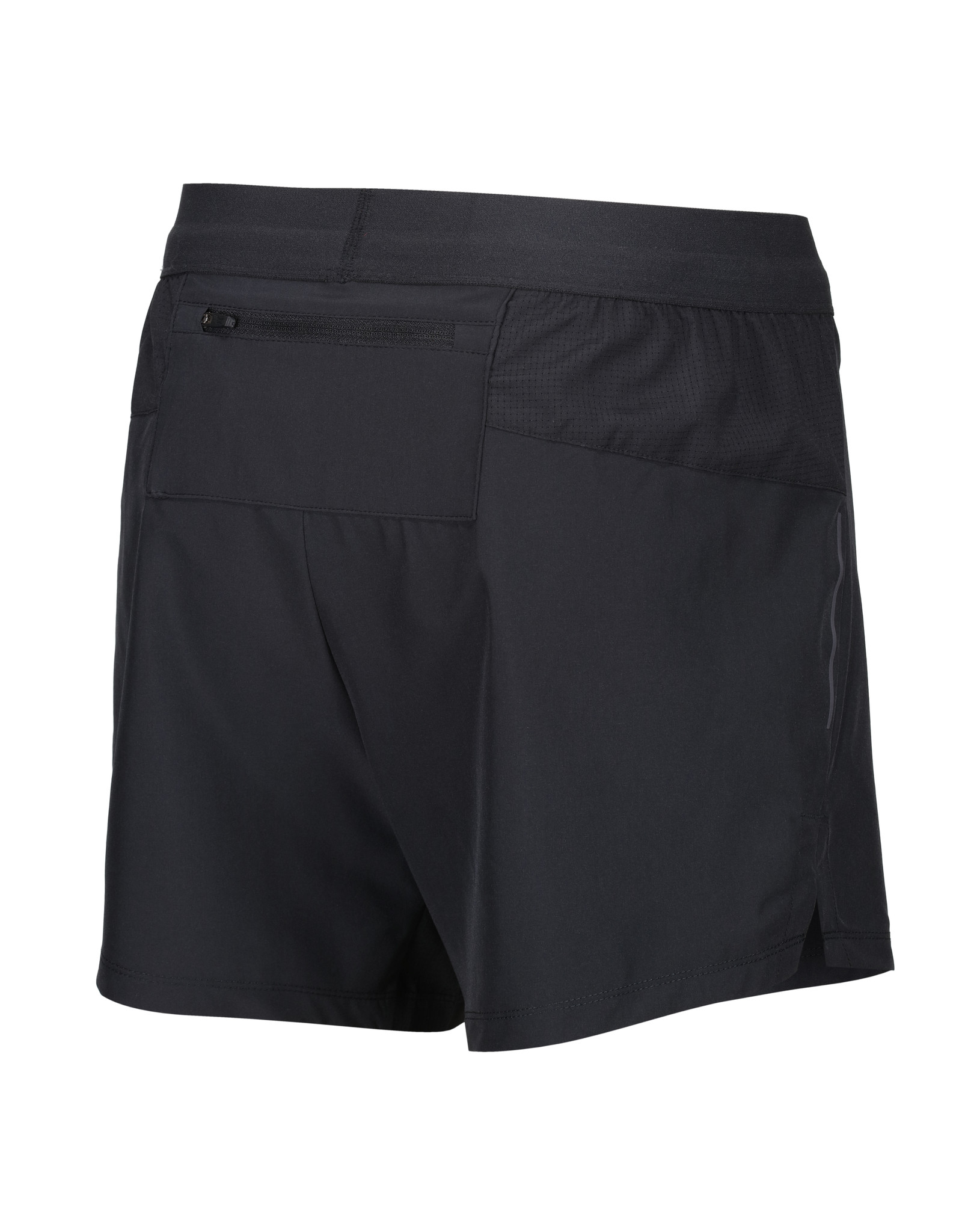

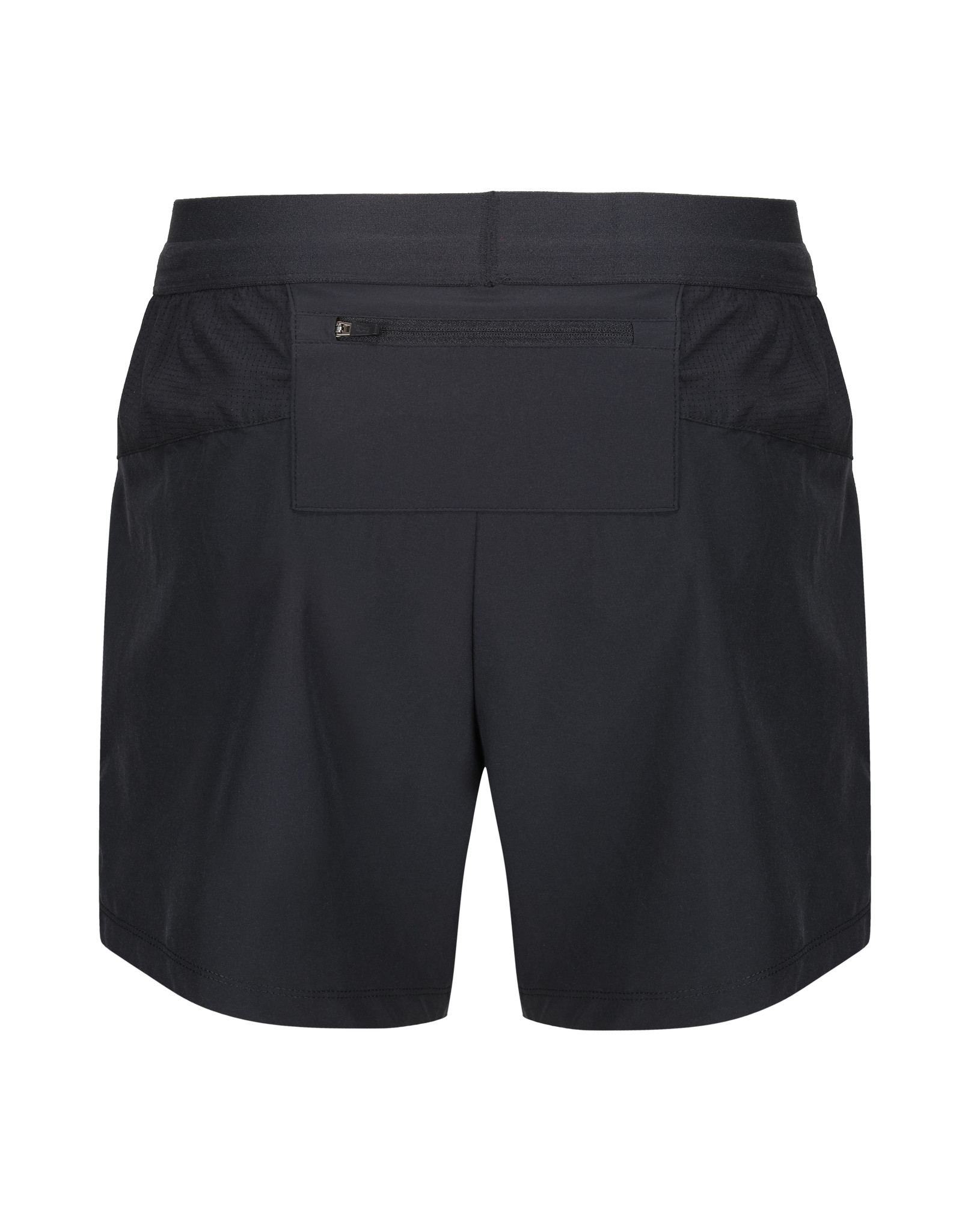
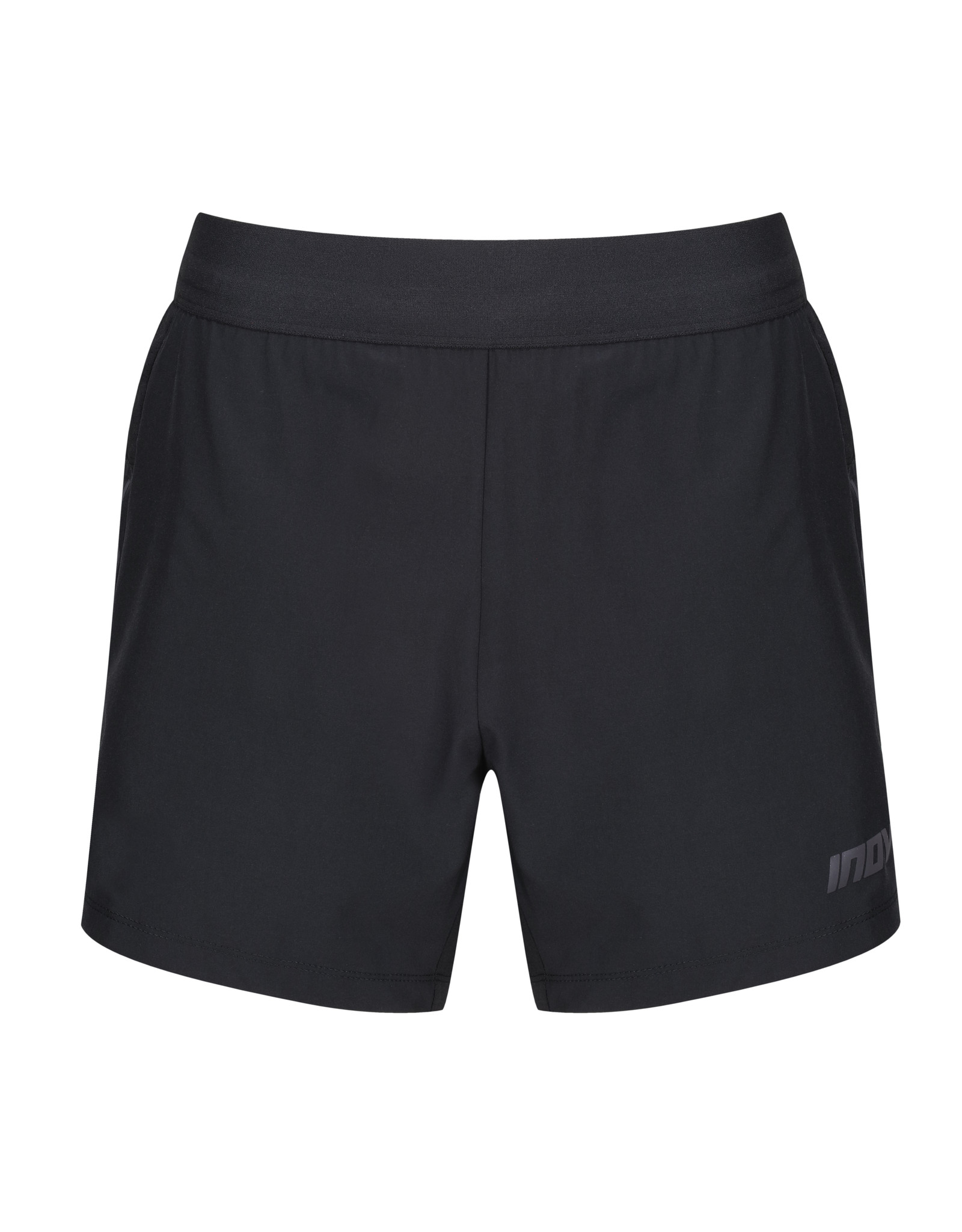
Inov8 Race Elite 5″ Short Black Men
€65.00
Select options



Adventure Food Scrambled Eggs
€5.95
Add to cart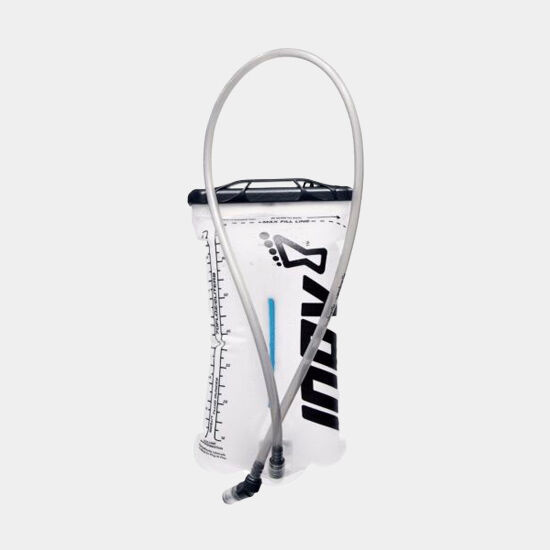
Inov8 Shape Shift Reservoir 2L Clear One Size
€40.00
Add to cart
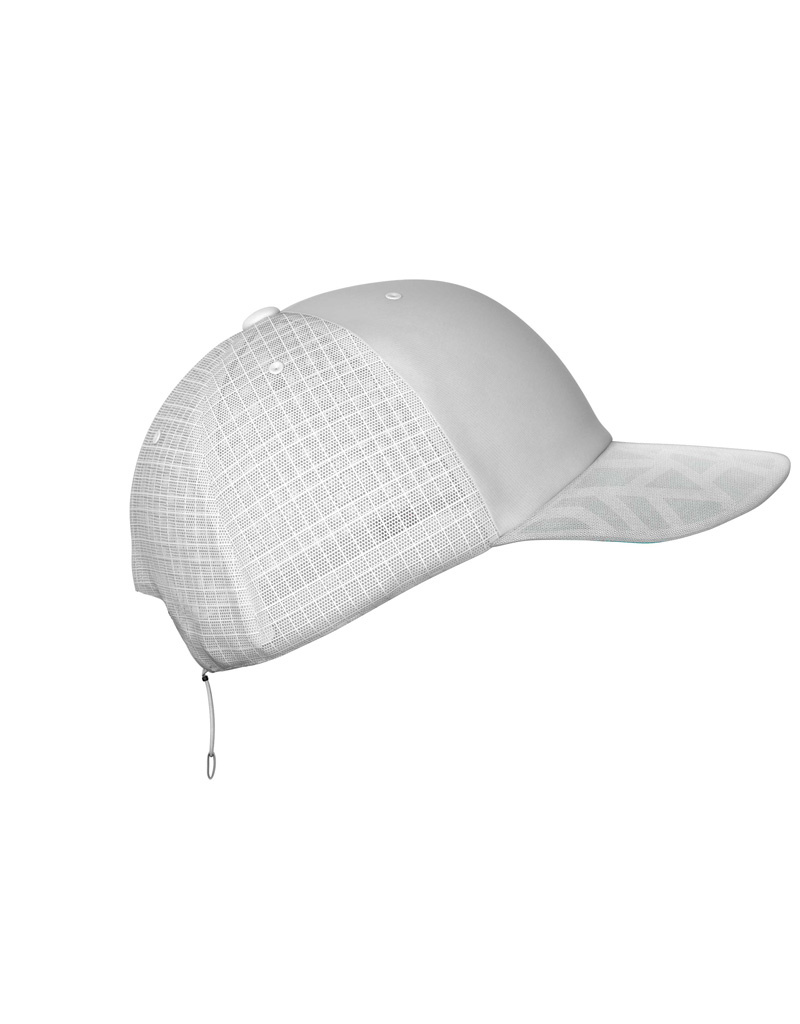

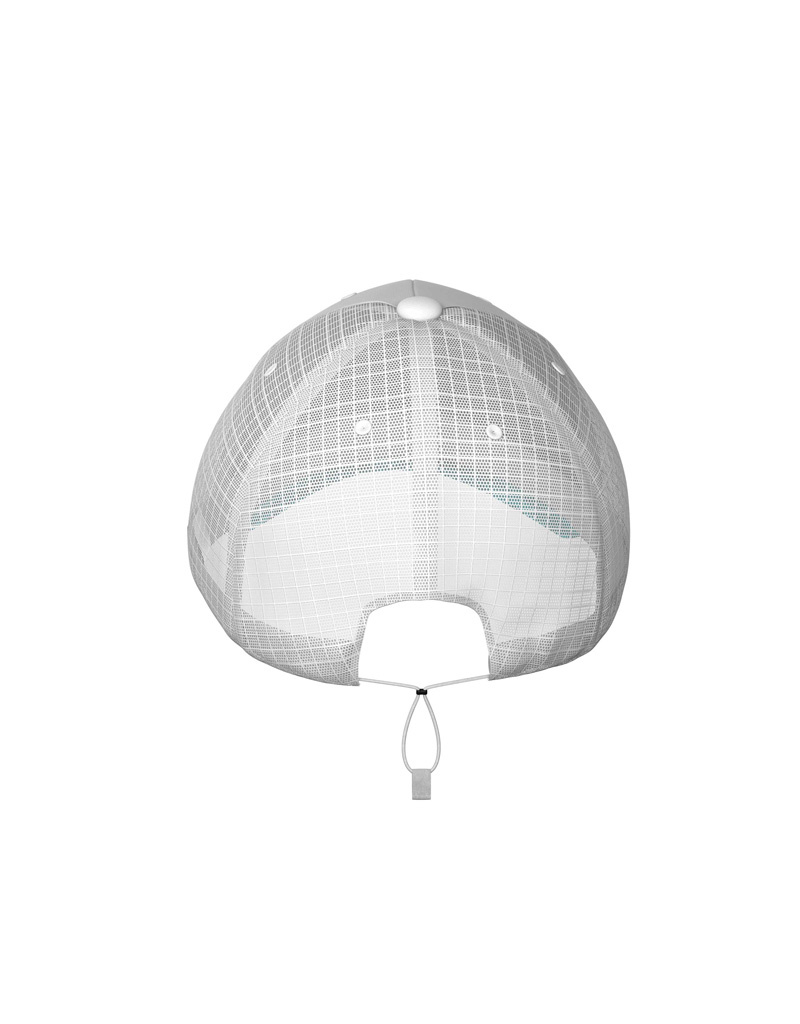
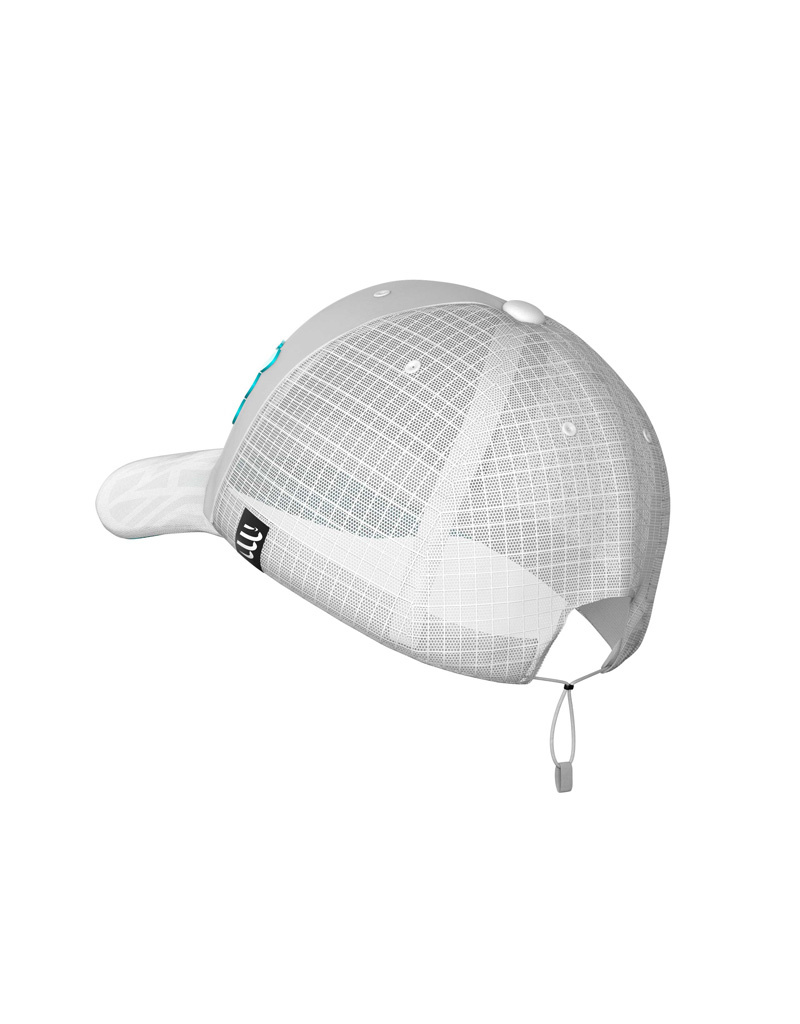
Compressport Racing Trucker Cap One Size
€35.00
Select options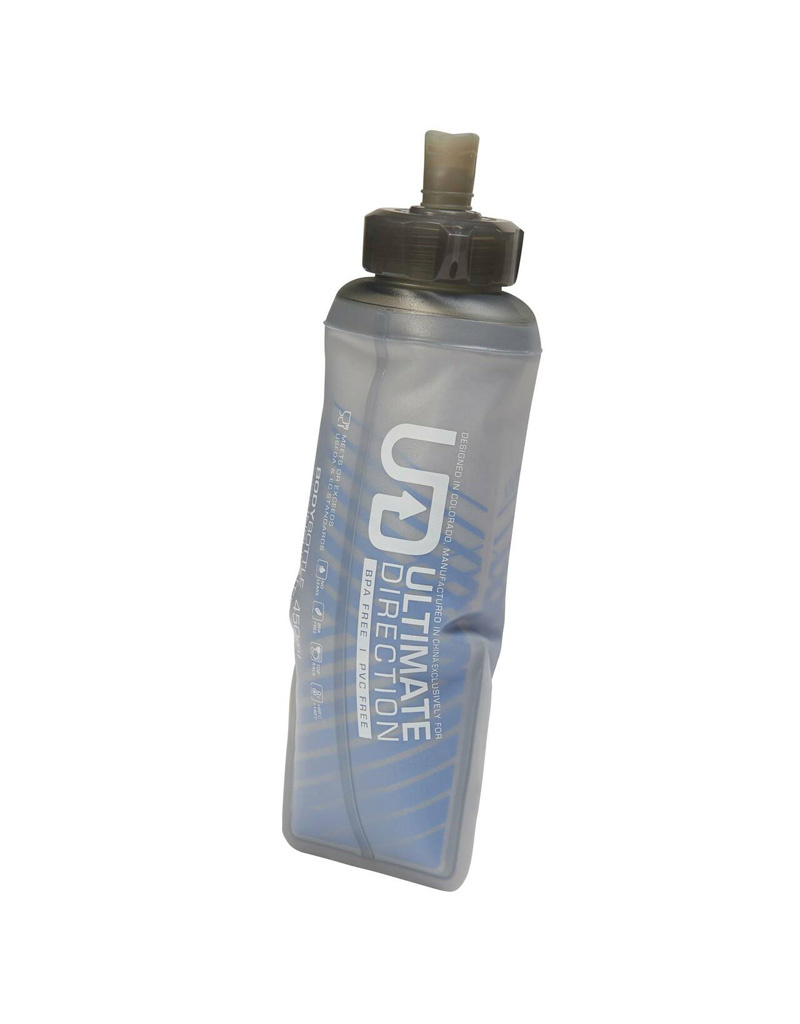
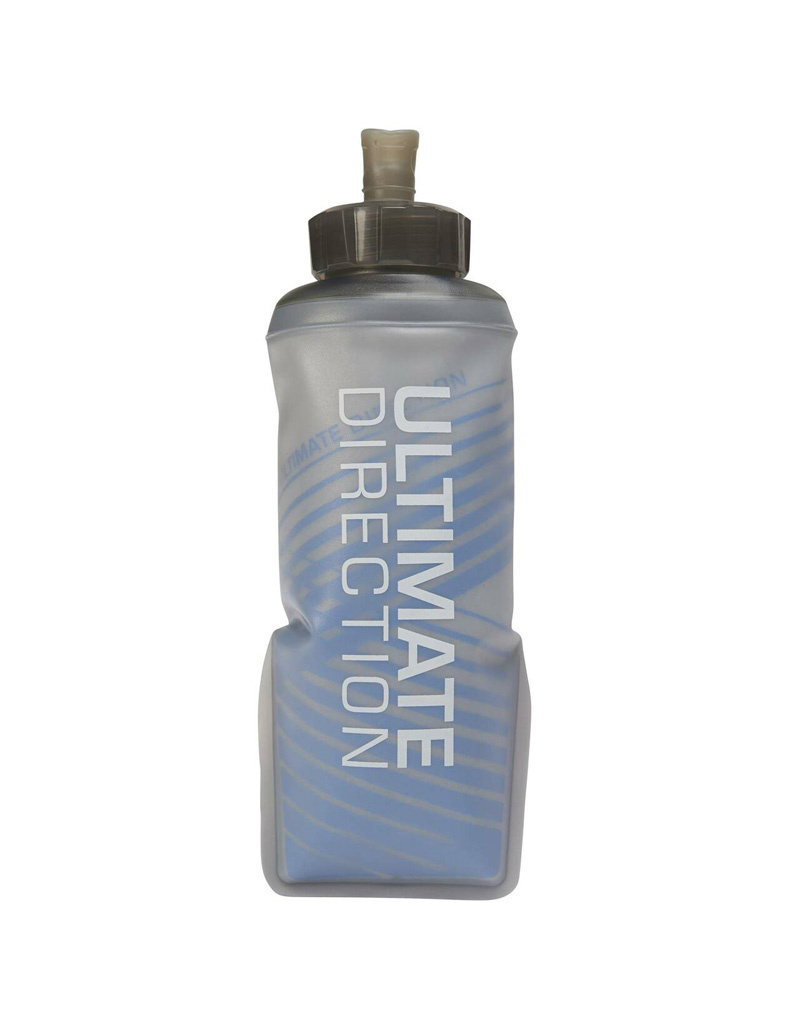

Ultimate Direction Body Bottle 500 Insulated
€28.00
Add to cart


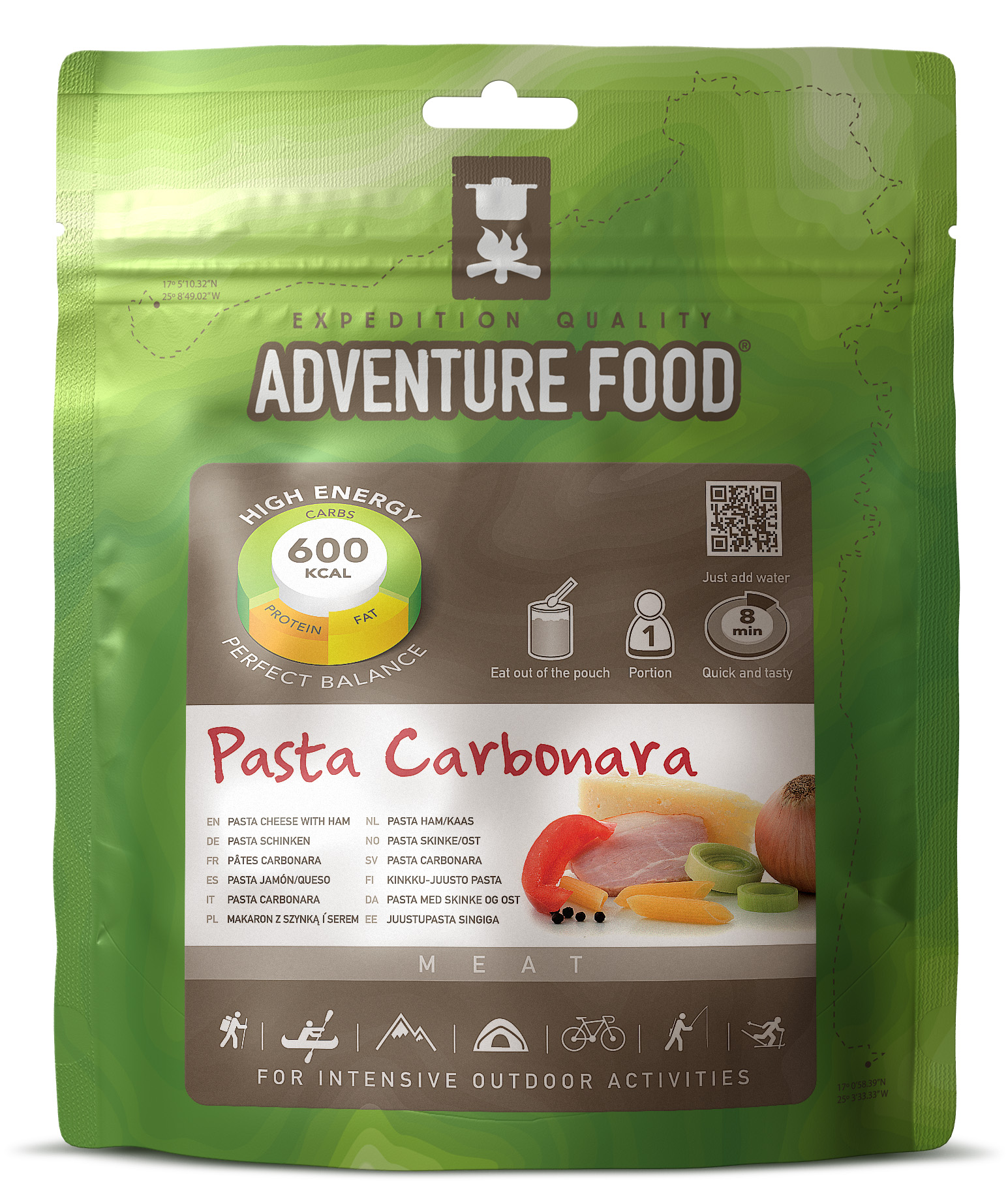
Adventure Food Pasta Carbonara
€5.95
Add to cart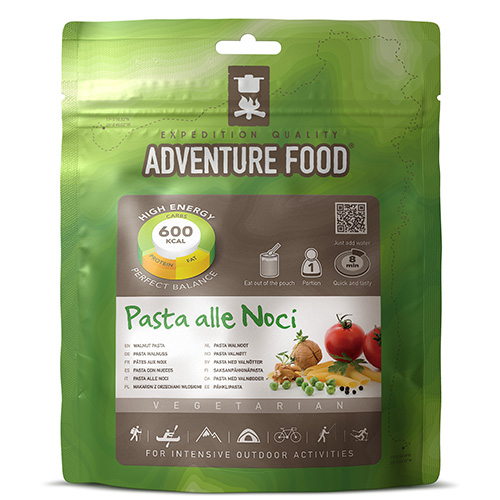


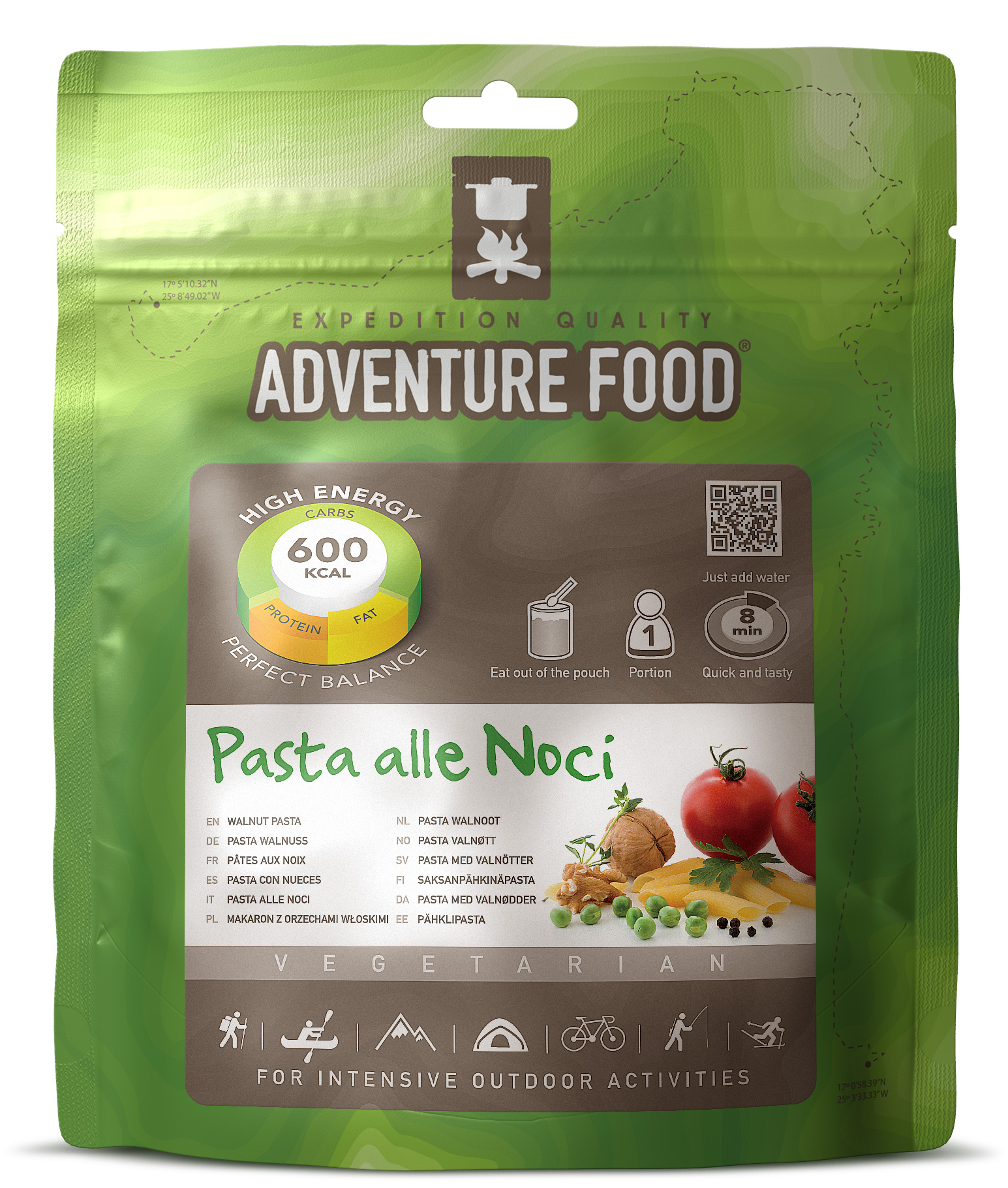
Adventure Food Pasta alle Noci
€5.95
Add to cart- Sale!

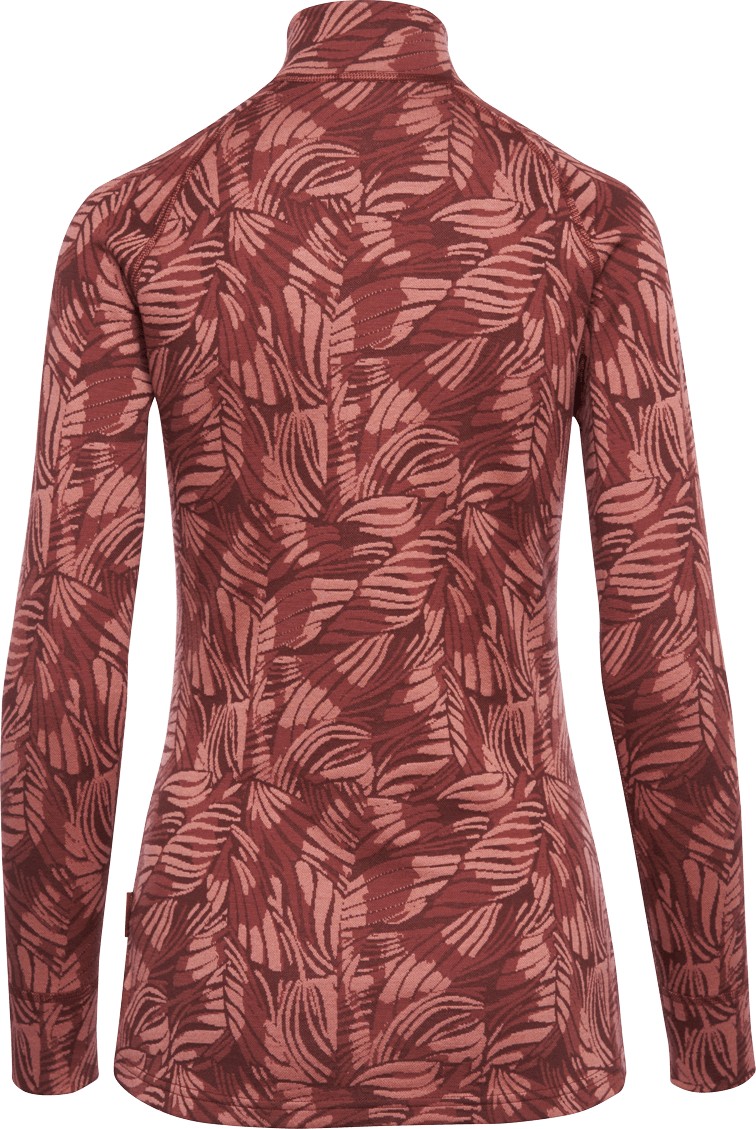


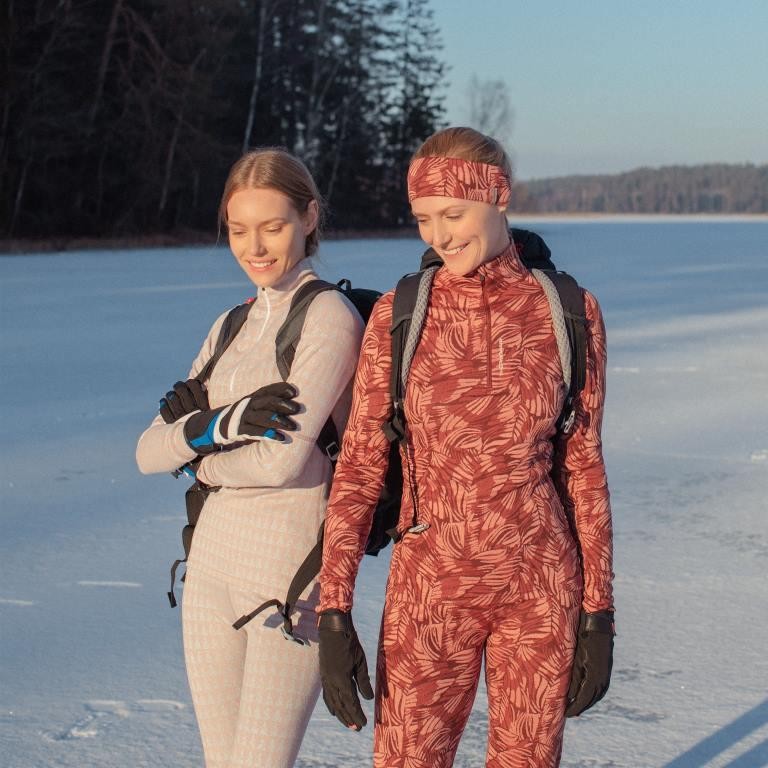
Thermowave MERINO XTREME LONG-SLEEVE SHIRT WITH 1/2 ZIPPER size M women
€60.00
Add to cart 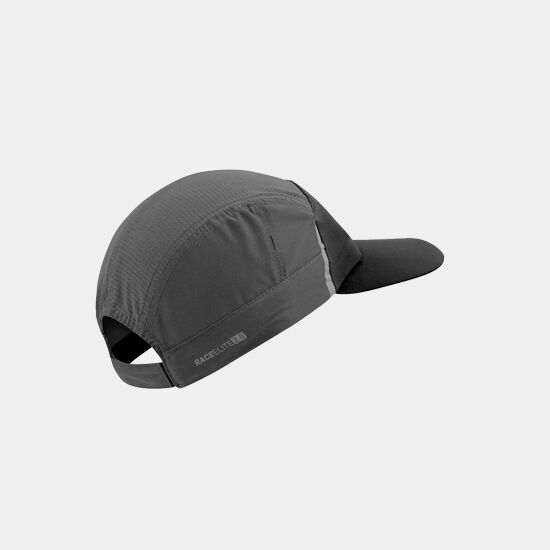
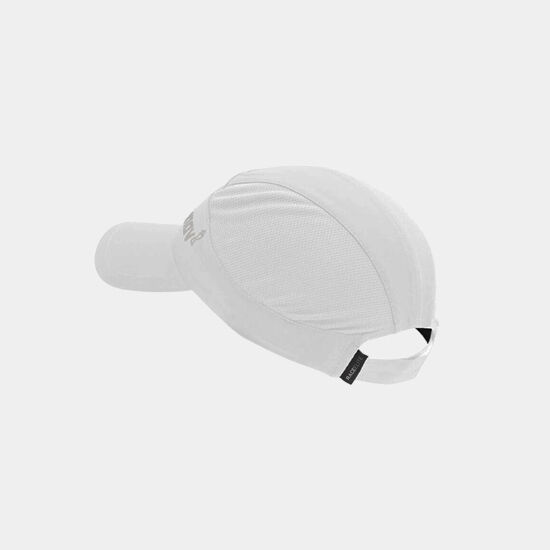

Inov8 Race Elite Peak 2.0 Unisex
€22.00
Select options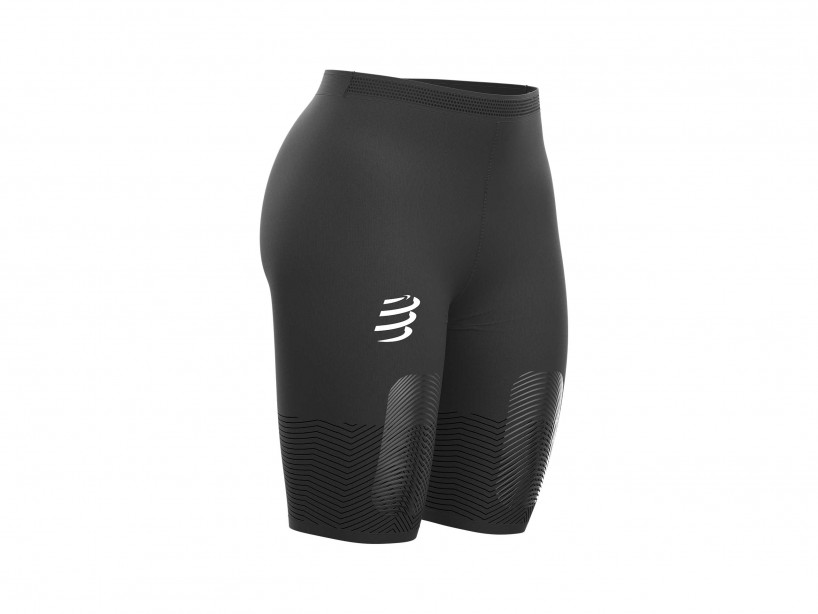
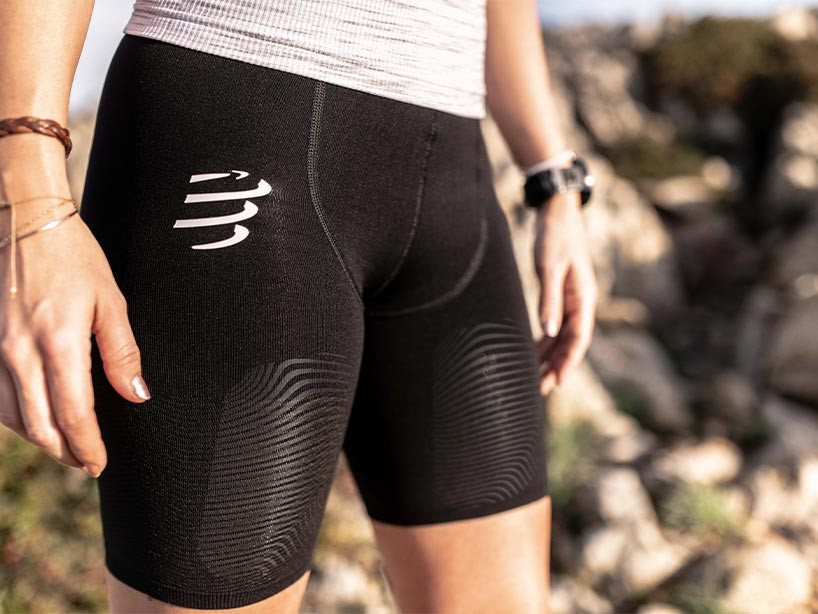


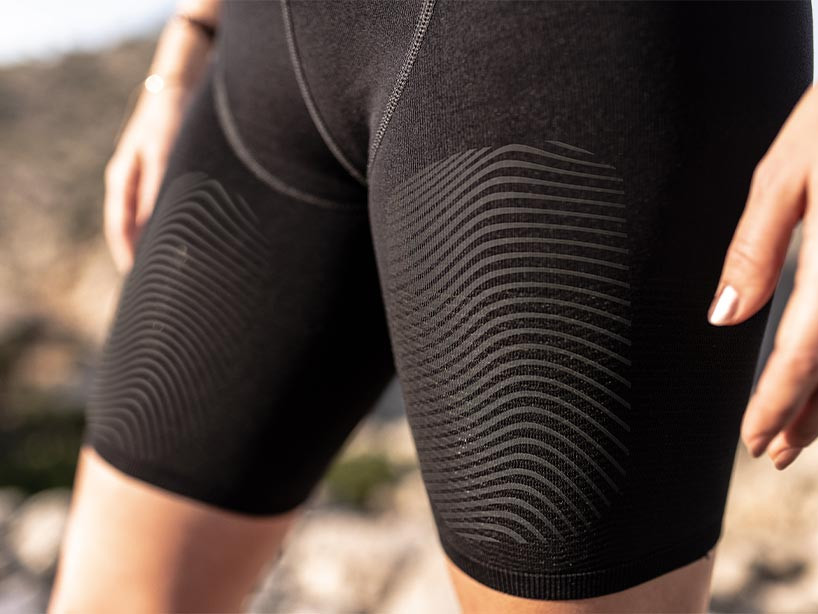
Compressport Trail Under Control Short Black Women
€100.00
Select options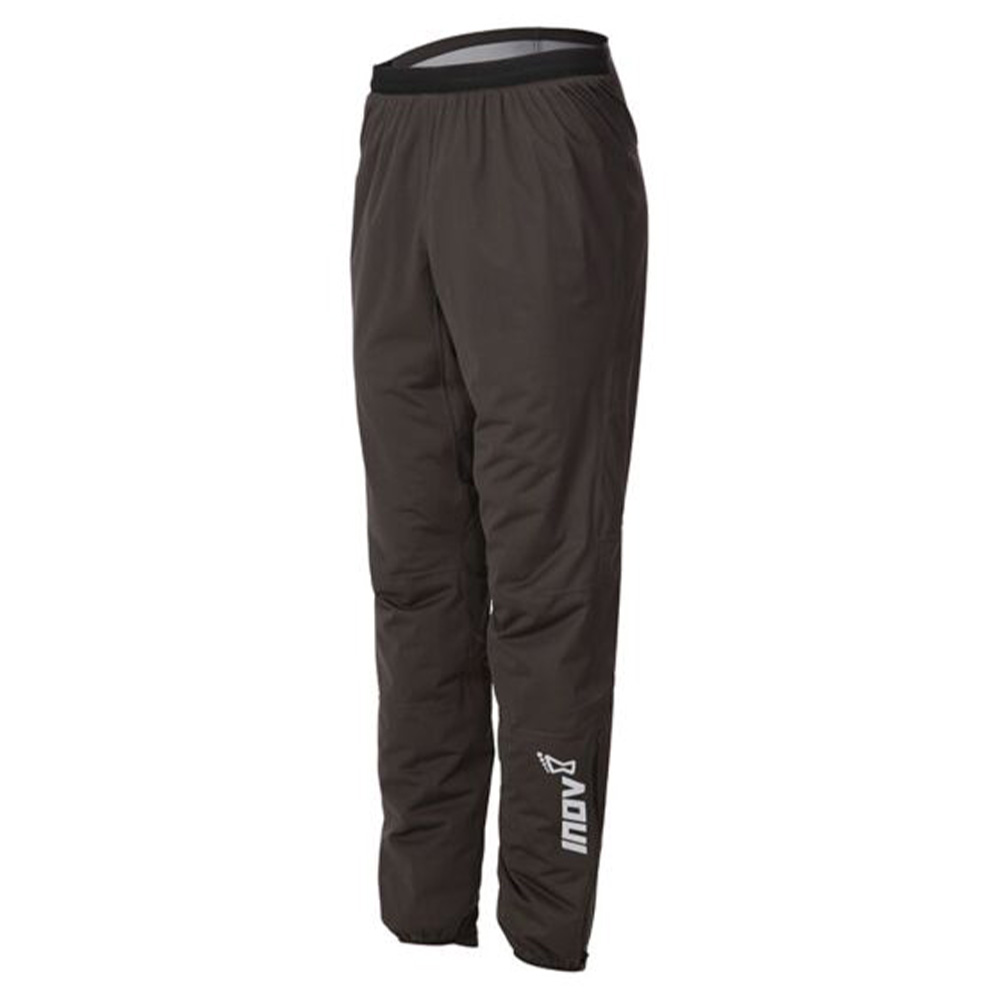


Inov8 Trailpant M Black Men
€150.00
Select options




AquaTru Waterfilter-Complete Set
€449.00
Add to cart
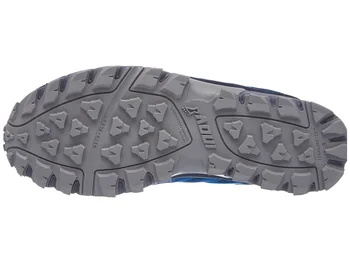

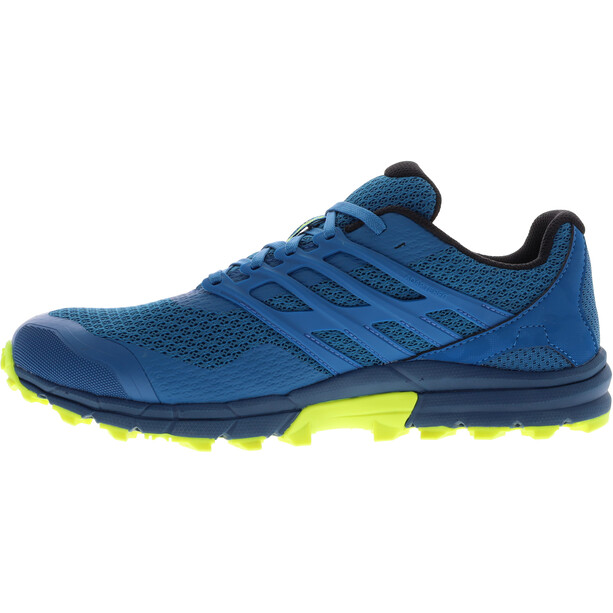
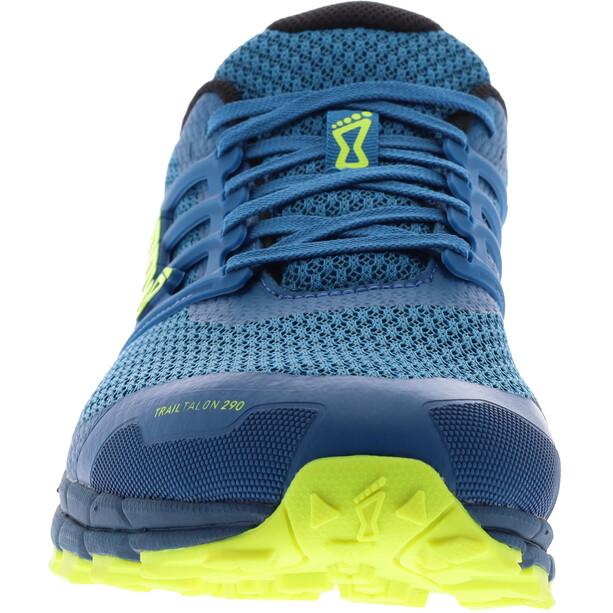
Inov8 Trailtalon 290 Men
€150.00
Select options
Vitamine D3+K2, Omarin
€35.90
Add to cart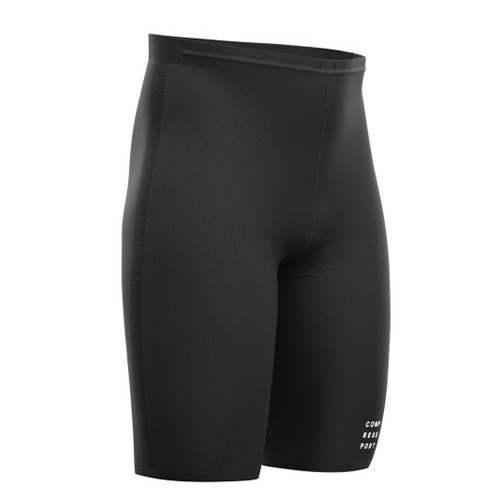


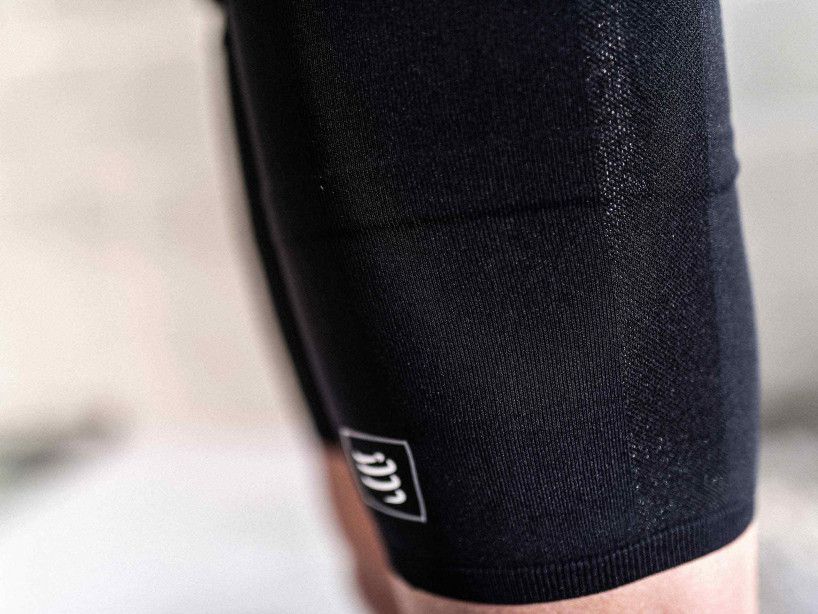

Compressport Compression Short – Black Men
€60.00
Select options
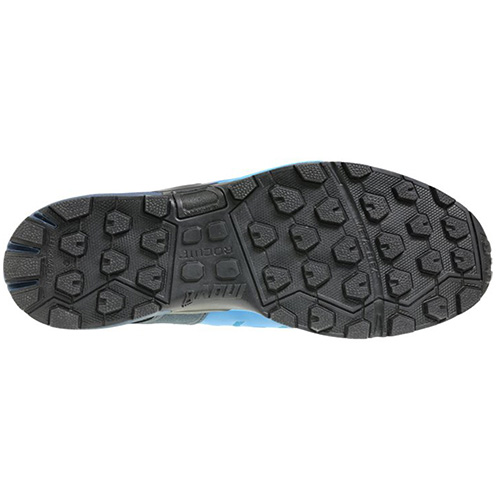

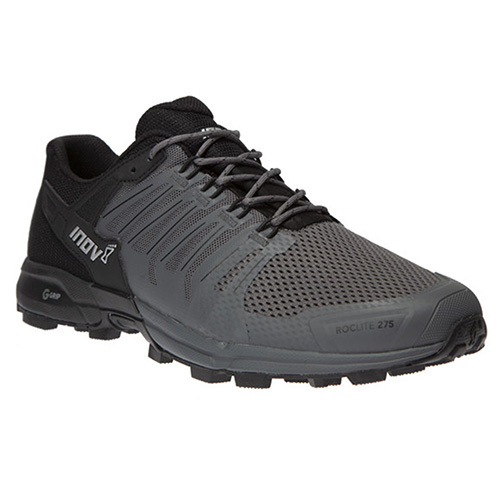
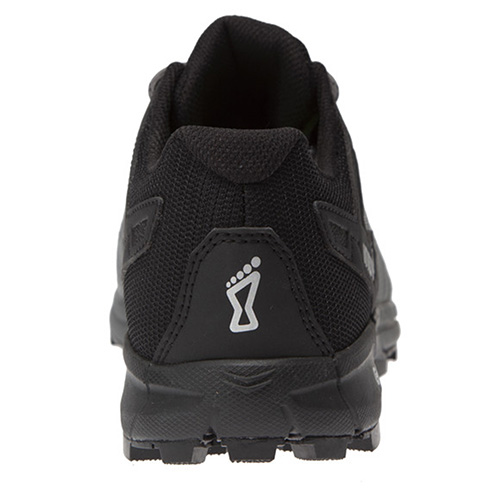
Inov8 Roclite 275 Men
€150.00
Select options



Vegetable Hotpot
€5.95
Add to cart



Adventure Food Mixed vegetables
€3.95
Add to cart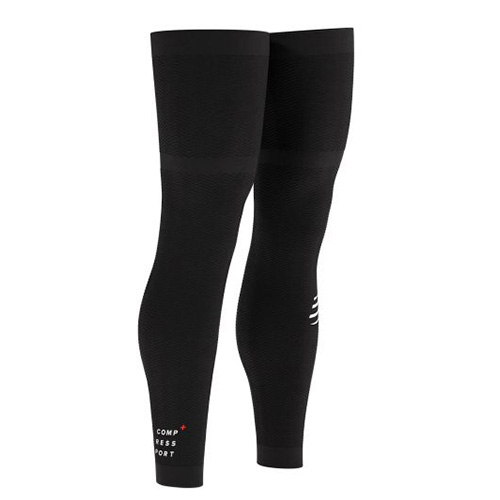
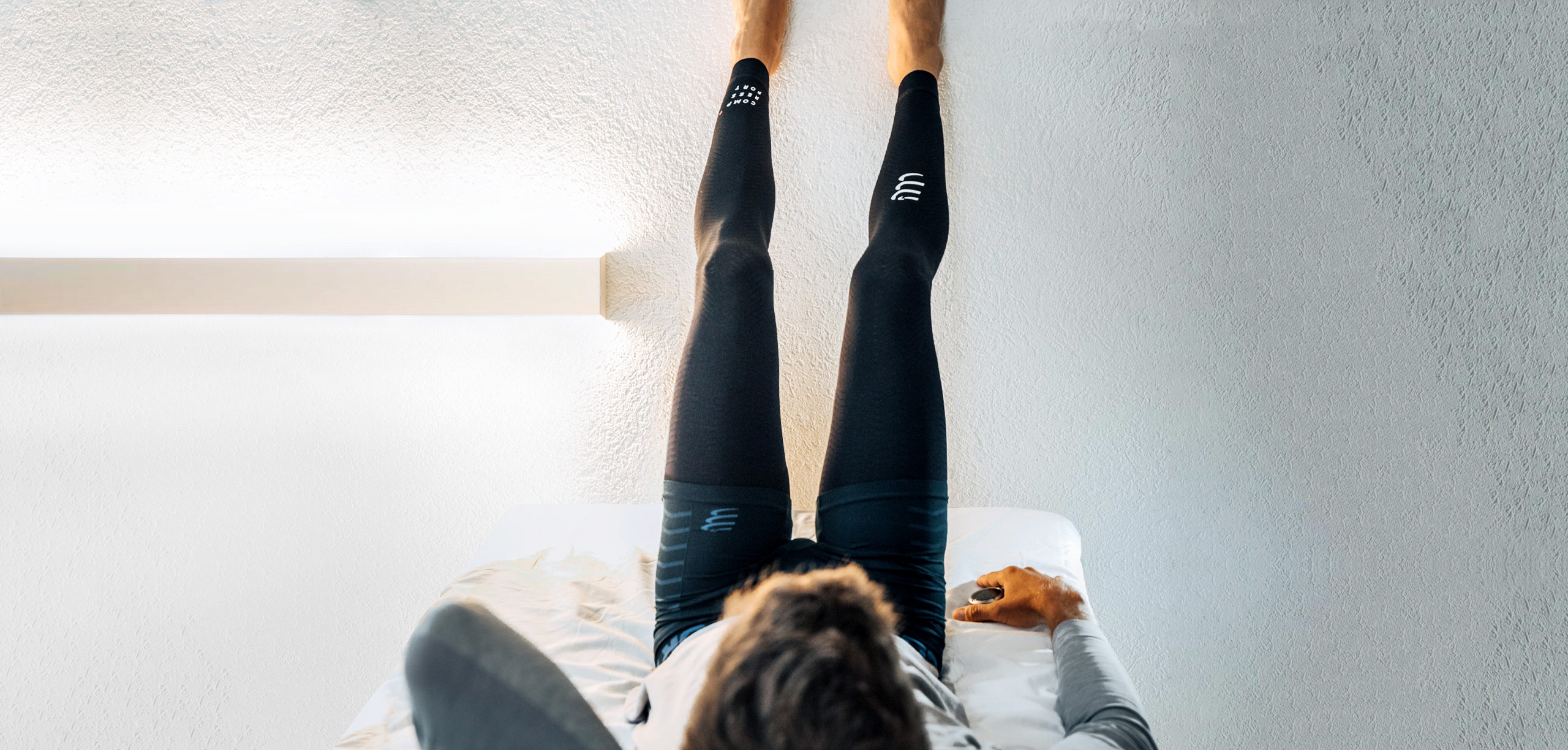

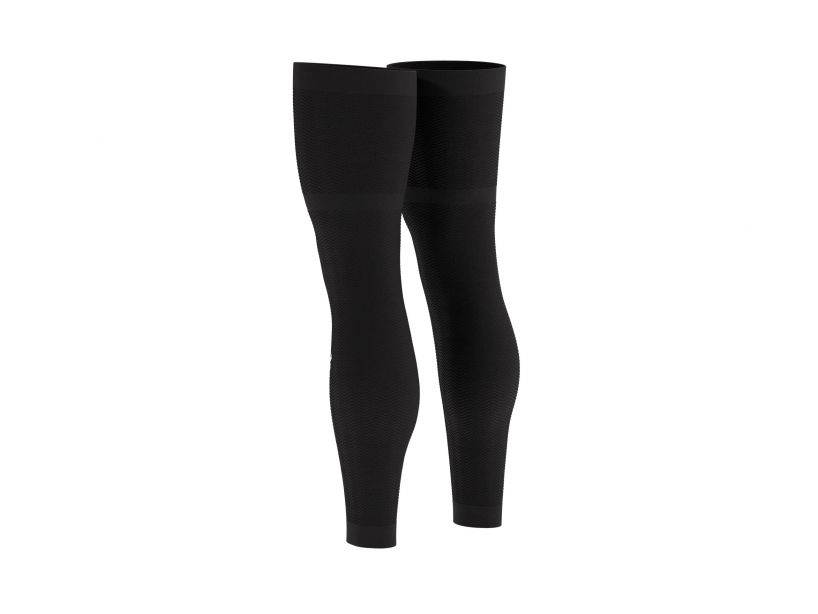
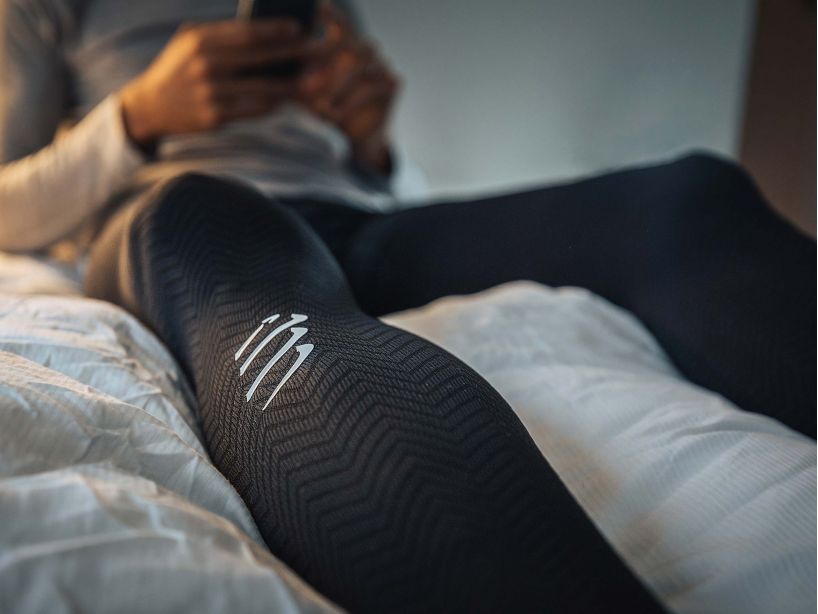
Compressport Full Legs Compression Leg Sleeves
€95.00
Select options



Adventure Food Chicken Curry
€5.95
Add to cart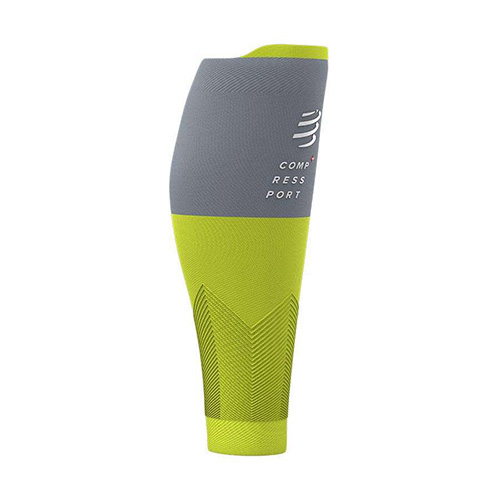
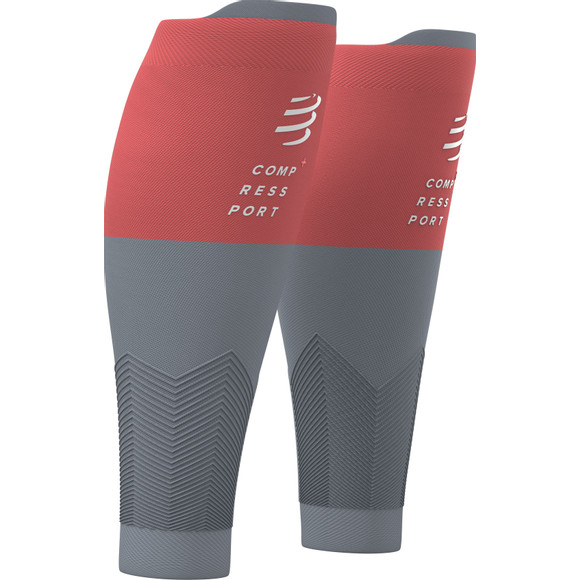

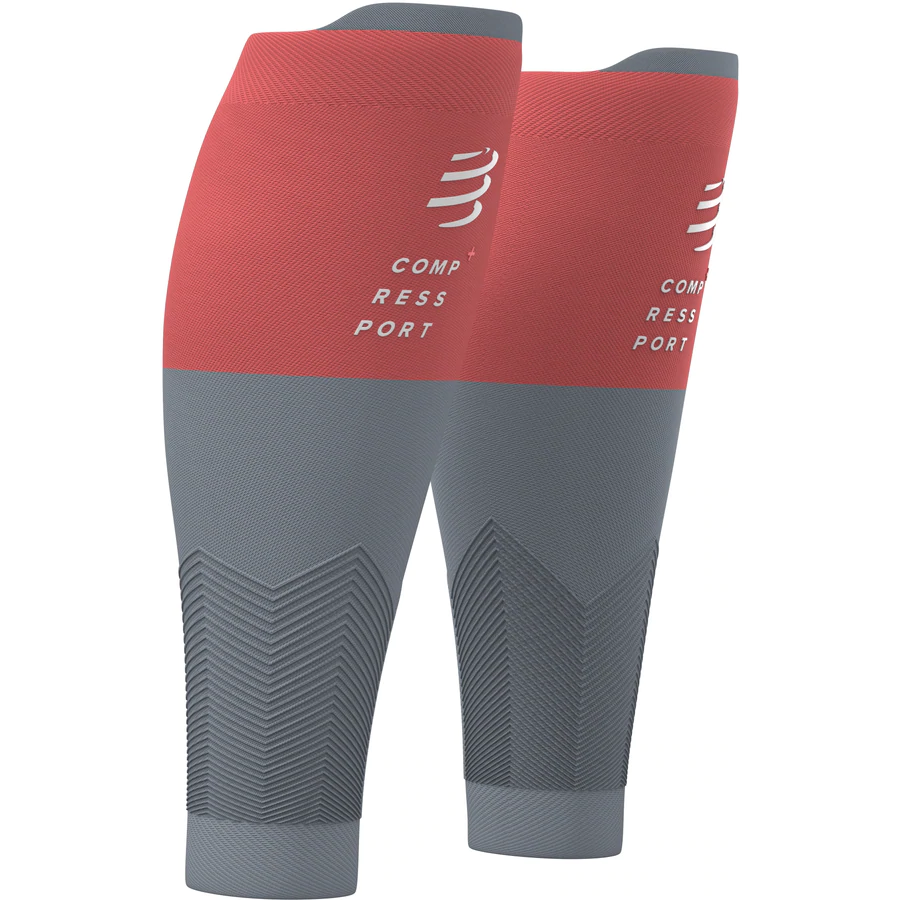
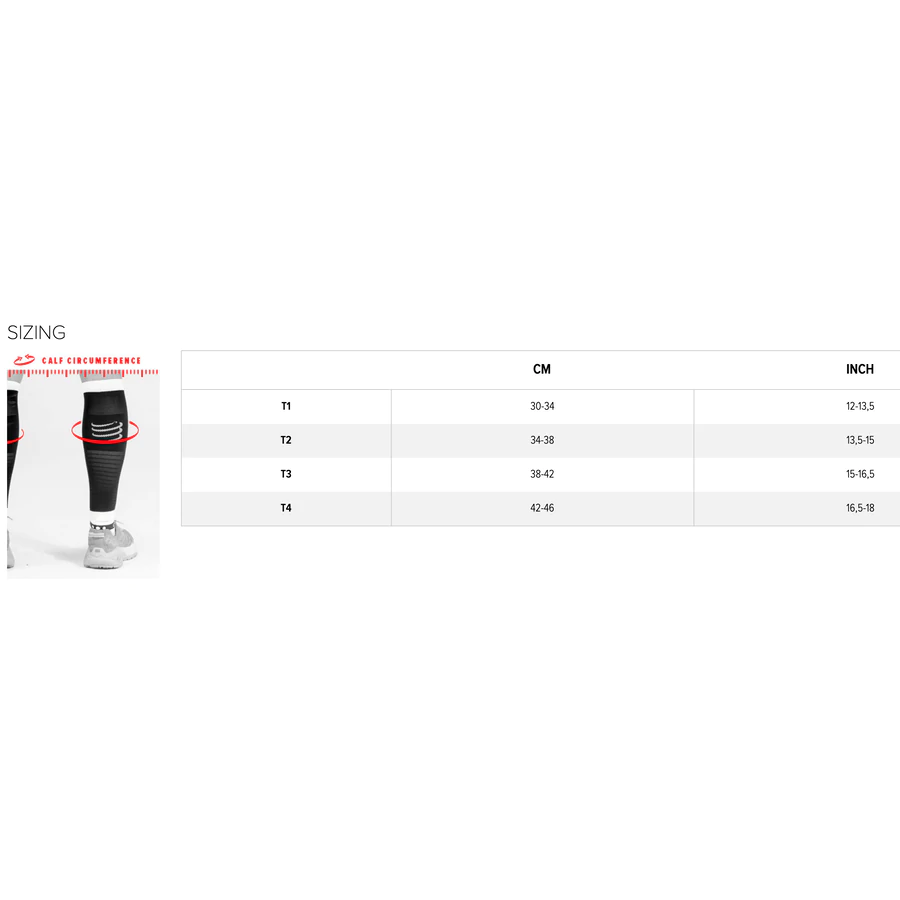
Compressport R2V2 Calf Sleeves
€35.00
Select options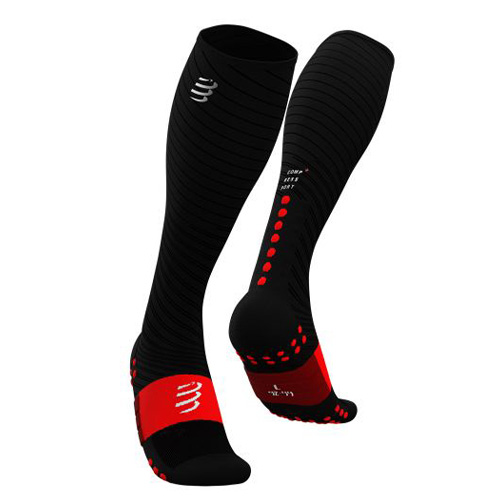



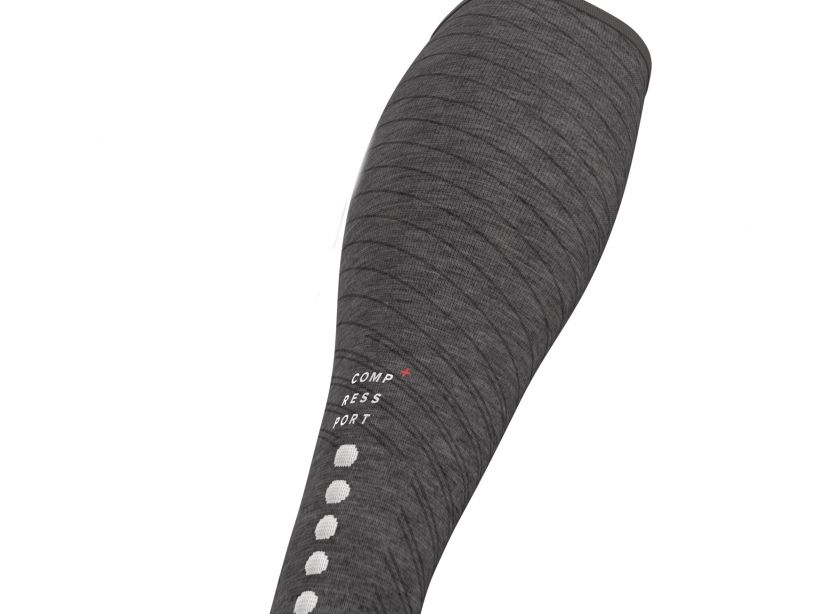
Compressport Full Socks Recovery
€40.00
Select options
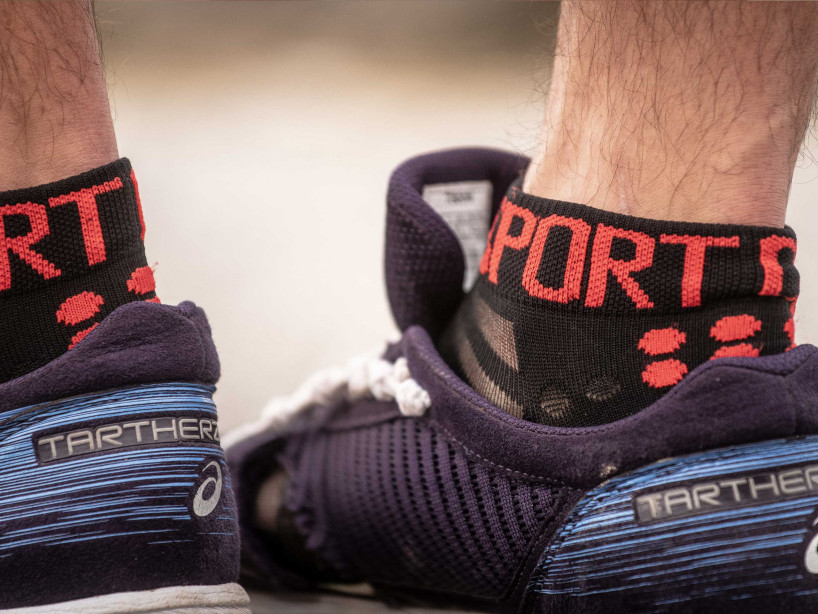


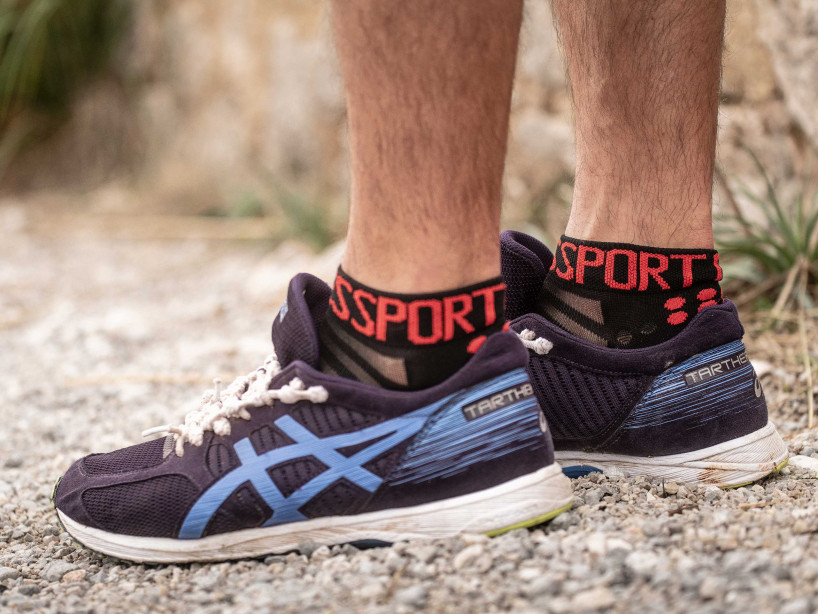
Compressport Pro Racing Socks V3.0 Ultralight Run Low
€18.00
Select options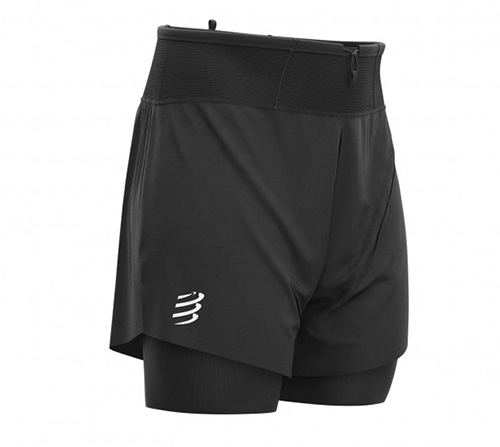
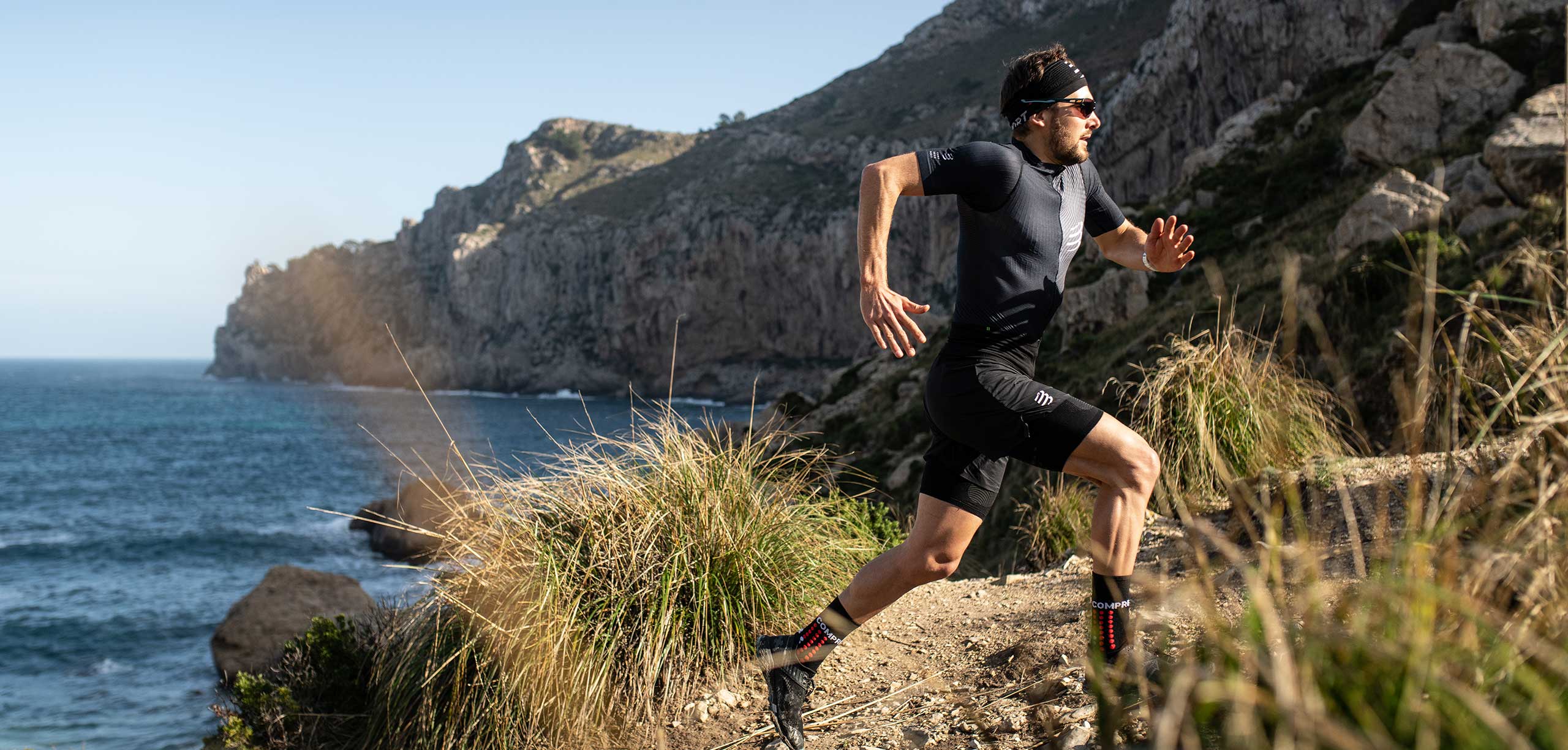

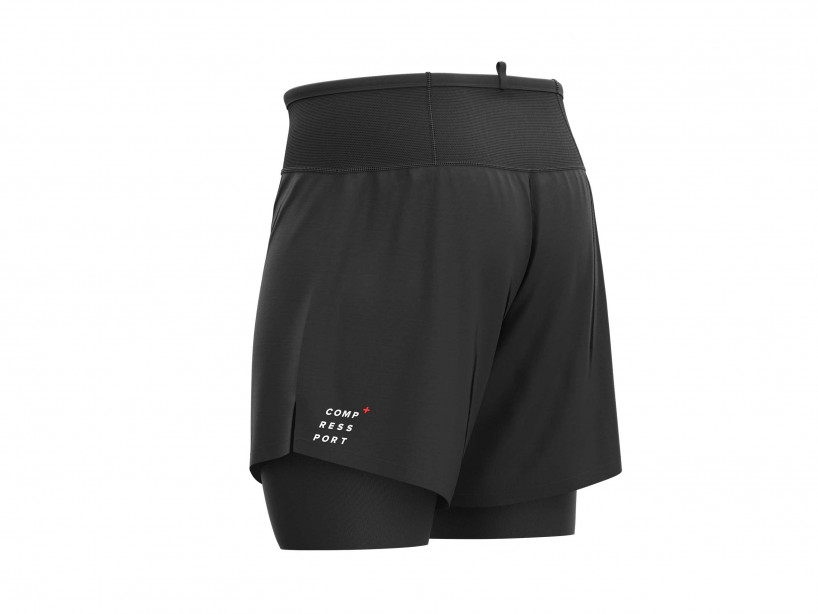

Compressport Trail 2-In-1 Short Black
€80.00
Select options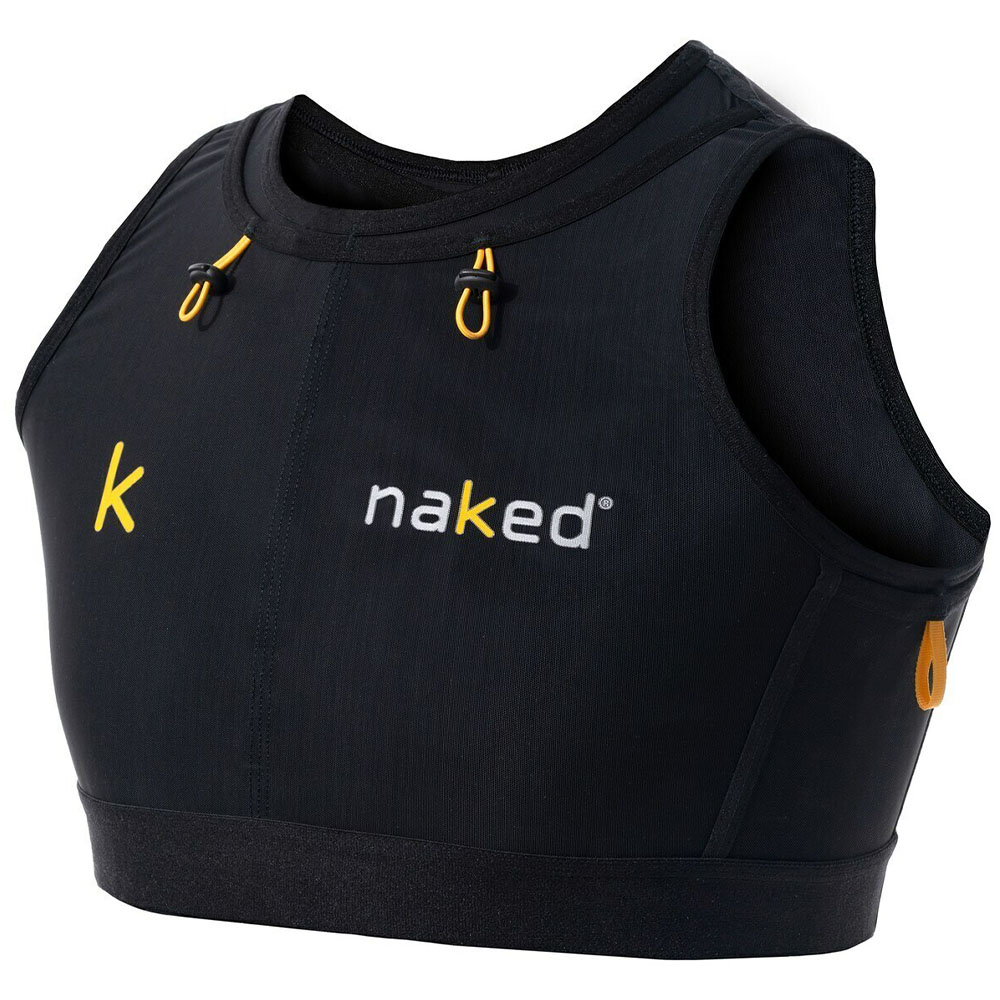
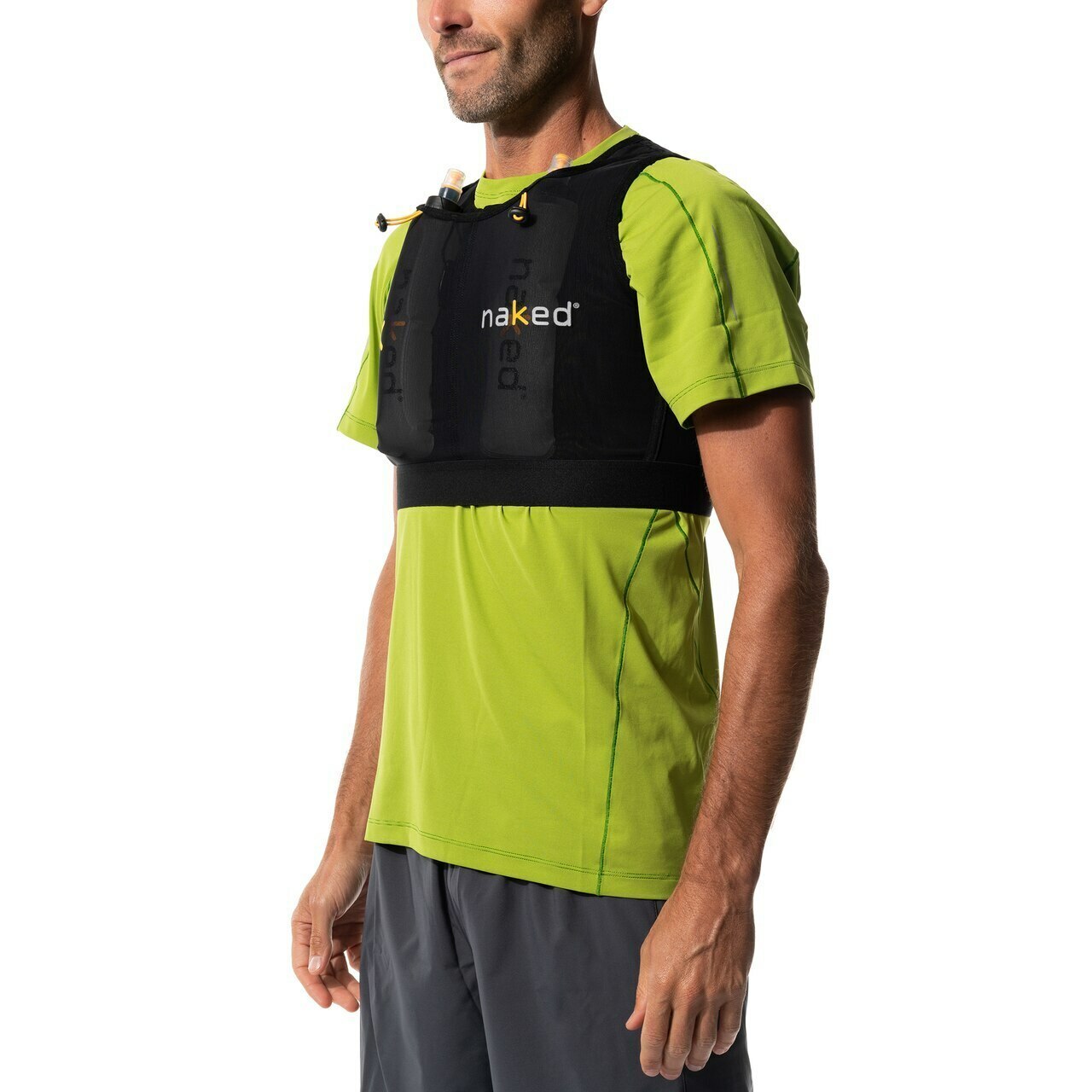


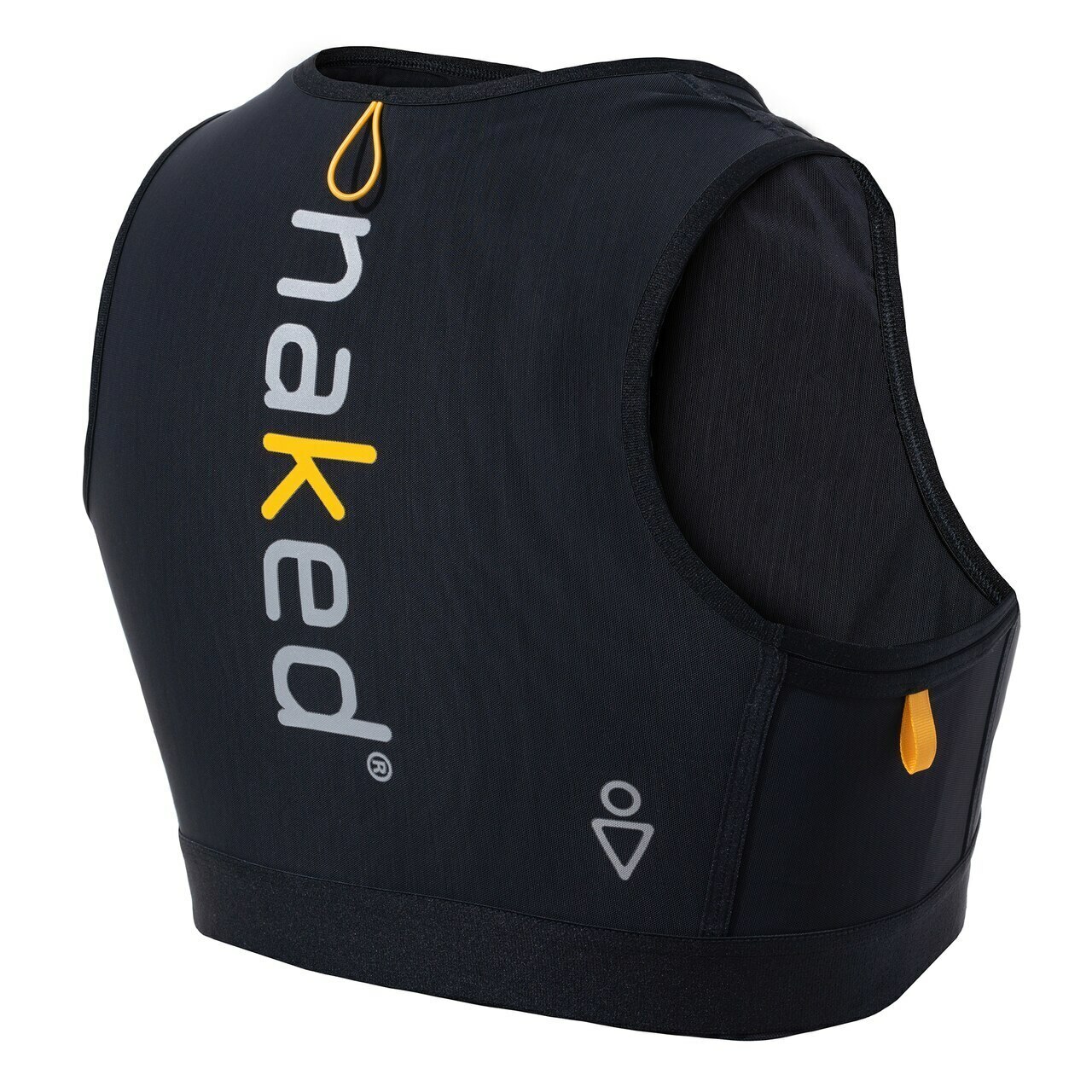
Naked® Running Vest Men
€125.00
Select options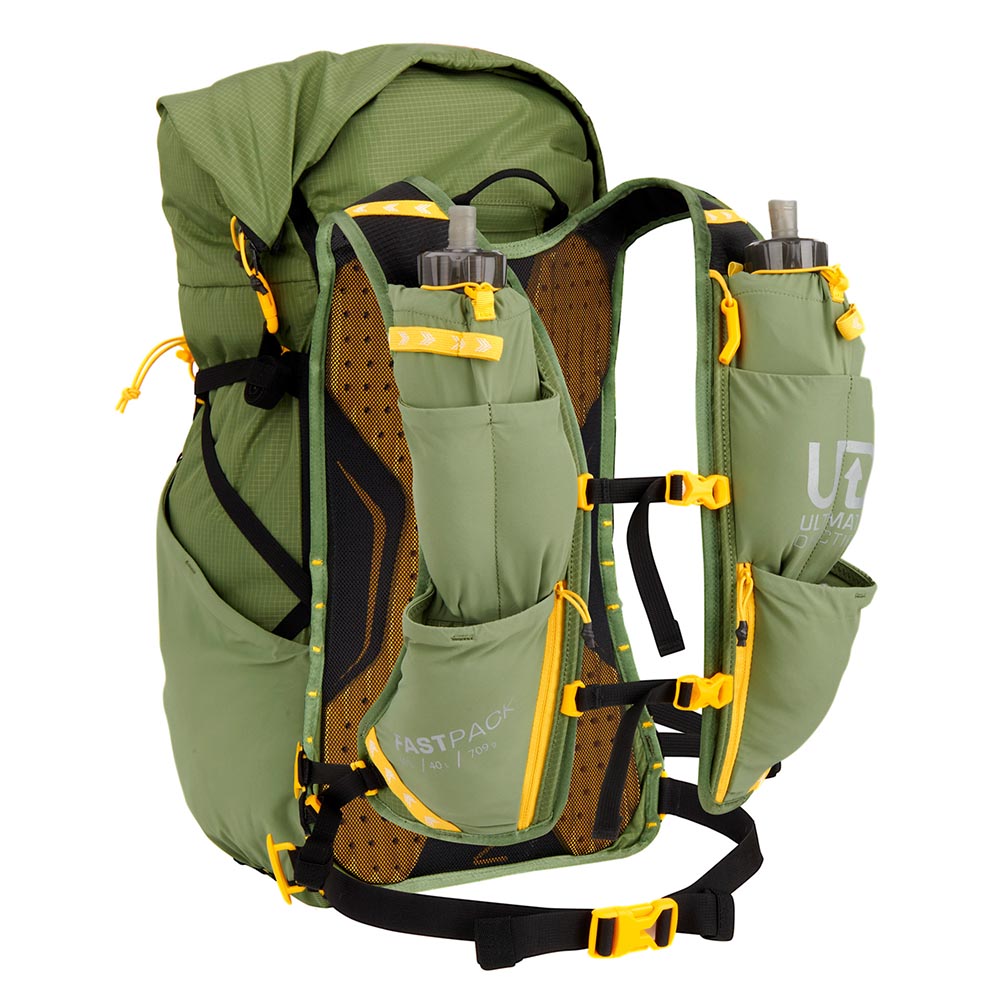
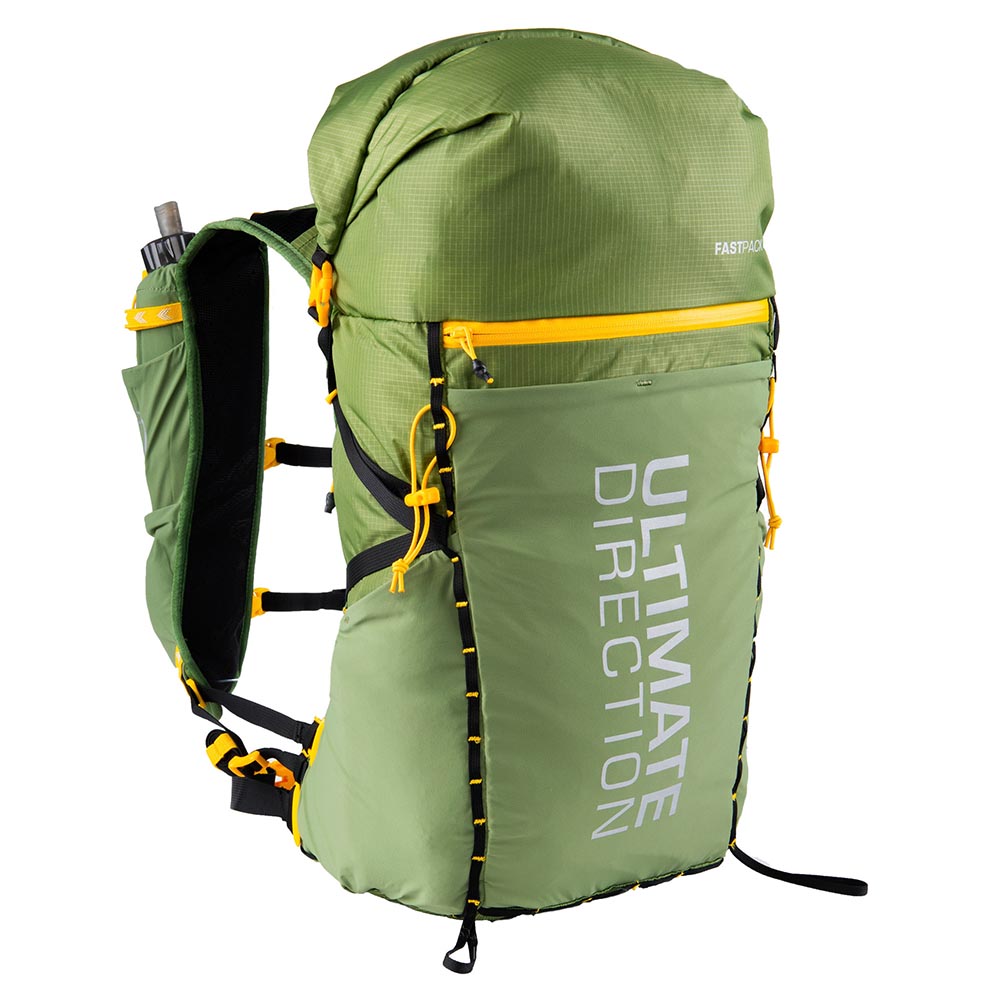

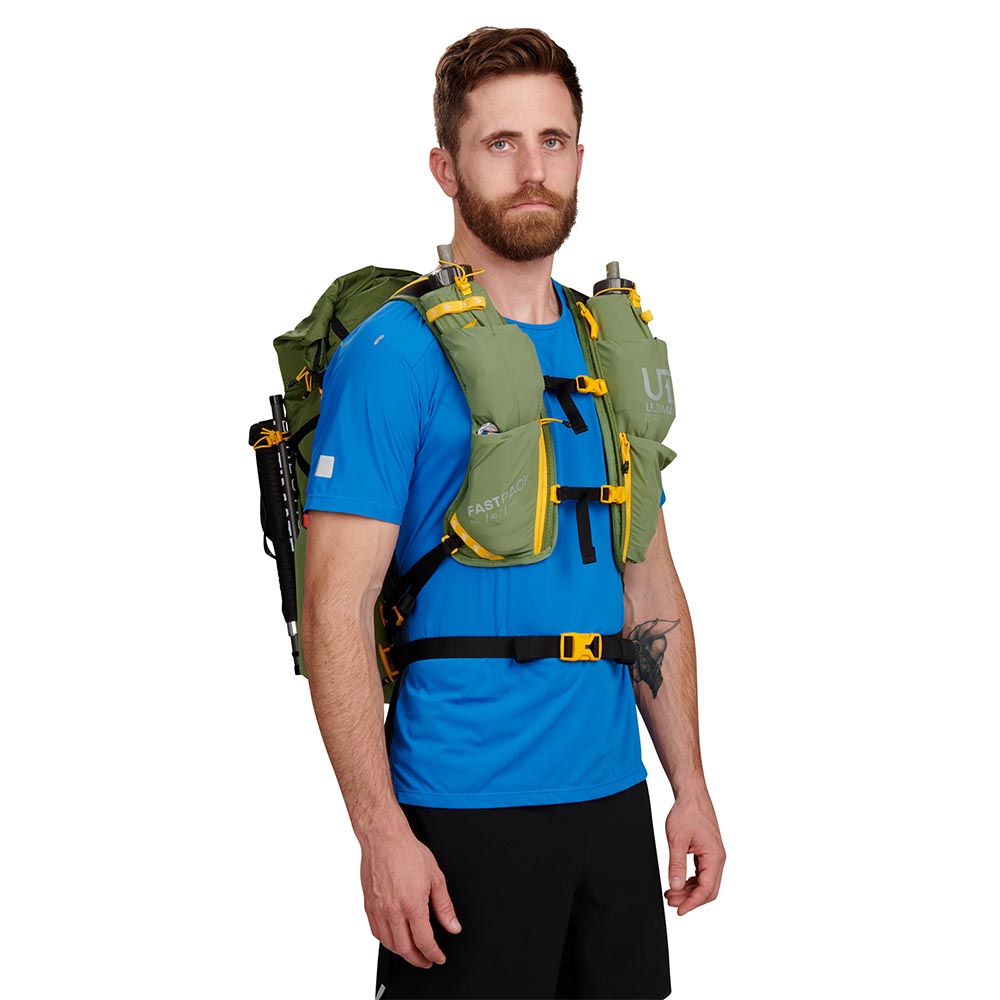

Ultimate Direction Fastpack 40 Spruce Men
€195.00
Select options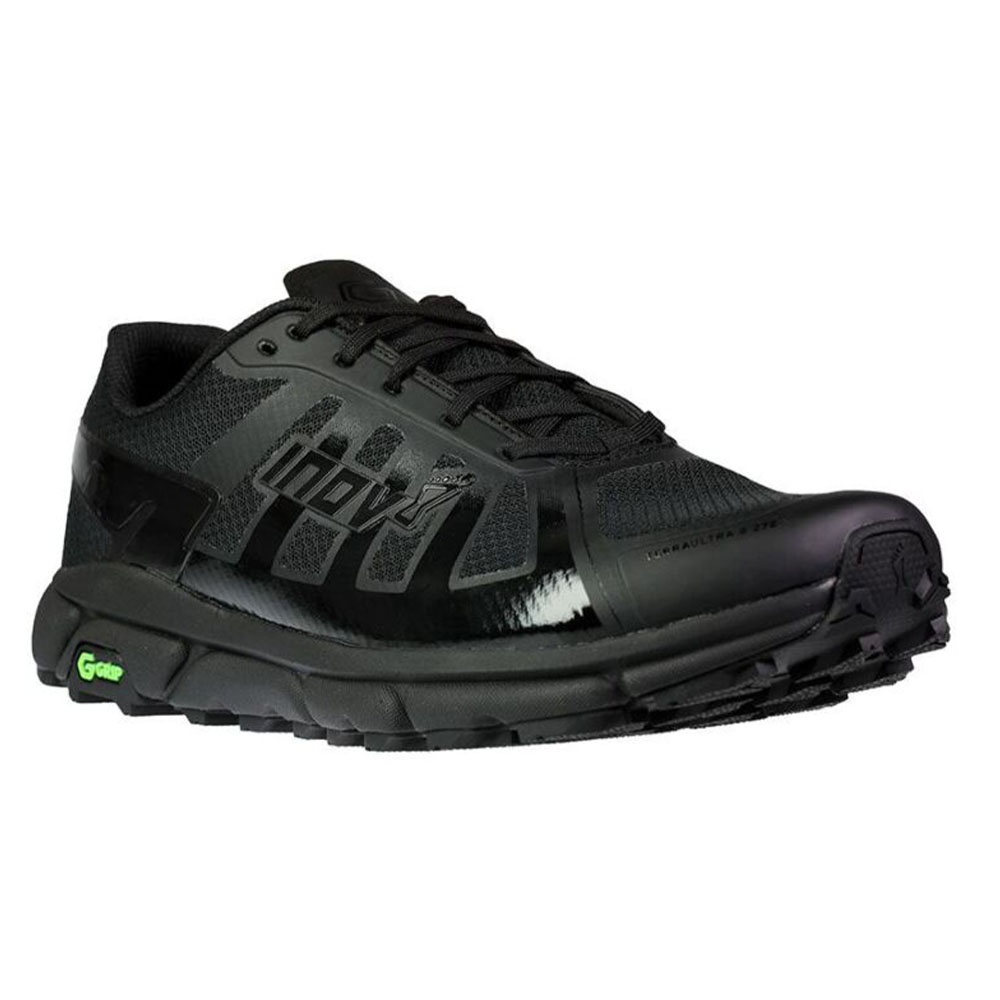



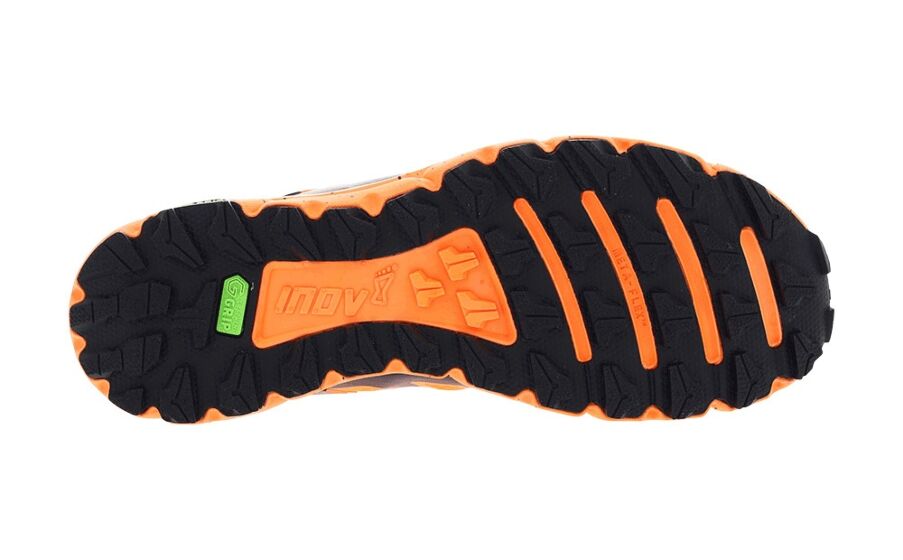
Inov8 Terraultra G 270 Orange/Black Men
€170.00
Select options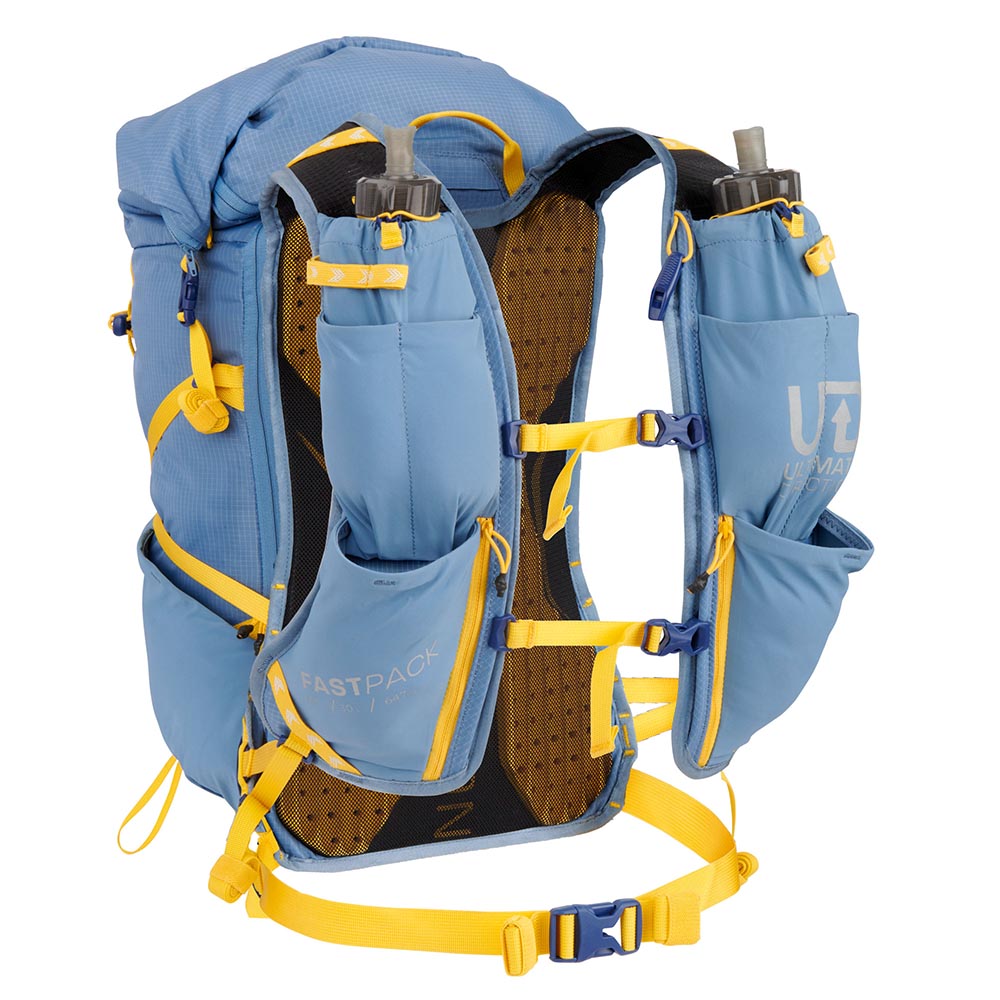



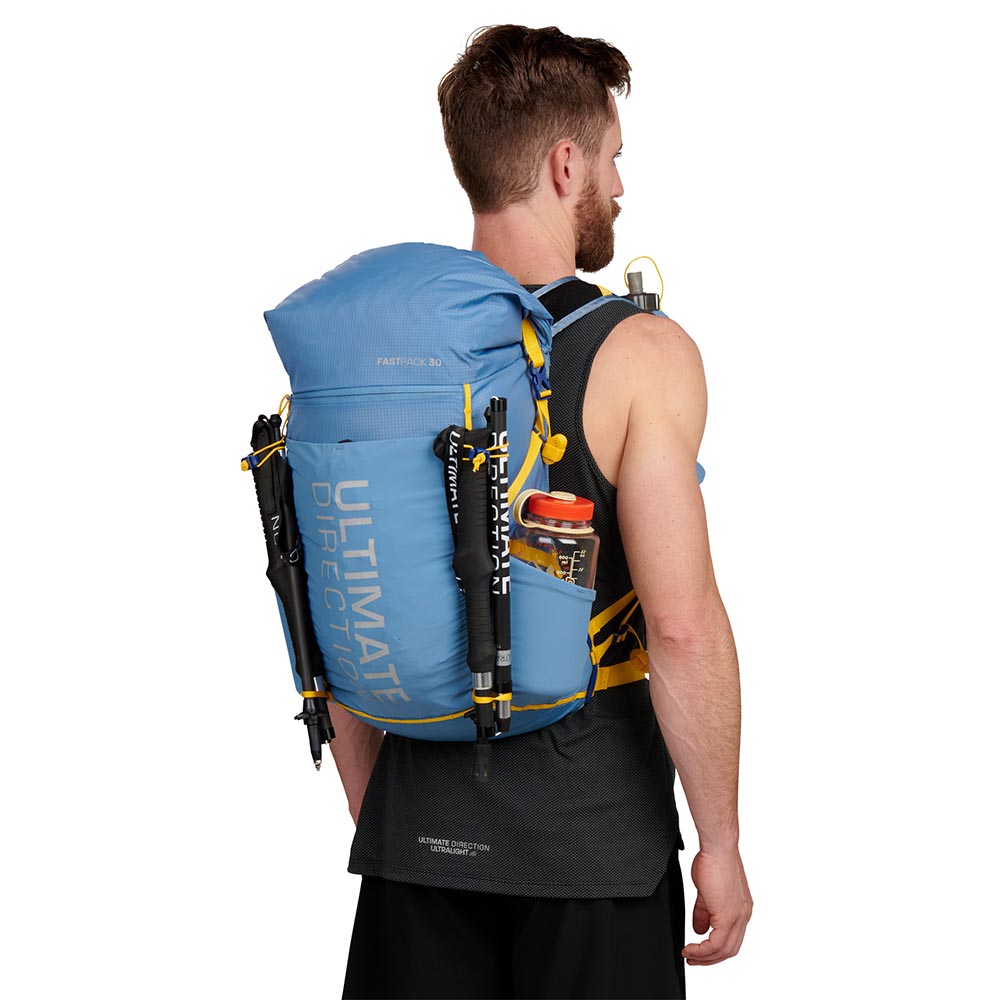
Ultimate Direction Fastpack 30 Fog Men
€180.00
Select options
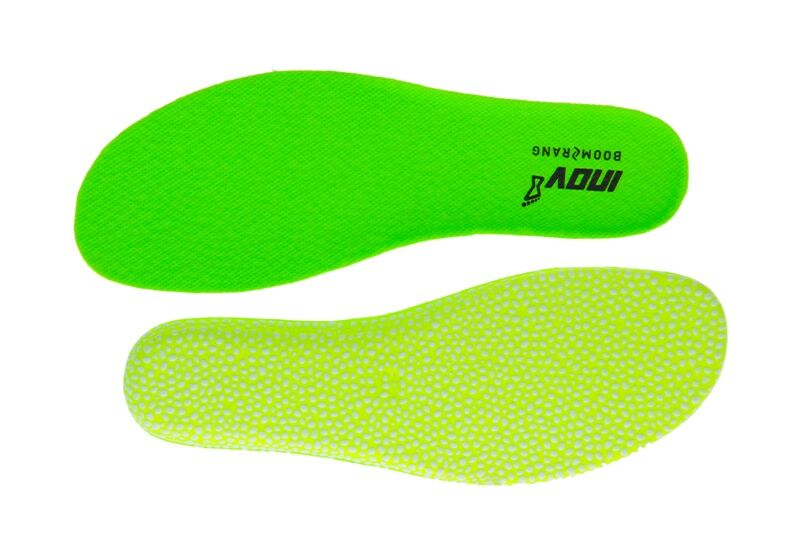

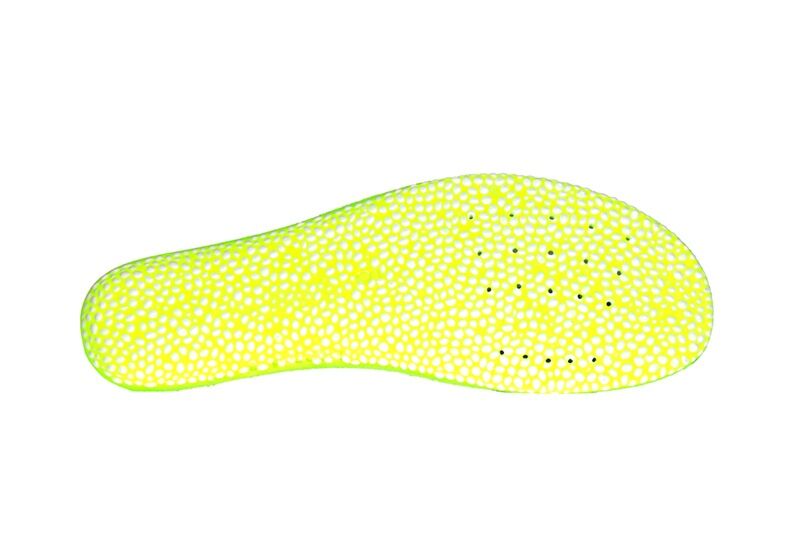

Inov8 Boomerang Footbed Green
€23.00
Select options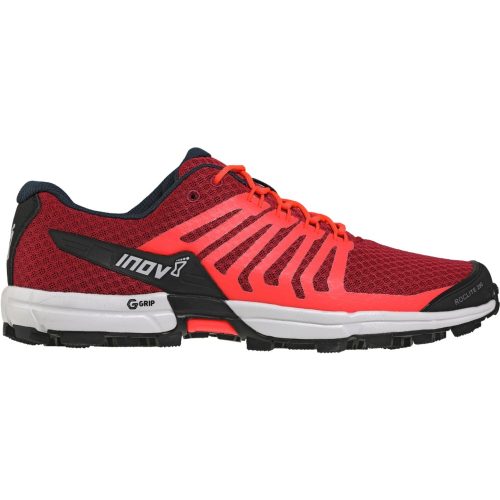
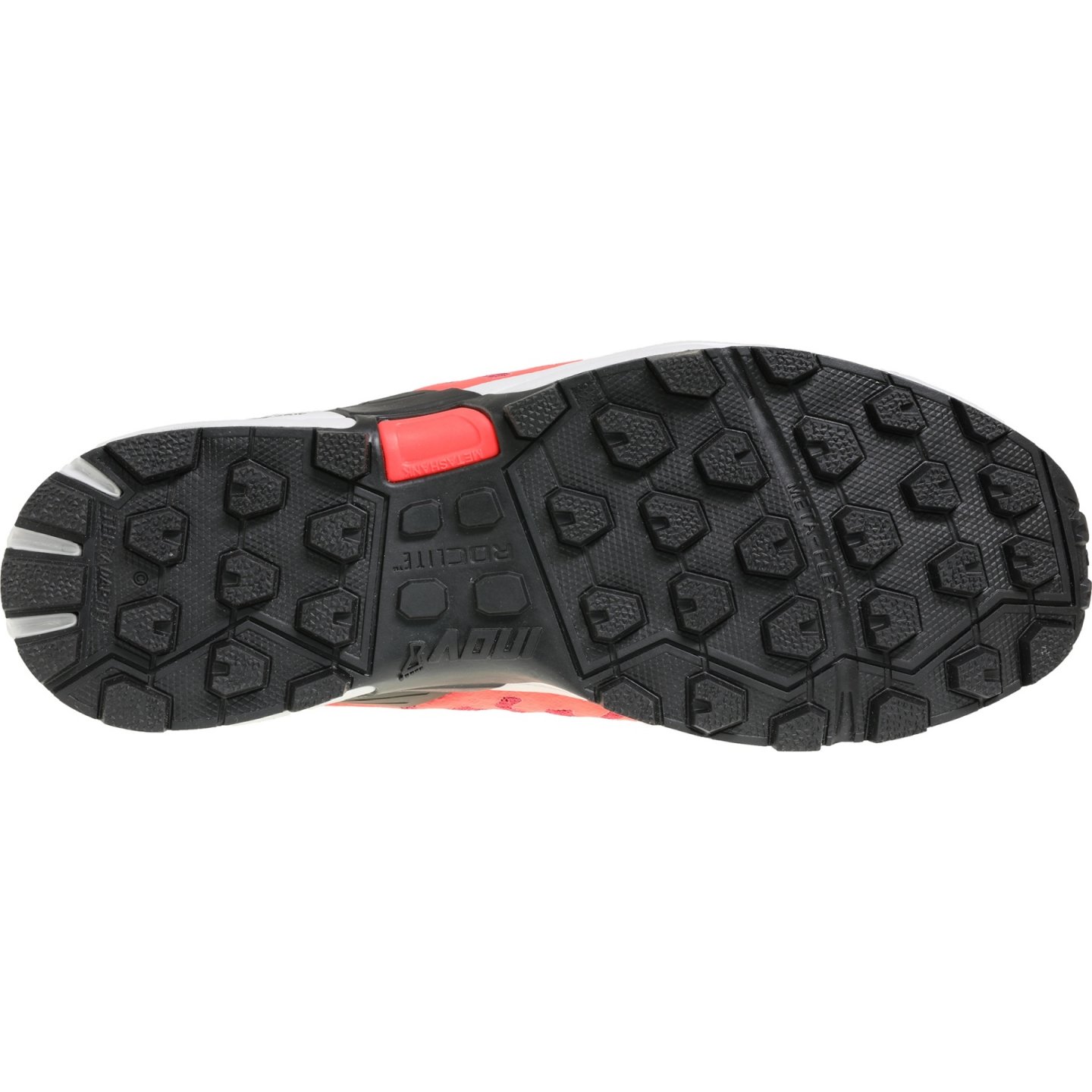

Inov8 Roclite 290 Purple/Pink Women
€140.00
Select options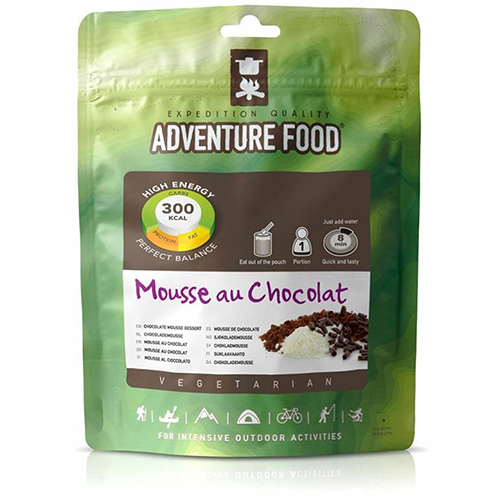
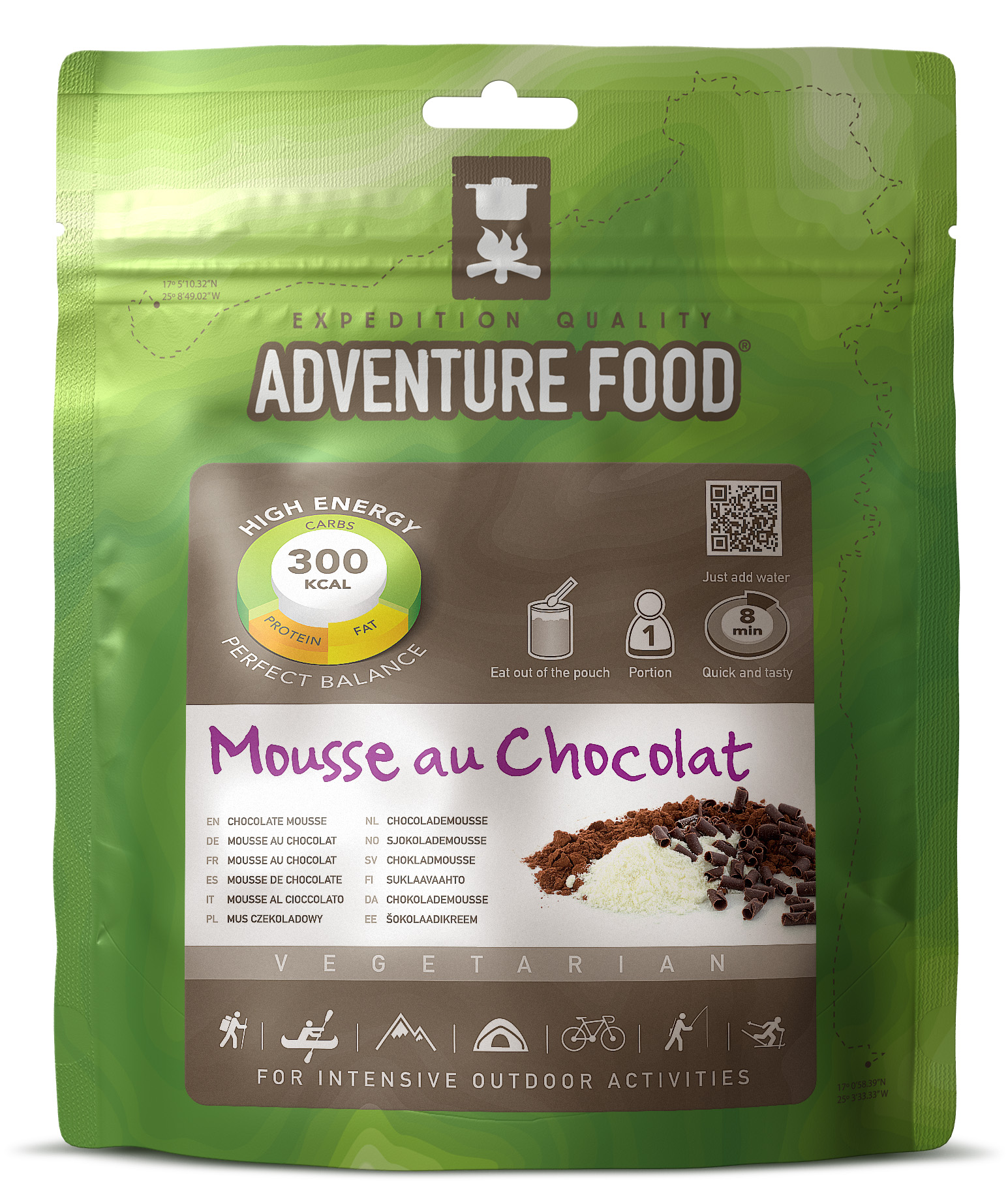

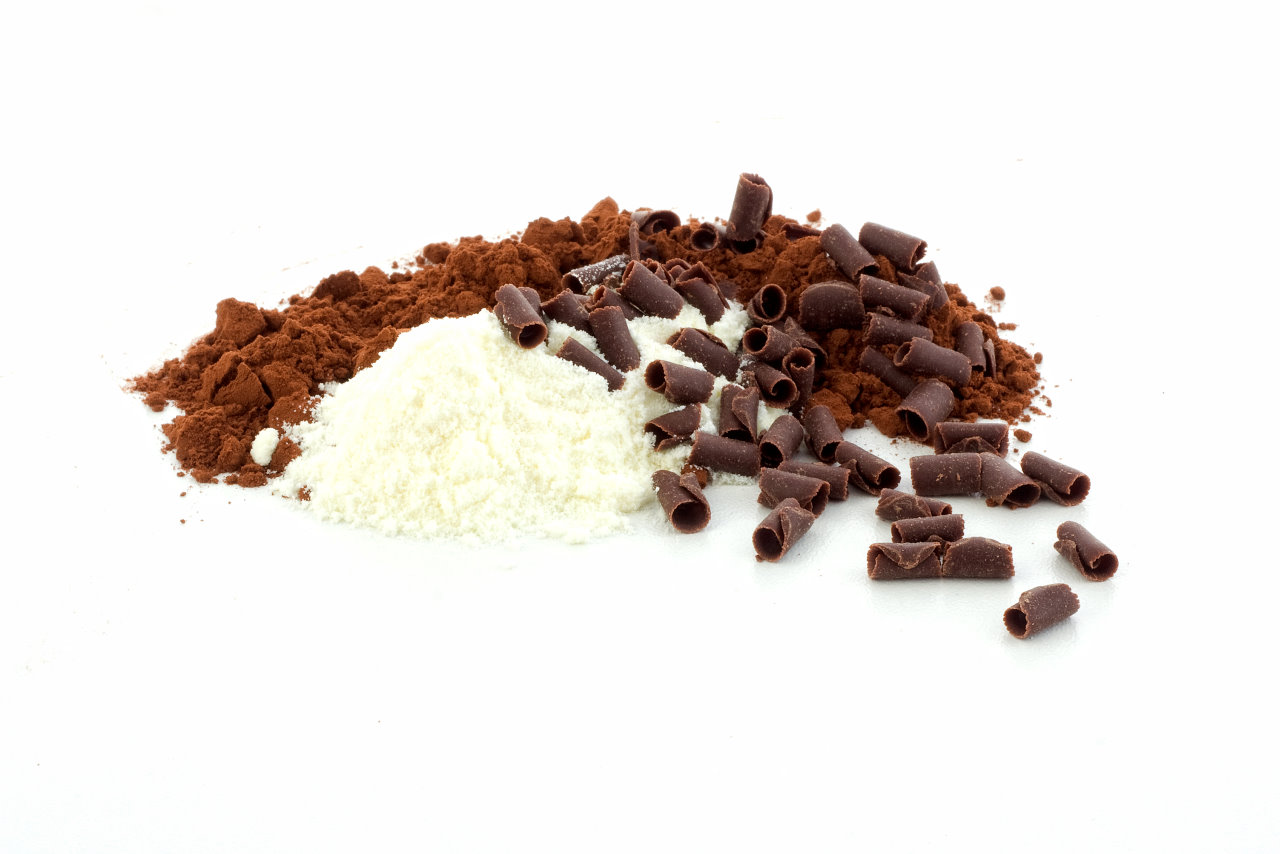
Adventure Food Mousse au Chocolat
€3.95
Add to cart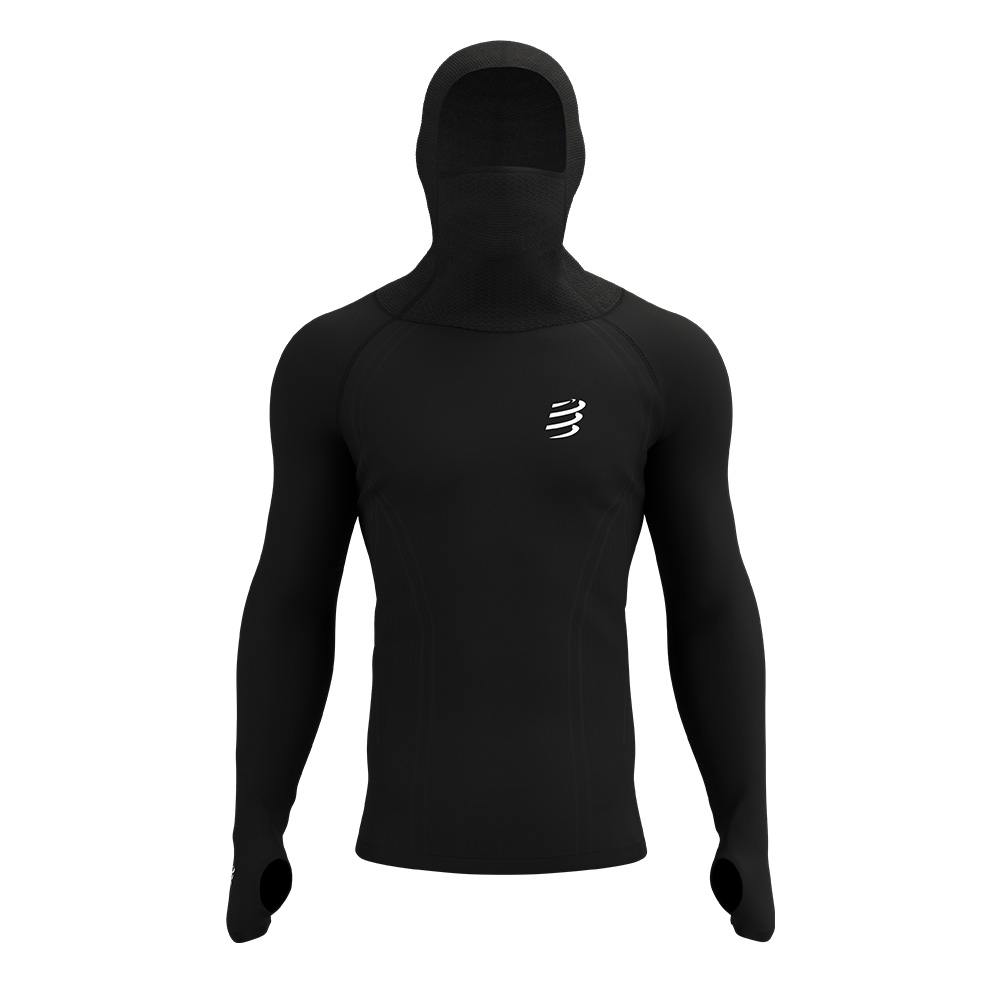


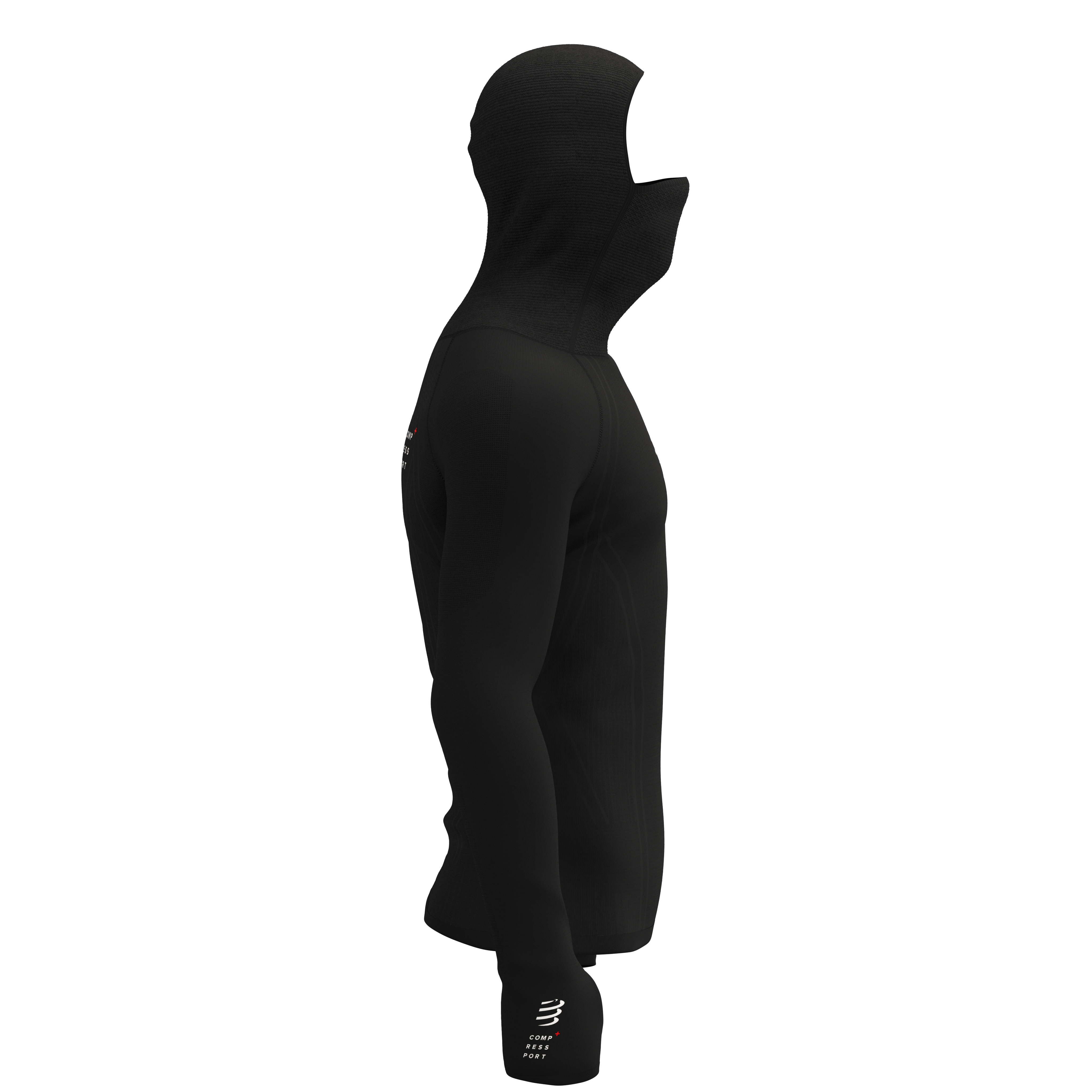
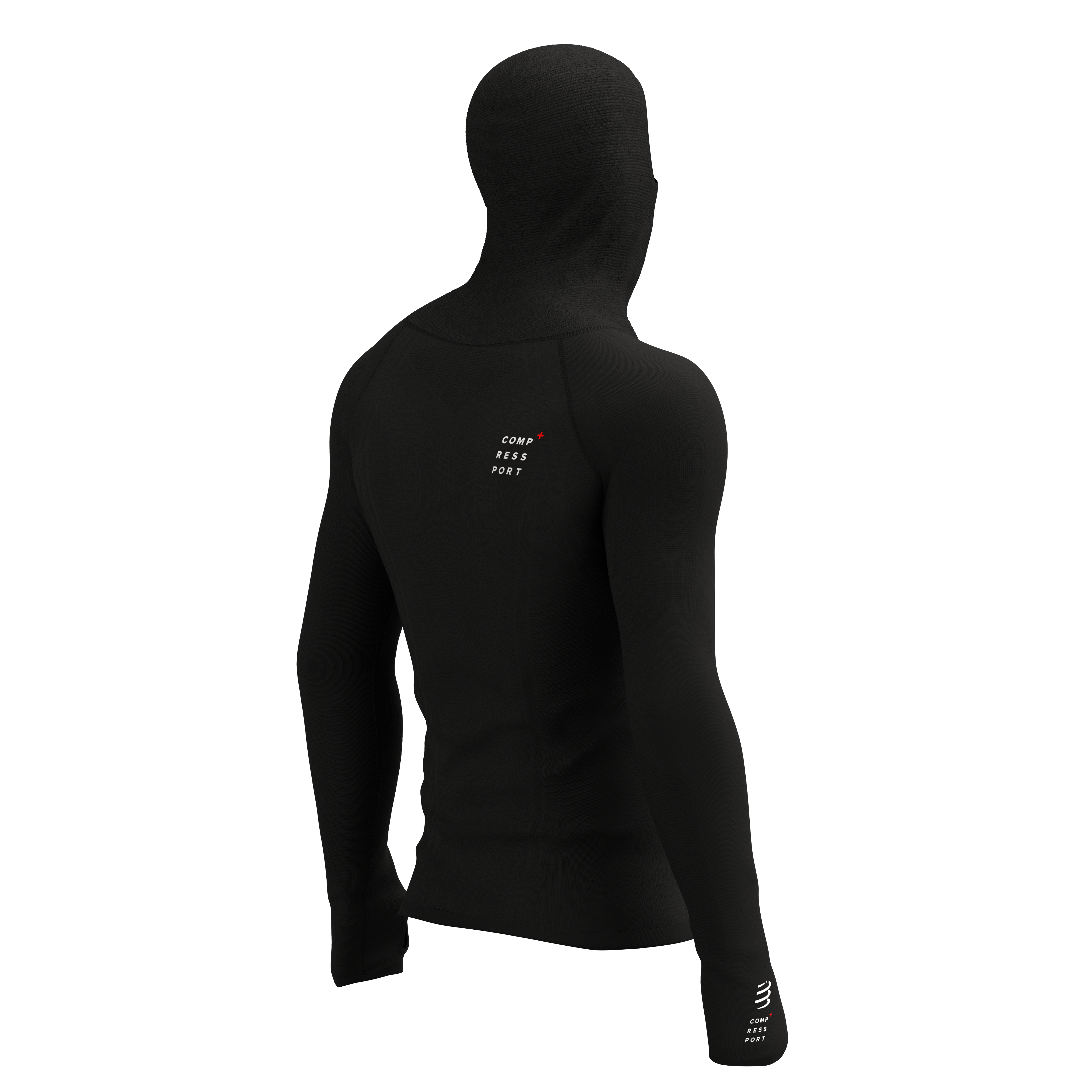
Compressport 3D Thermo Ultralight Racing Hoodie Black
€100.00
Select options- Sale!
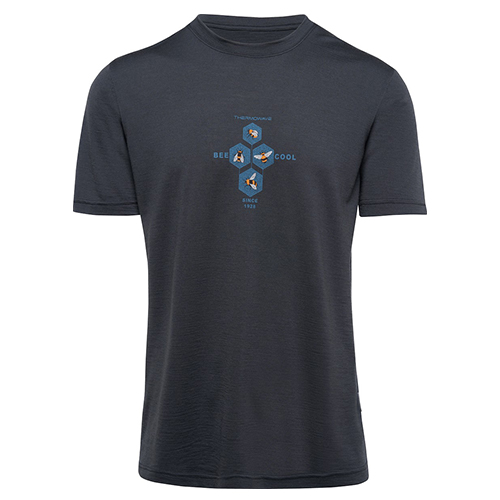
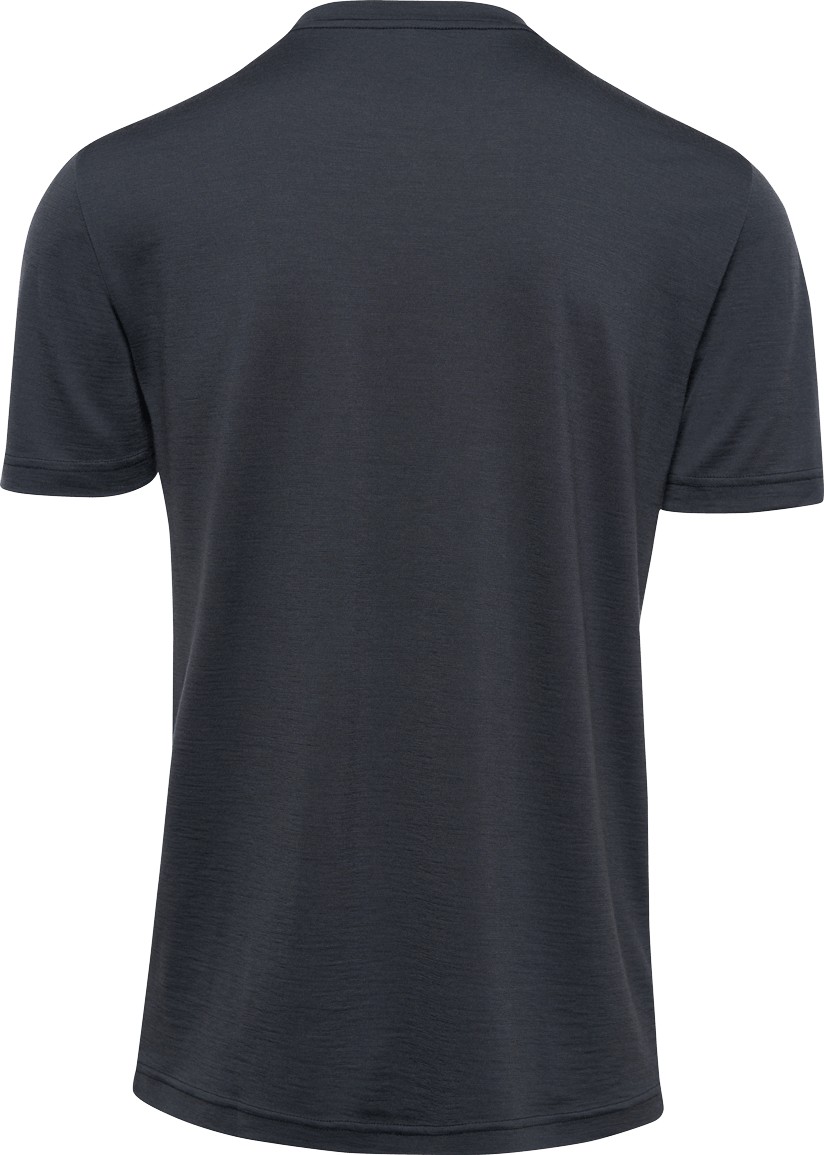

Thermowave MERINO LIFE SHORT-SLEEVE SHIRT size L men black
€40.00
Add to cart 
Inov8 Reservoir 1L
€28.00
Add to cart
Vitamine C
€26.80
Add to cart
Methialyn
€39.90
Add to cart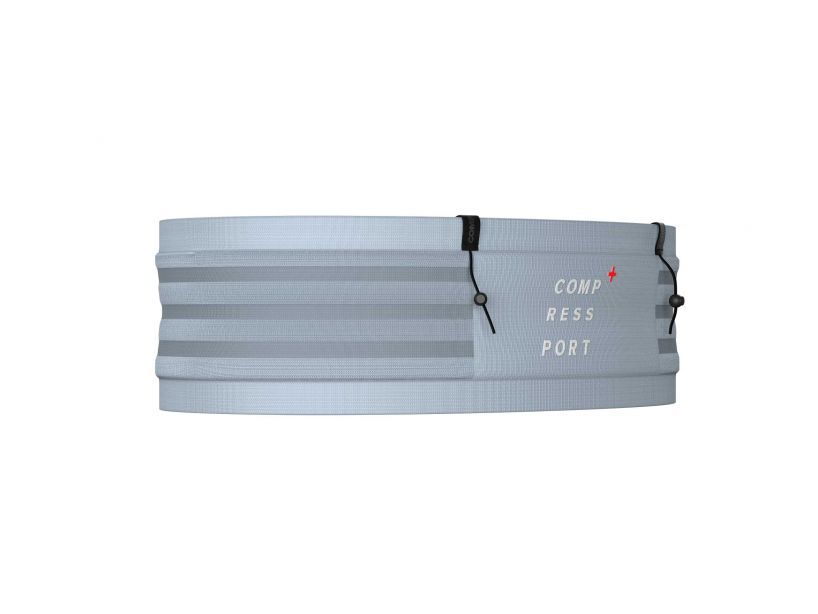
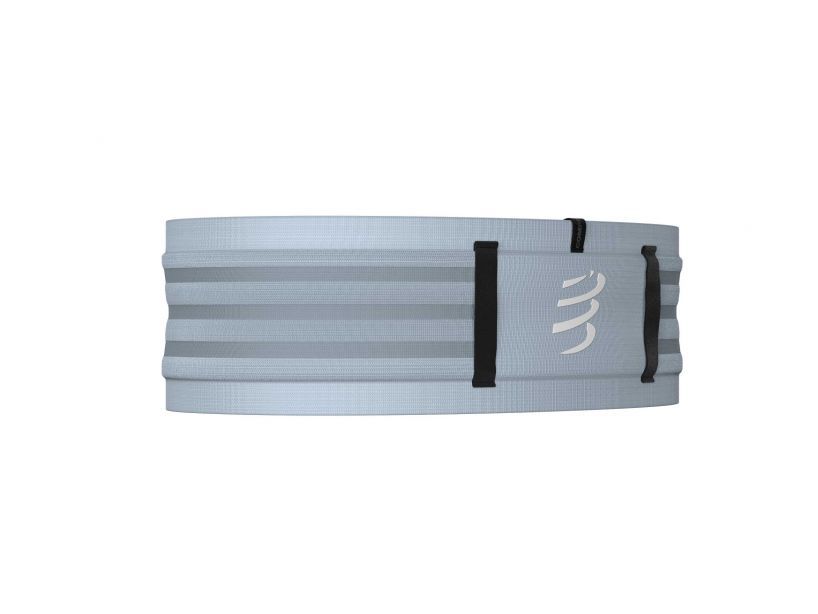

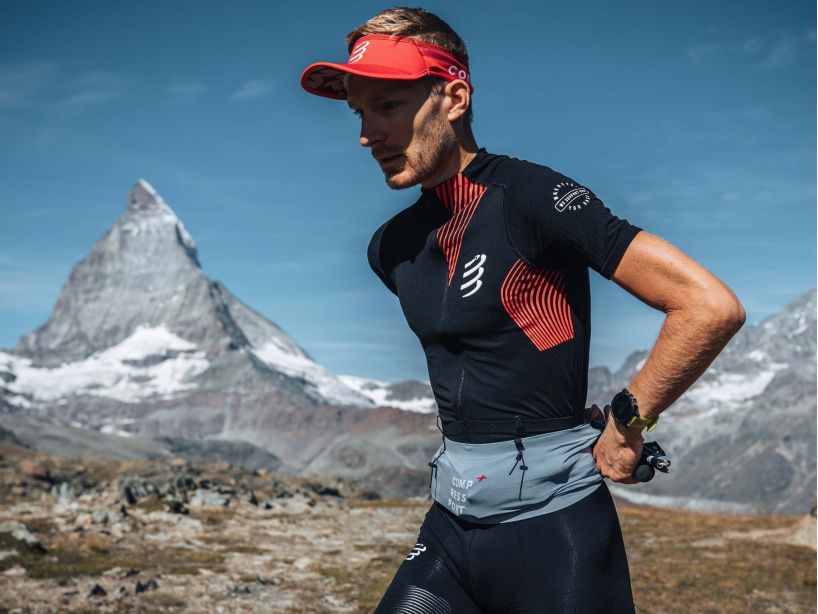
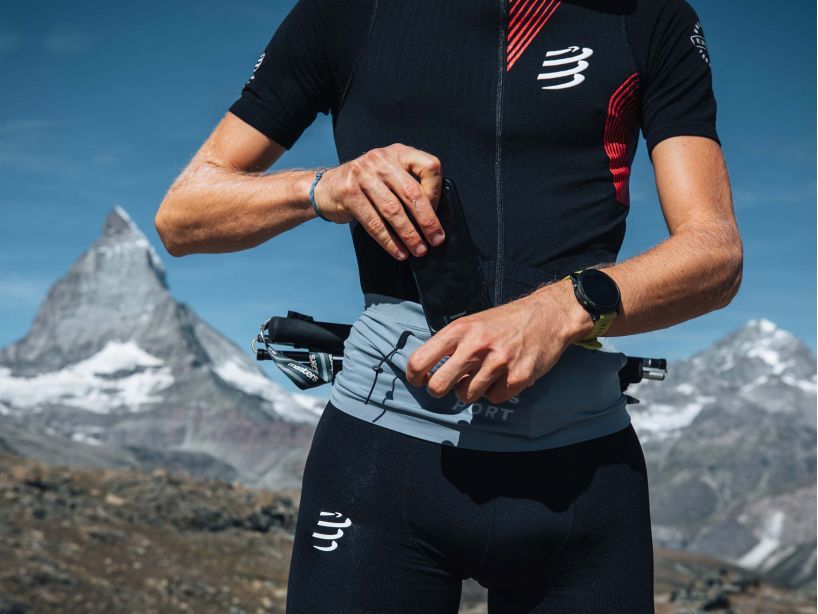
Compressport FREE BELT PRO TRADEWIND
€45.00
Select options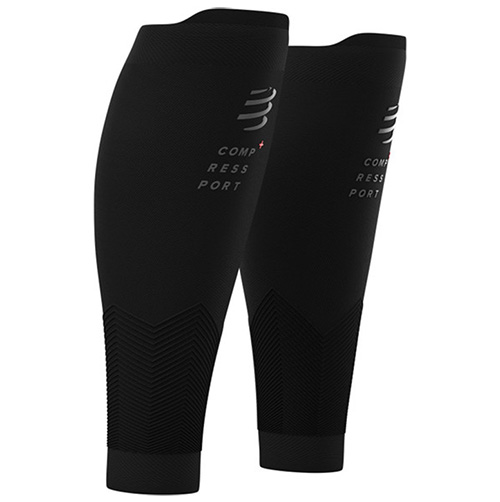
Compressport R2V2 Flash Calf Sleeves
€40.00
Select options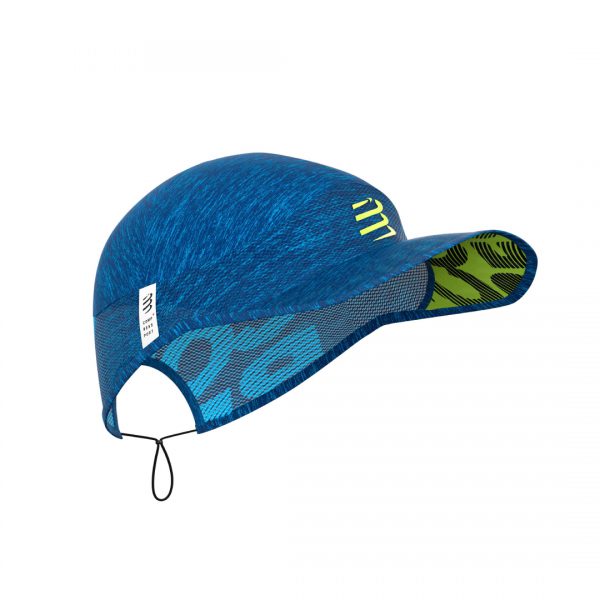
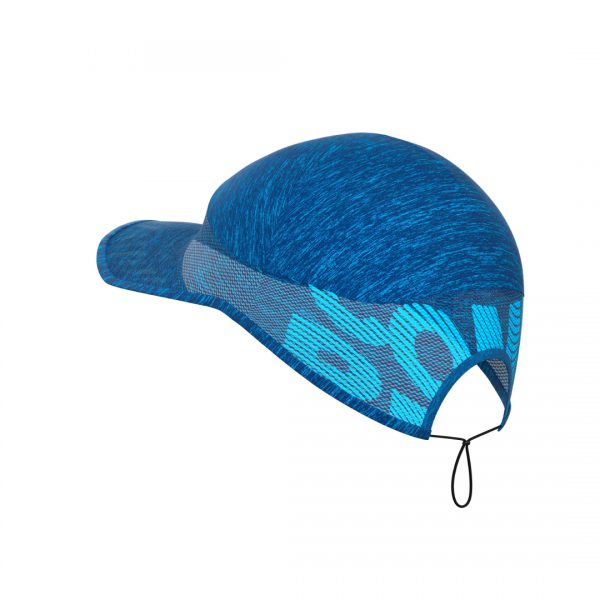

Compressport Pro Racing Cap Blue Melange One Size
€29.00
Add to cart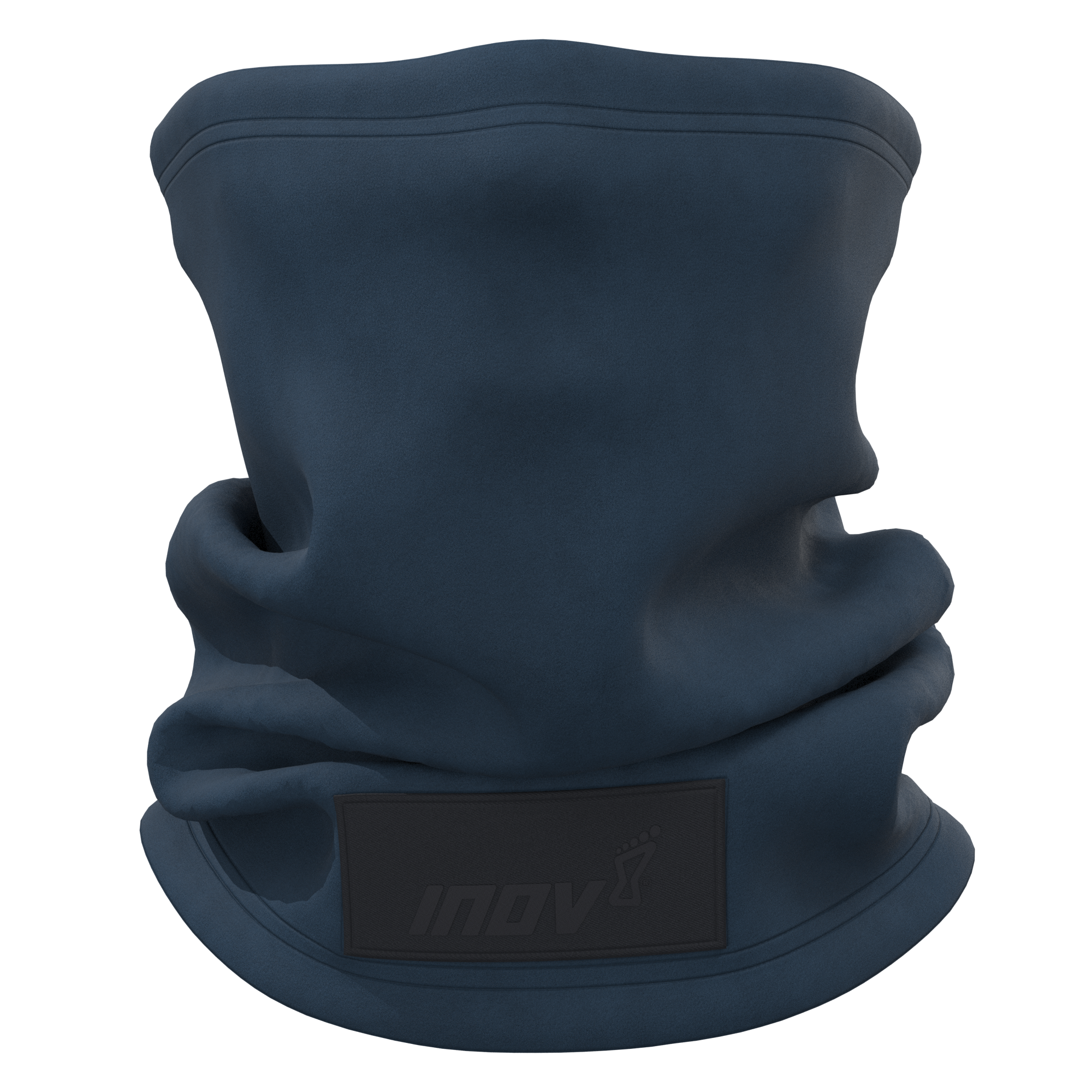
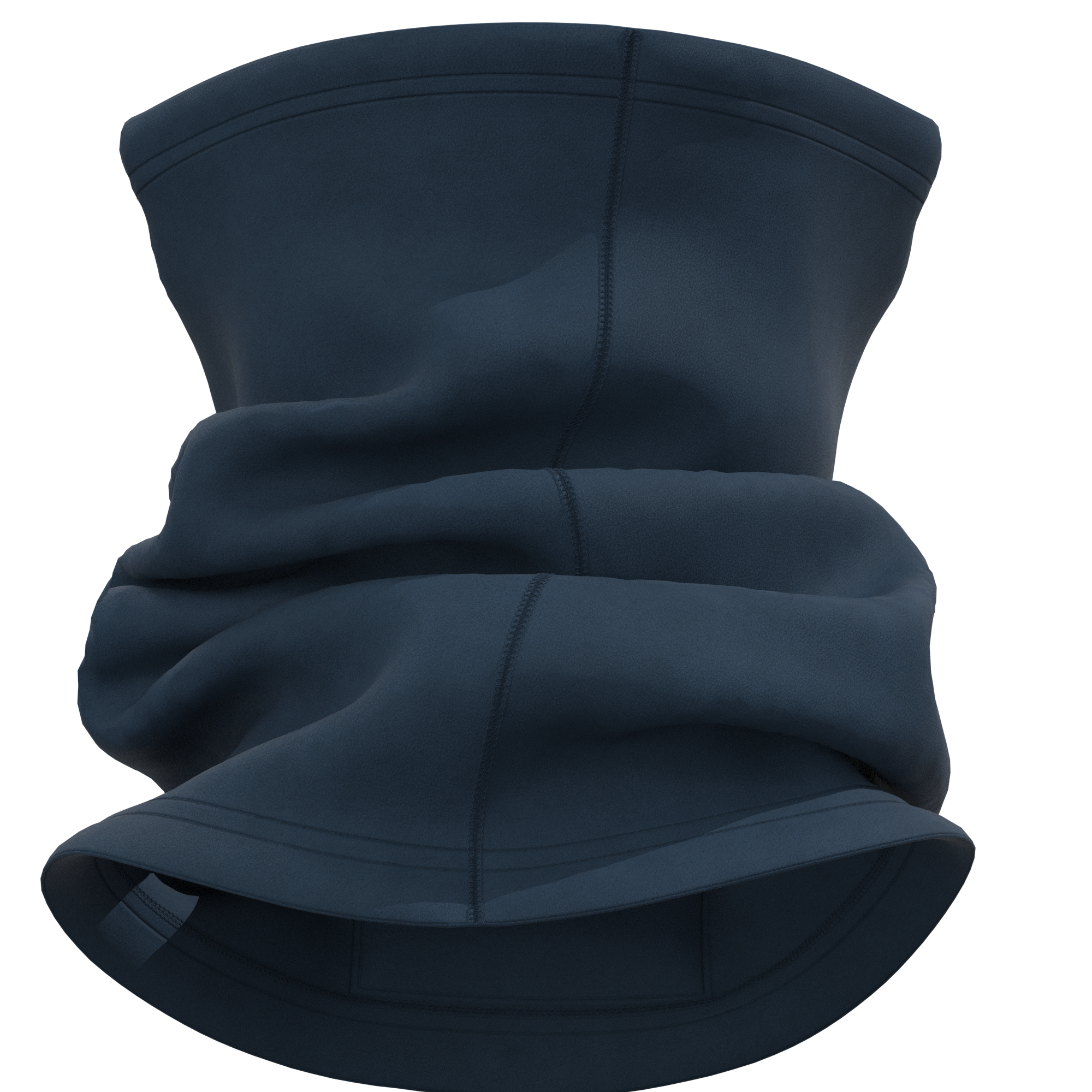

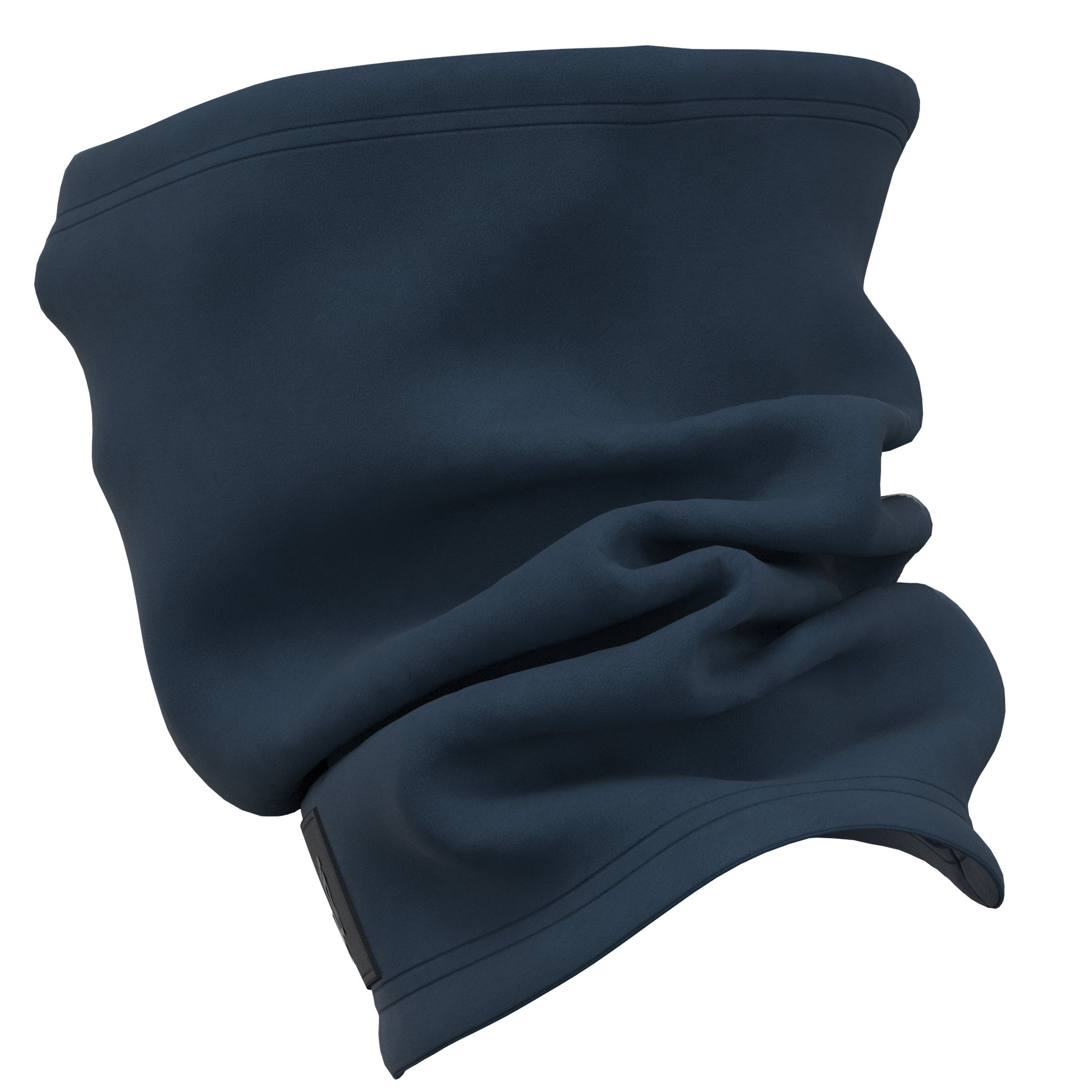

Inov8 Thermal Snood One Size
€21.00
Add to cart
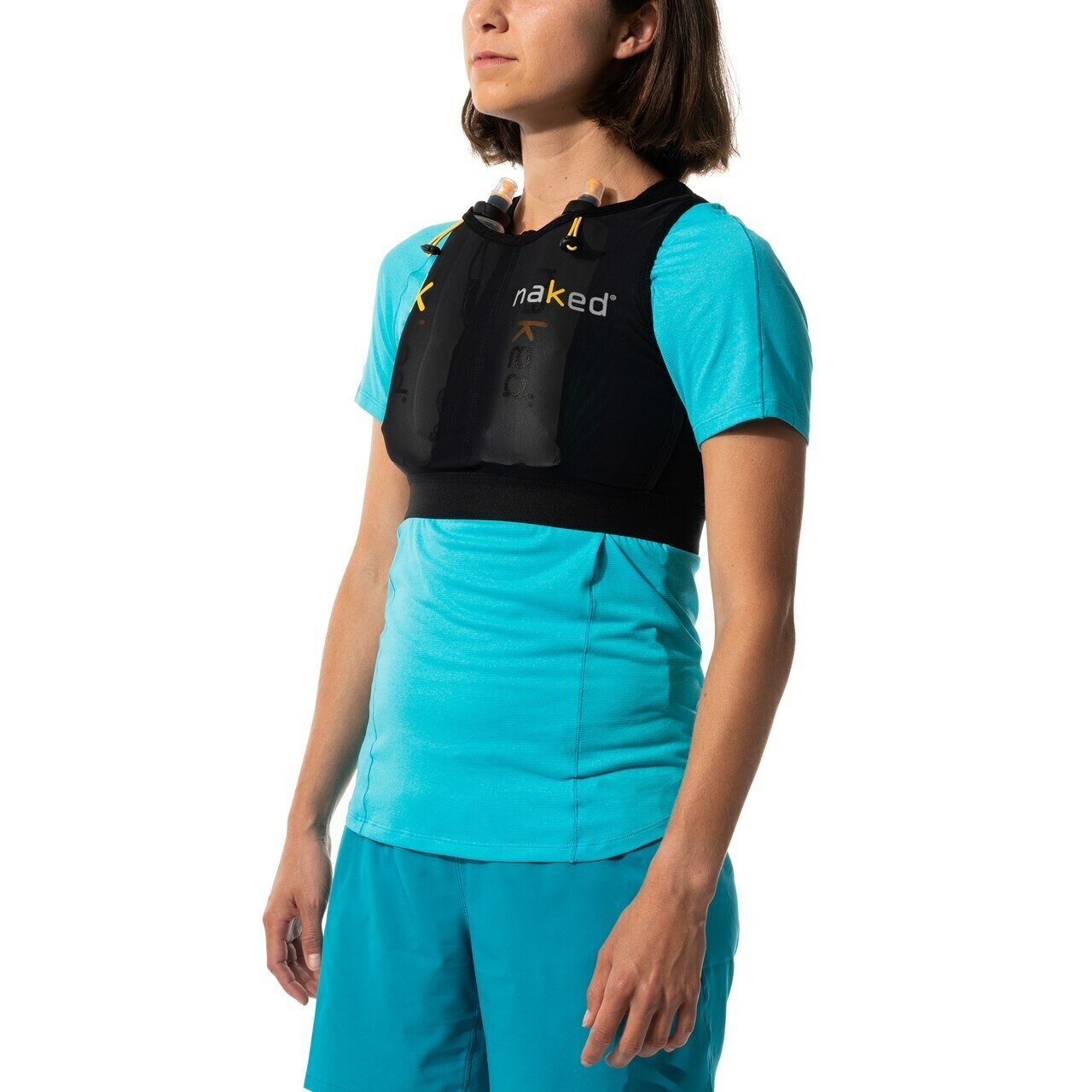


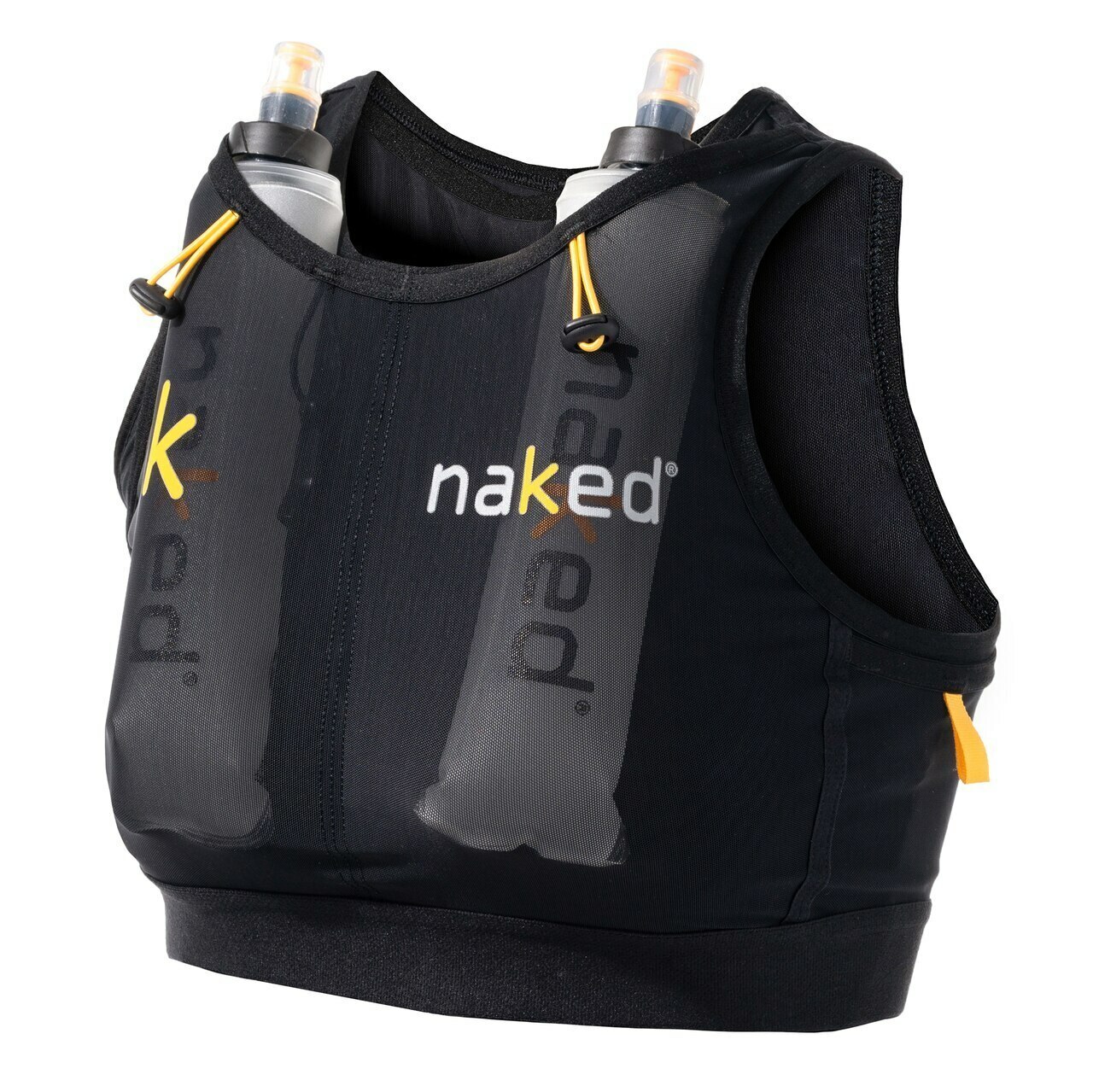
Naked® Running Vest Women
€125.00
Select options- Sale!
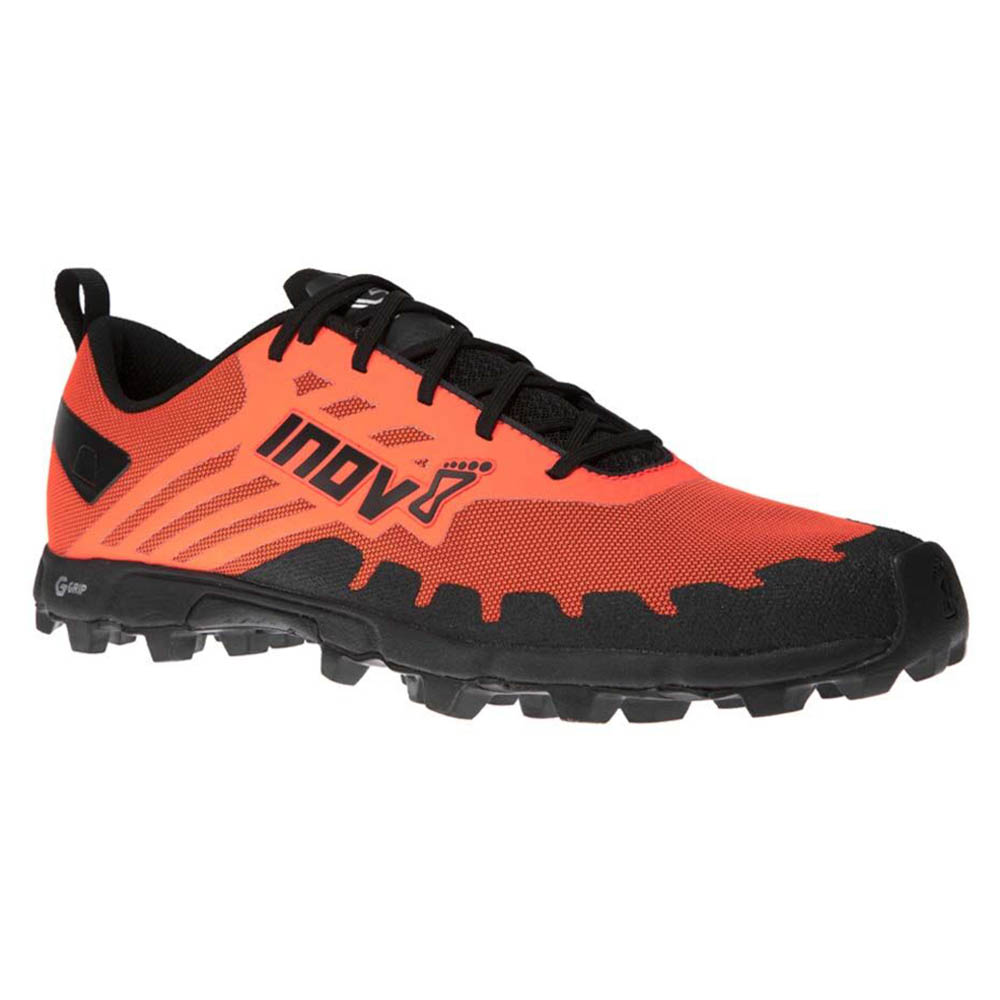
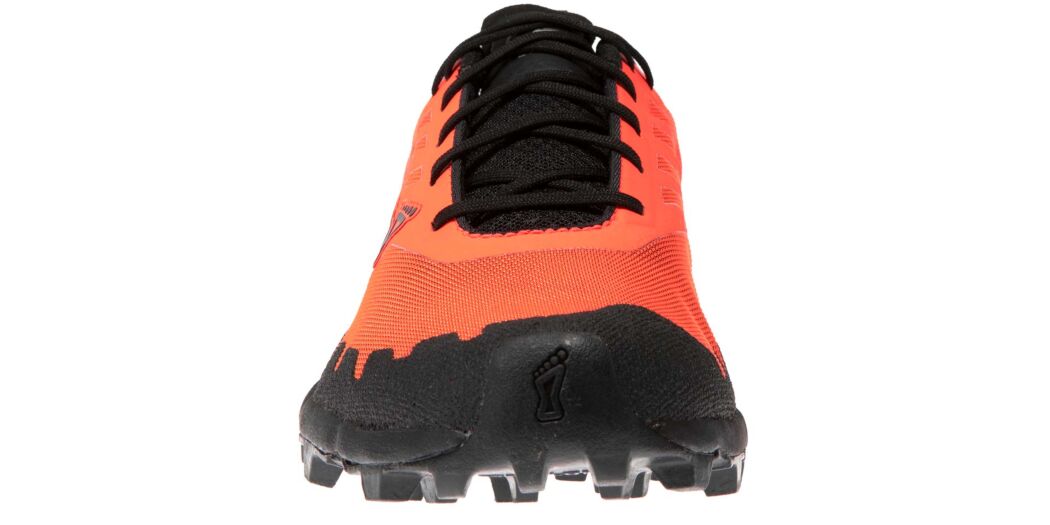


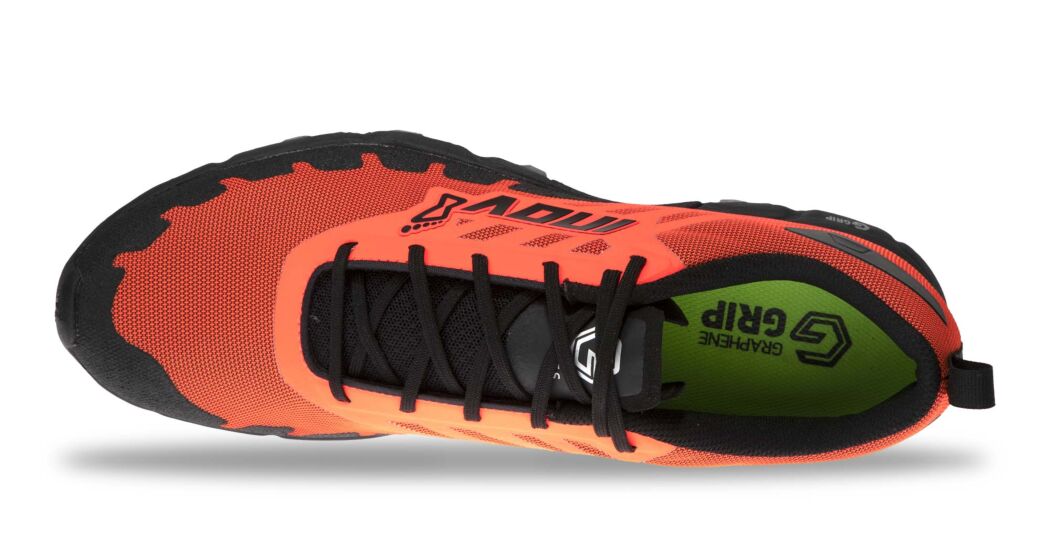
Inov8 X-Talon G 235 Orange/Black Men
€109.00
Select options 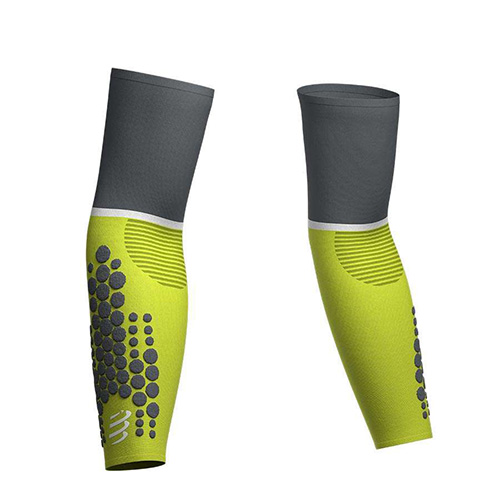
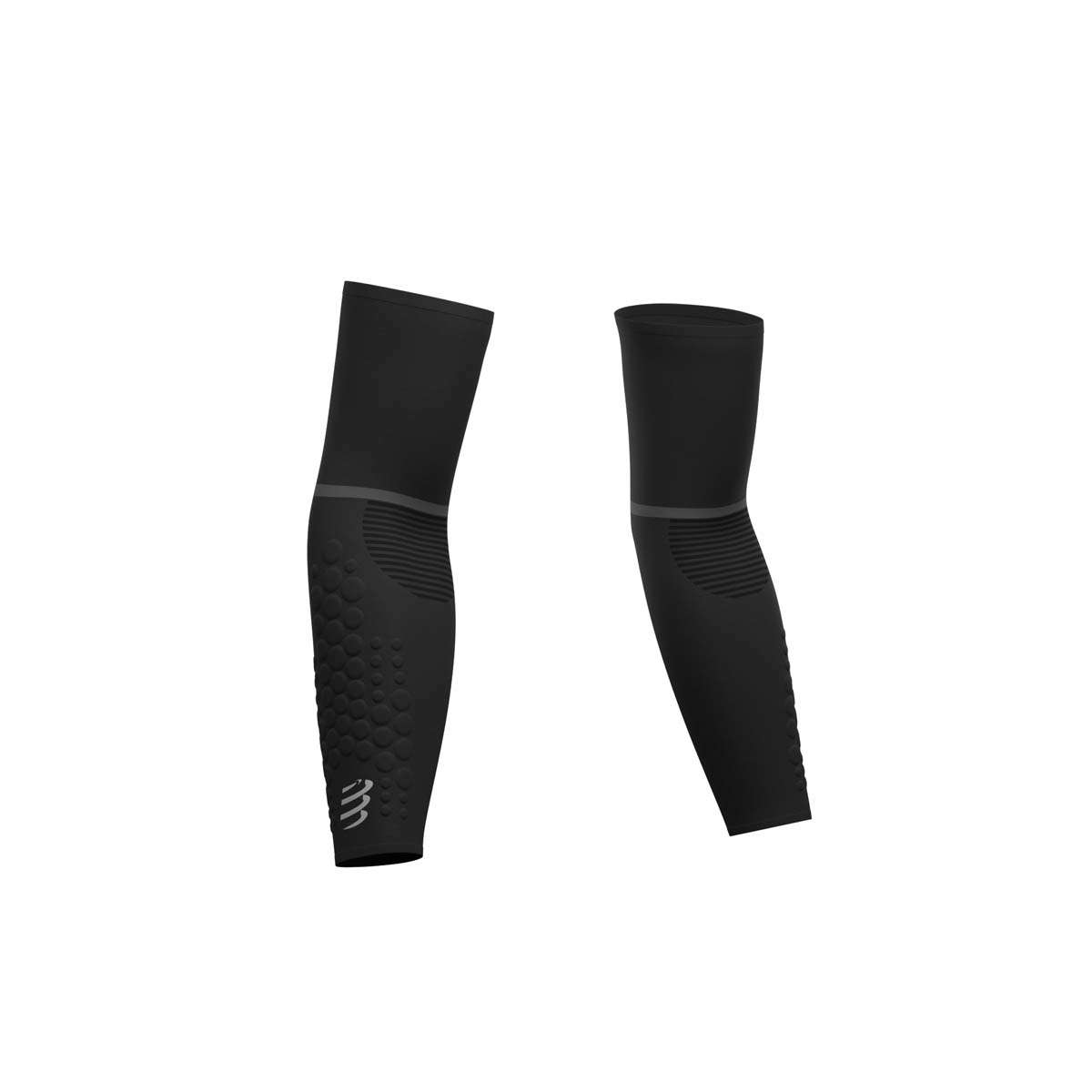


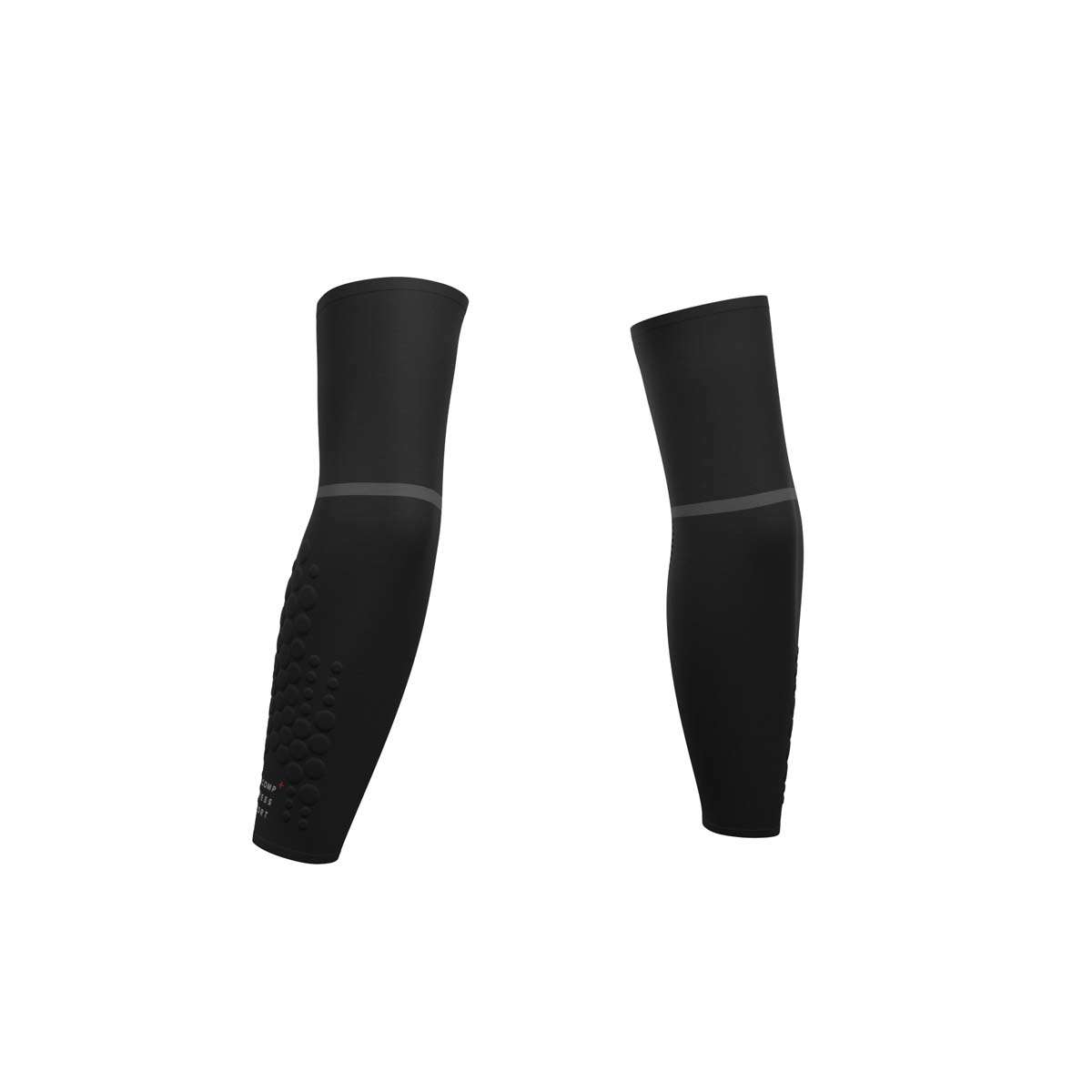
Compressport Armforce Ultralight
€30.00
Select options
Compressport 3D Thermo 50G LS Tshirt Black – Men
€90.00
Select options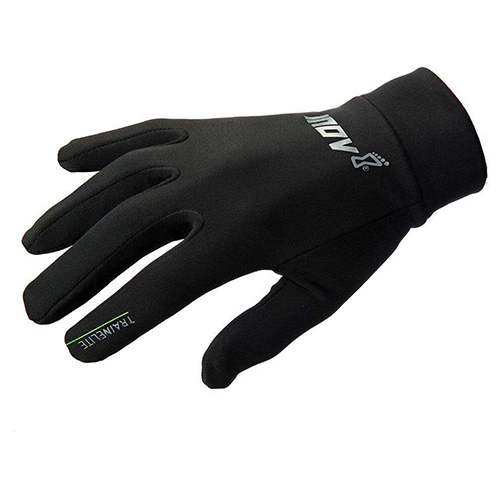
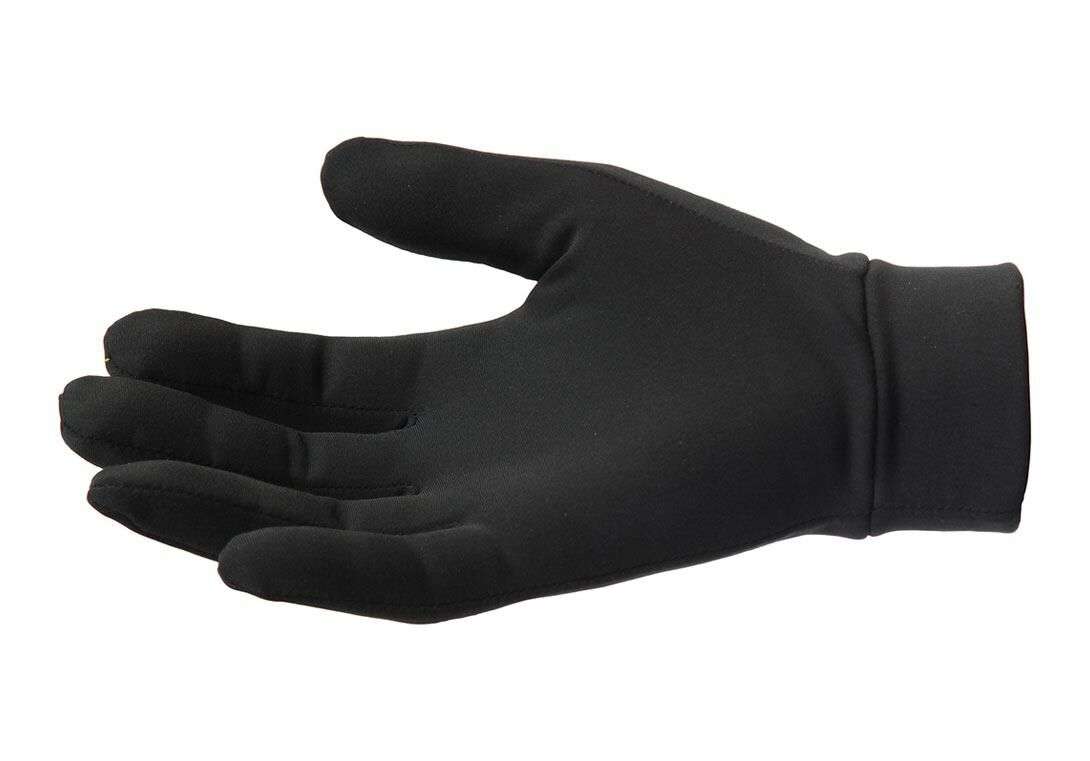

Inov8 Train Elite Glove Black Unisex
€17.00
Select options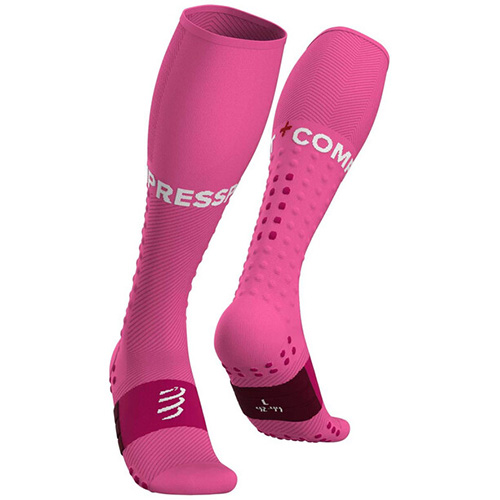
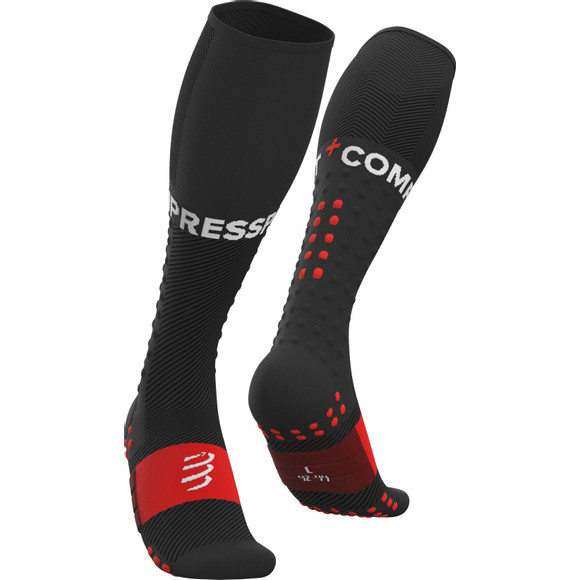

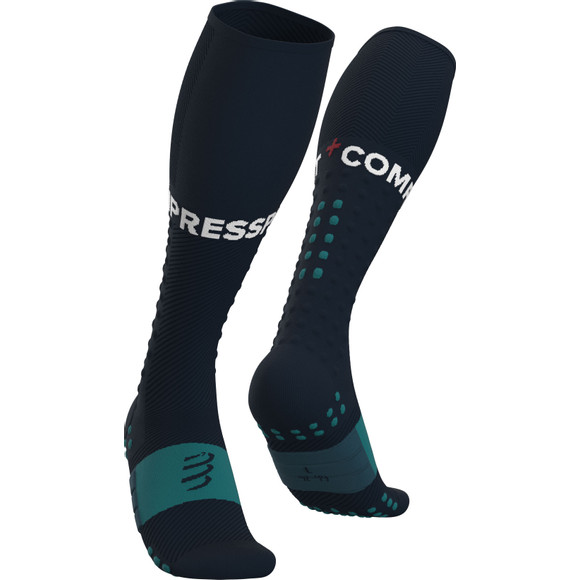

Compressport Full Socks Run
€40.00
Select options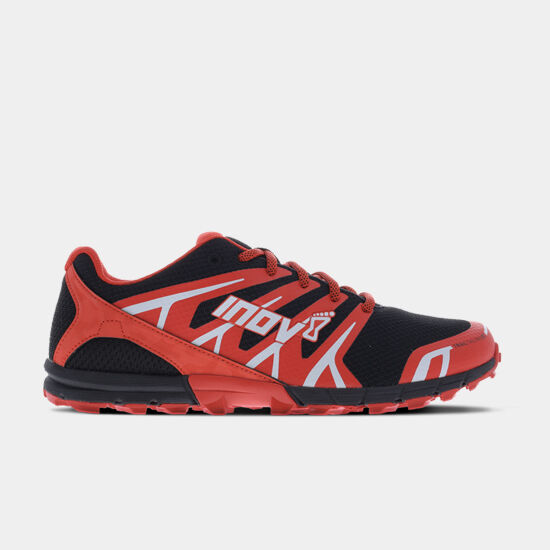
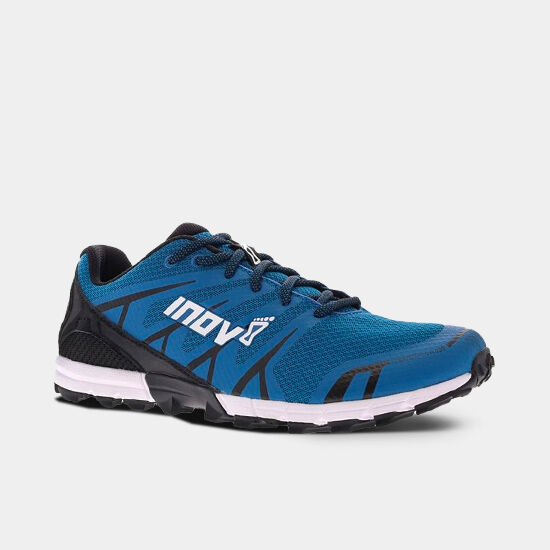


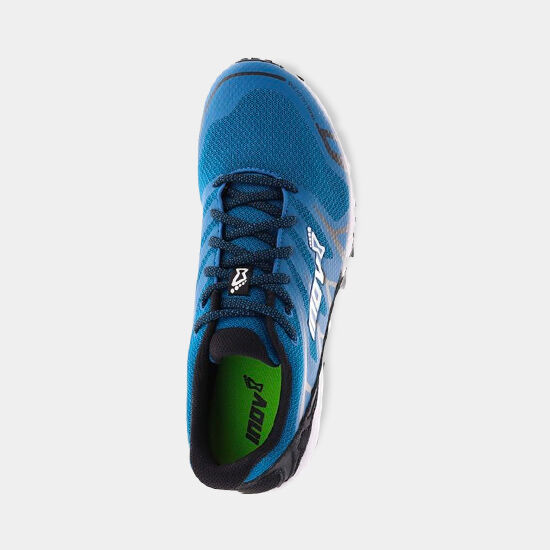
Inov8 Trailtalon 235 Men
€140.00 – €145.00
Select options- Sale!

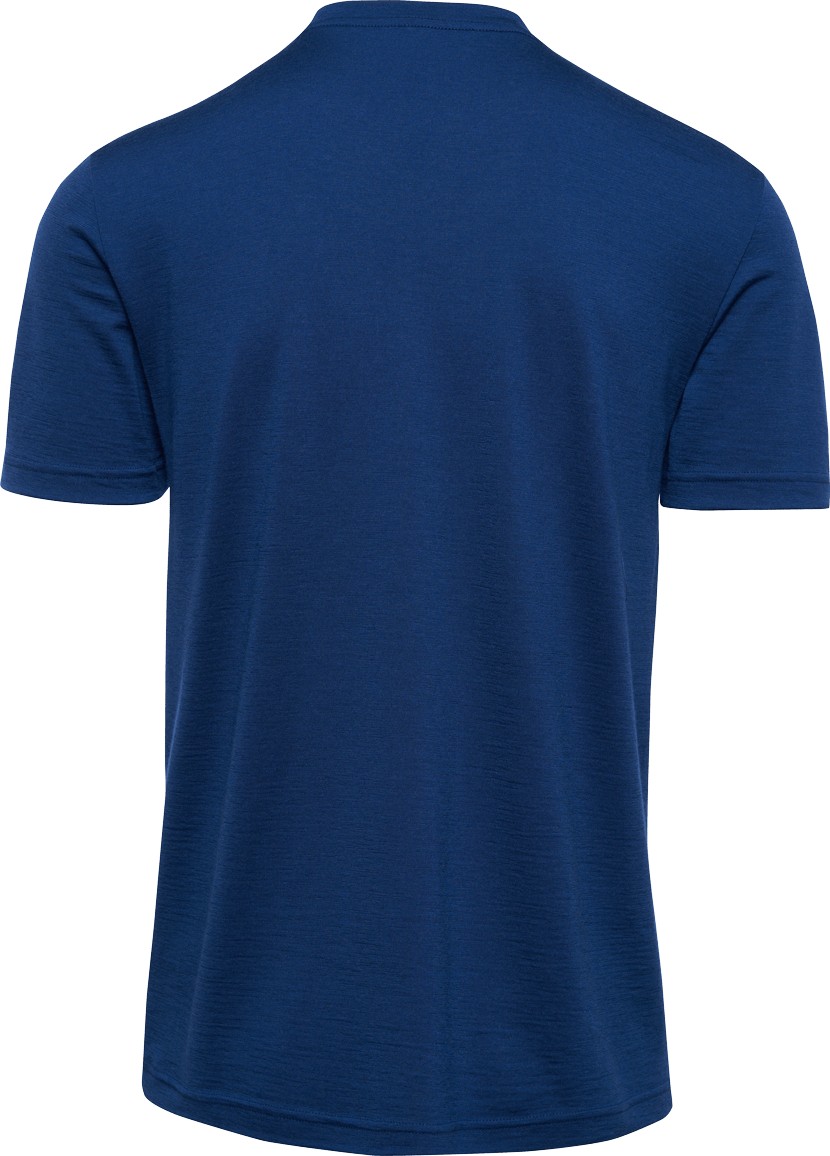

Thermowave MERINO LIFE SHORT-SLEEVE SHIRT size L men
€40.00
Add to cart 
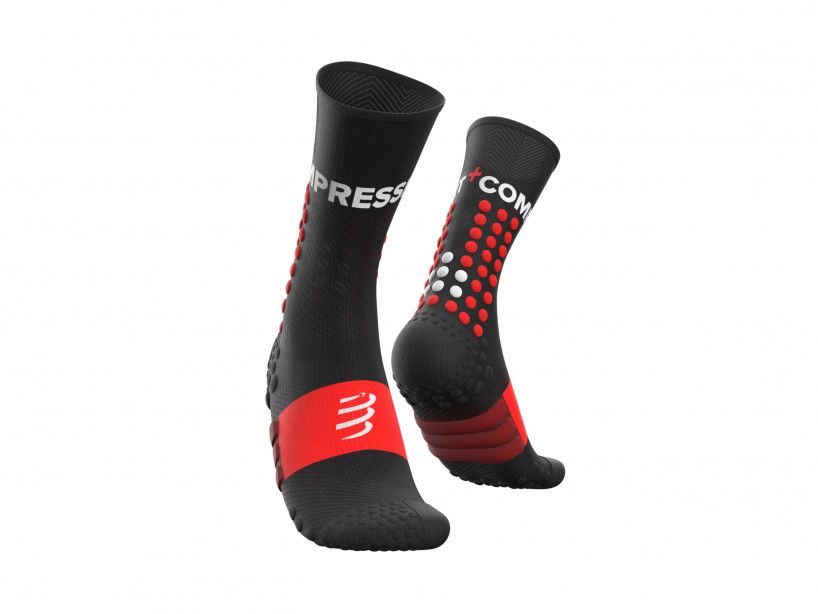

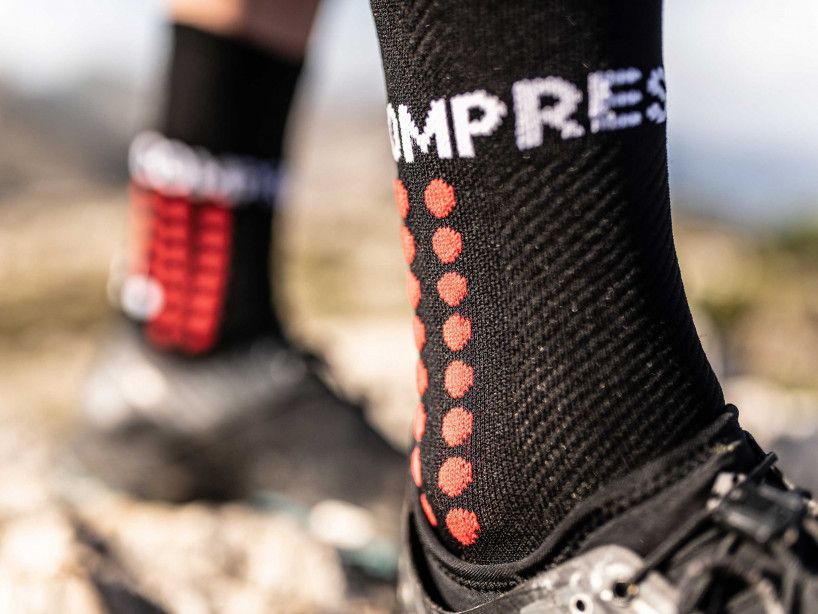
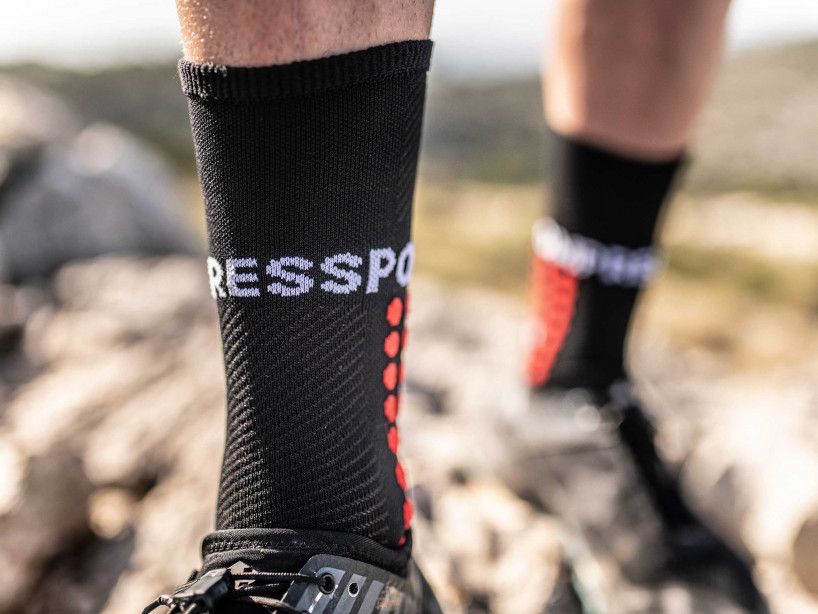
Compressport Ultra Trail Socks
€20.00
Select options



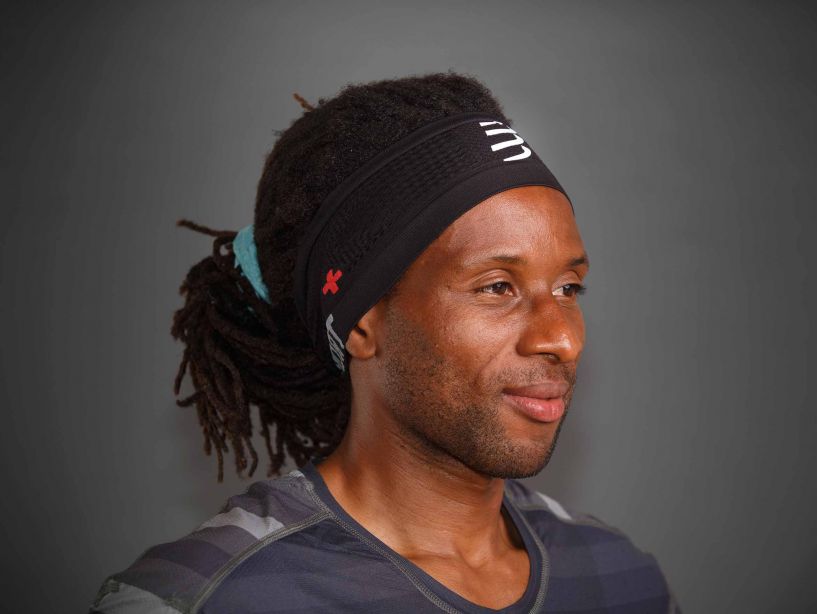
Compressport Headband On/Off Flash, One Size
€15.00
Add to cart
Inov8 All Terrain Pro Mitt – Black
€30.00
Select options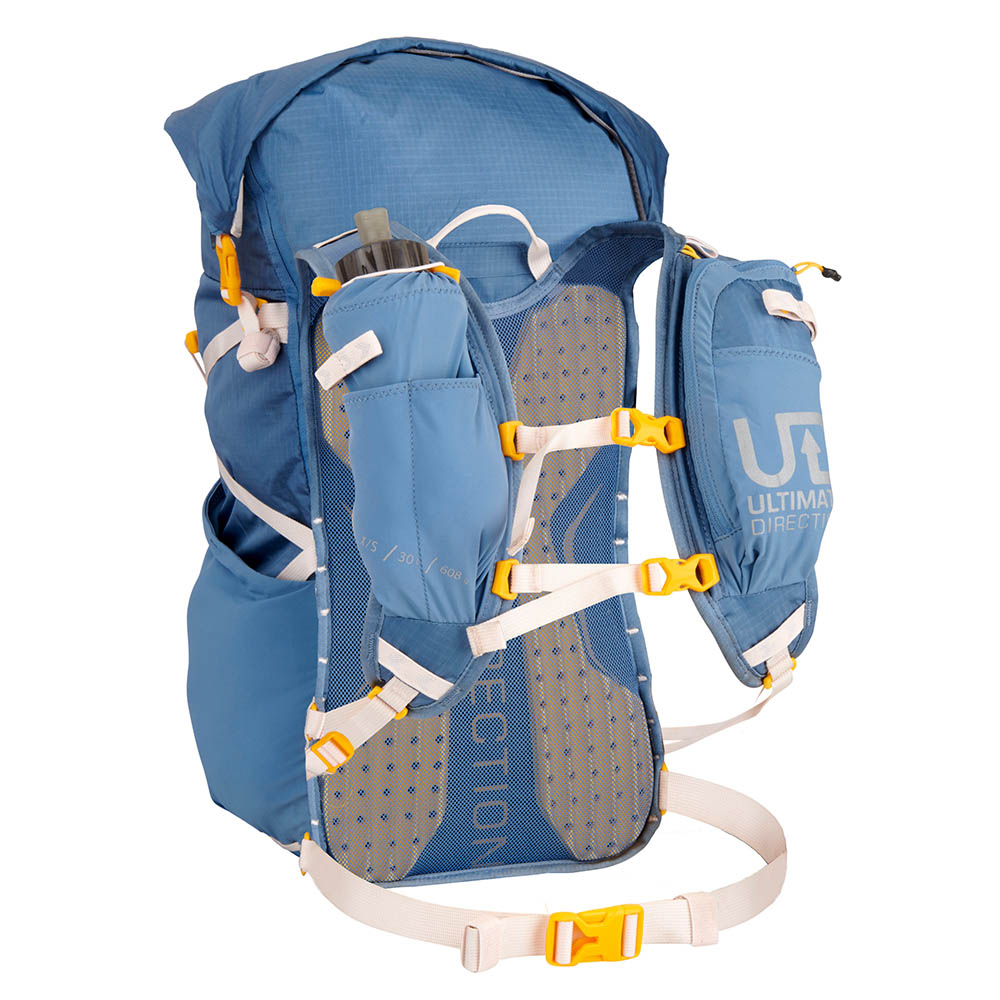
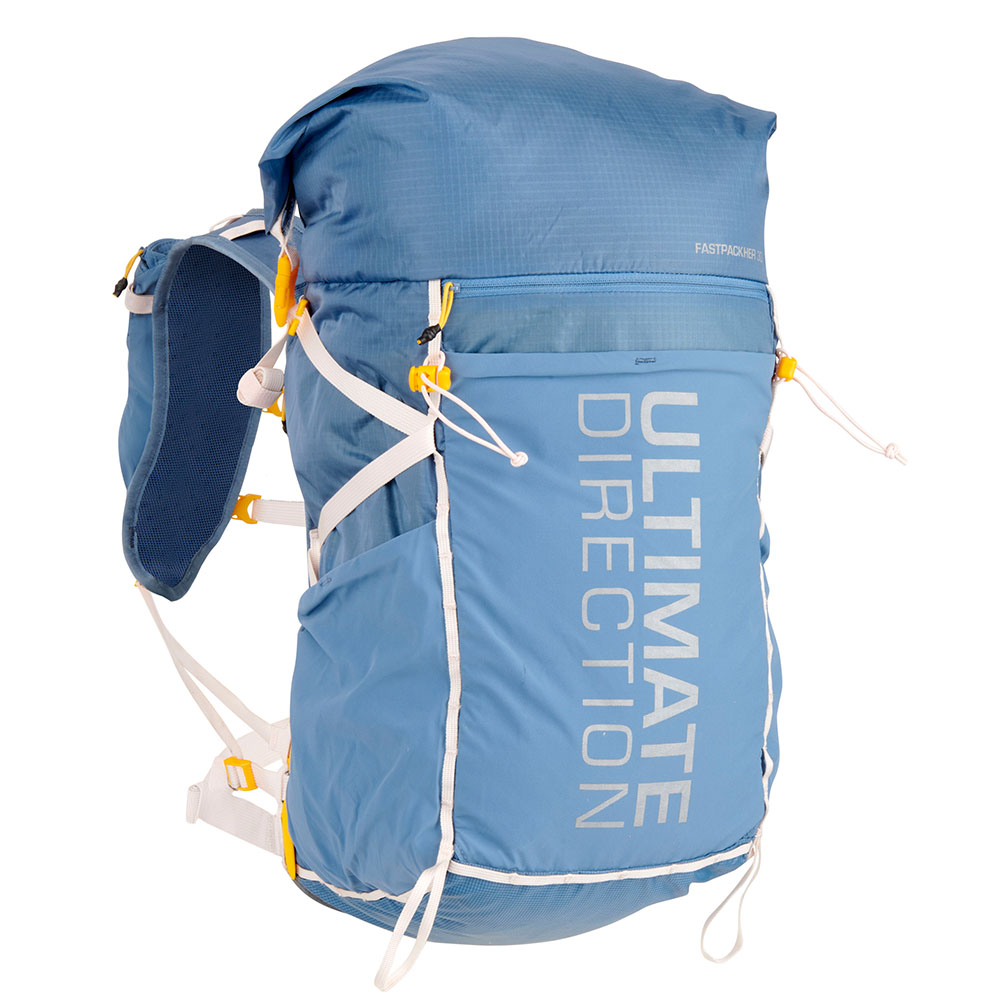

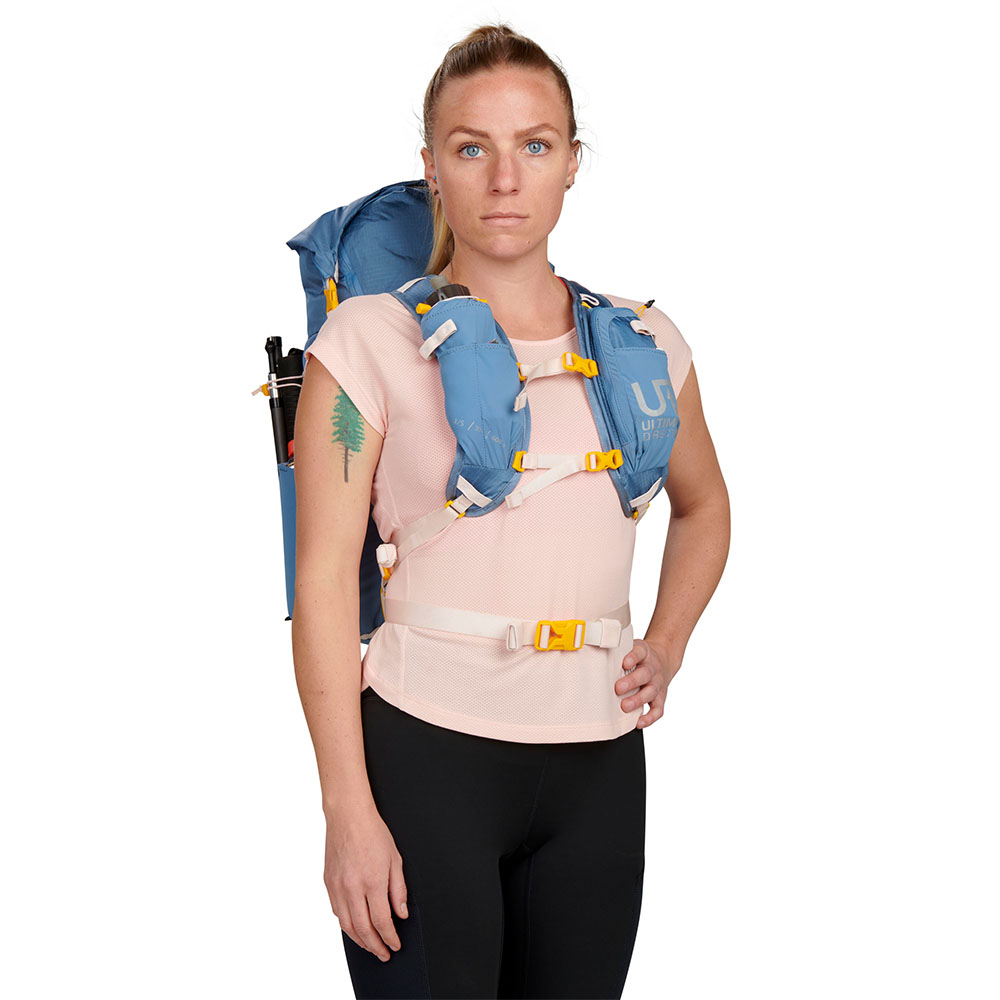
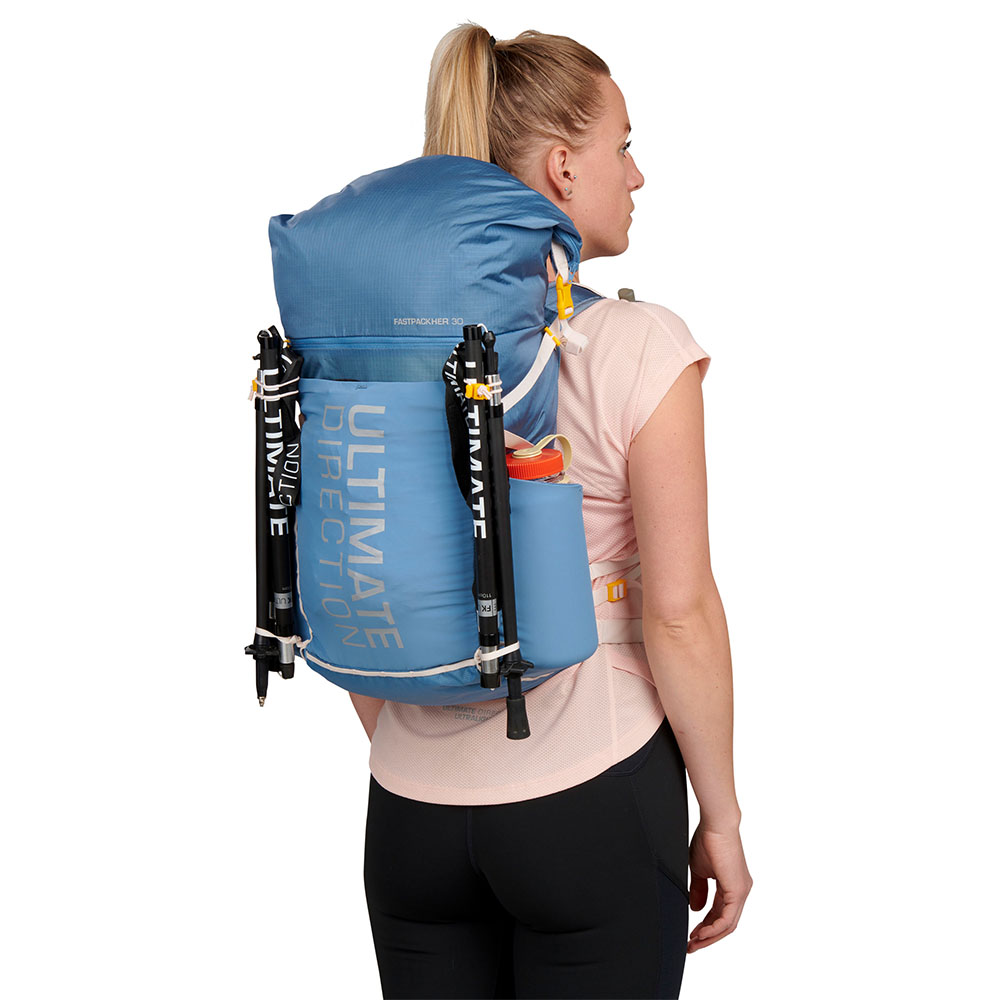
Ultimate Direction Fastpackher 30 Fog Women
€180.00
Select options
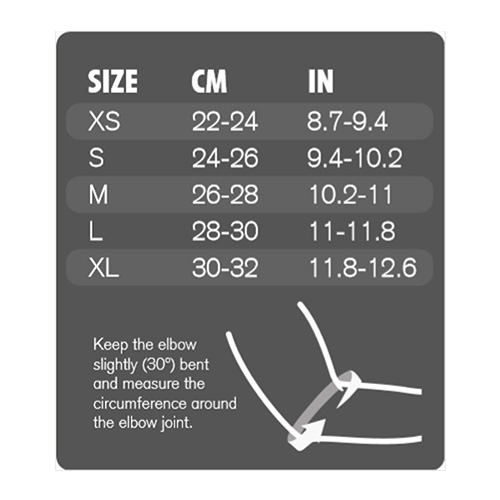

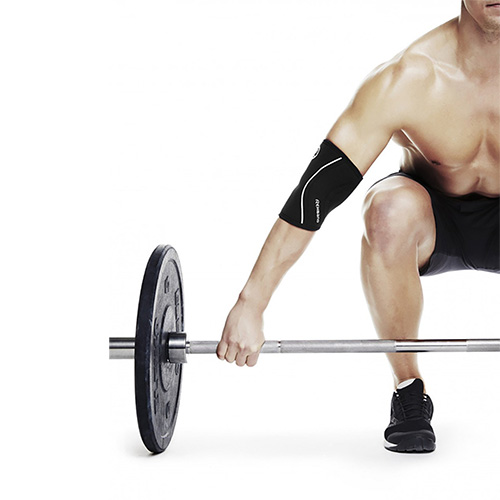

Rehband RX Elbow Sleeve 5mm
€30.00
Select options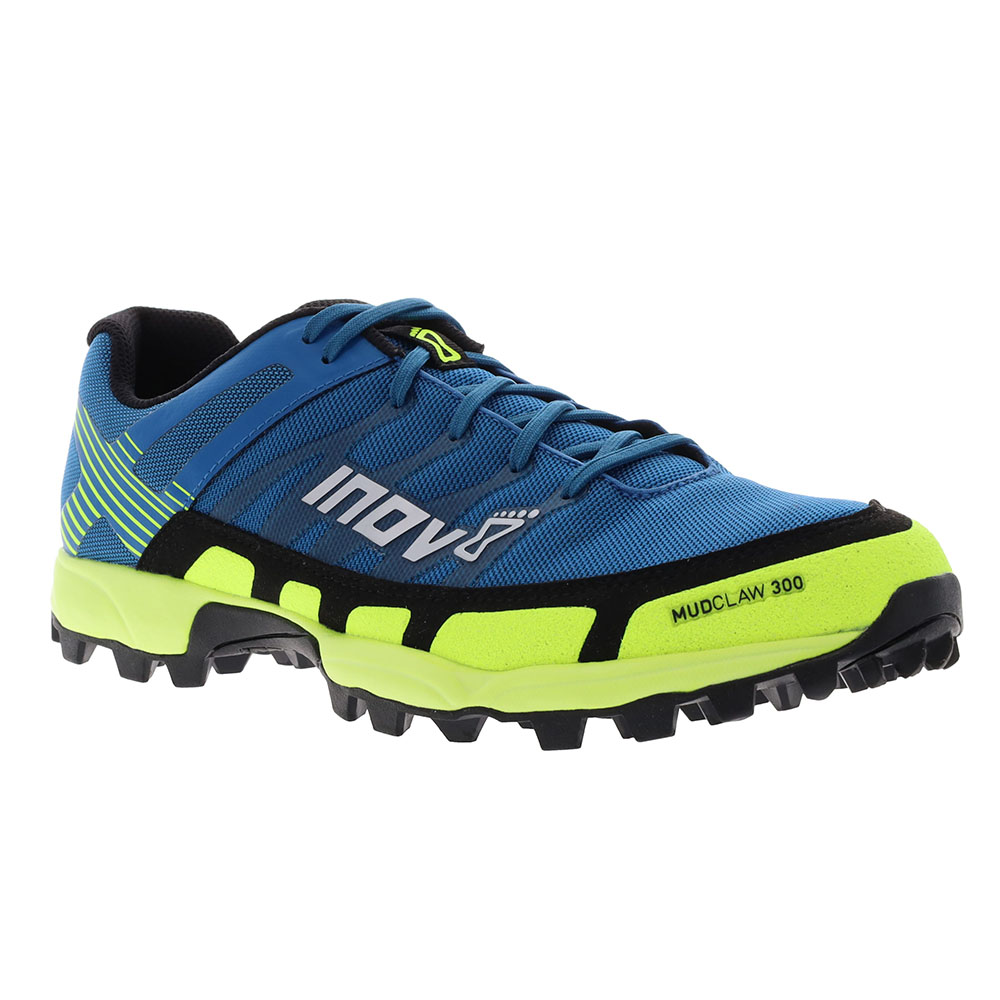
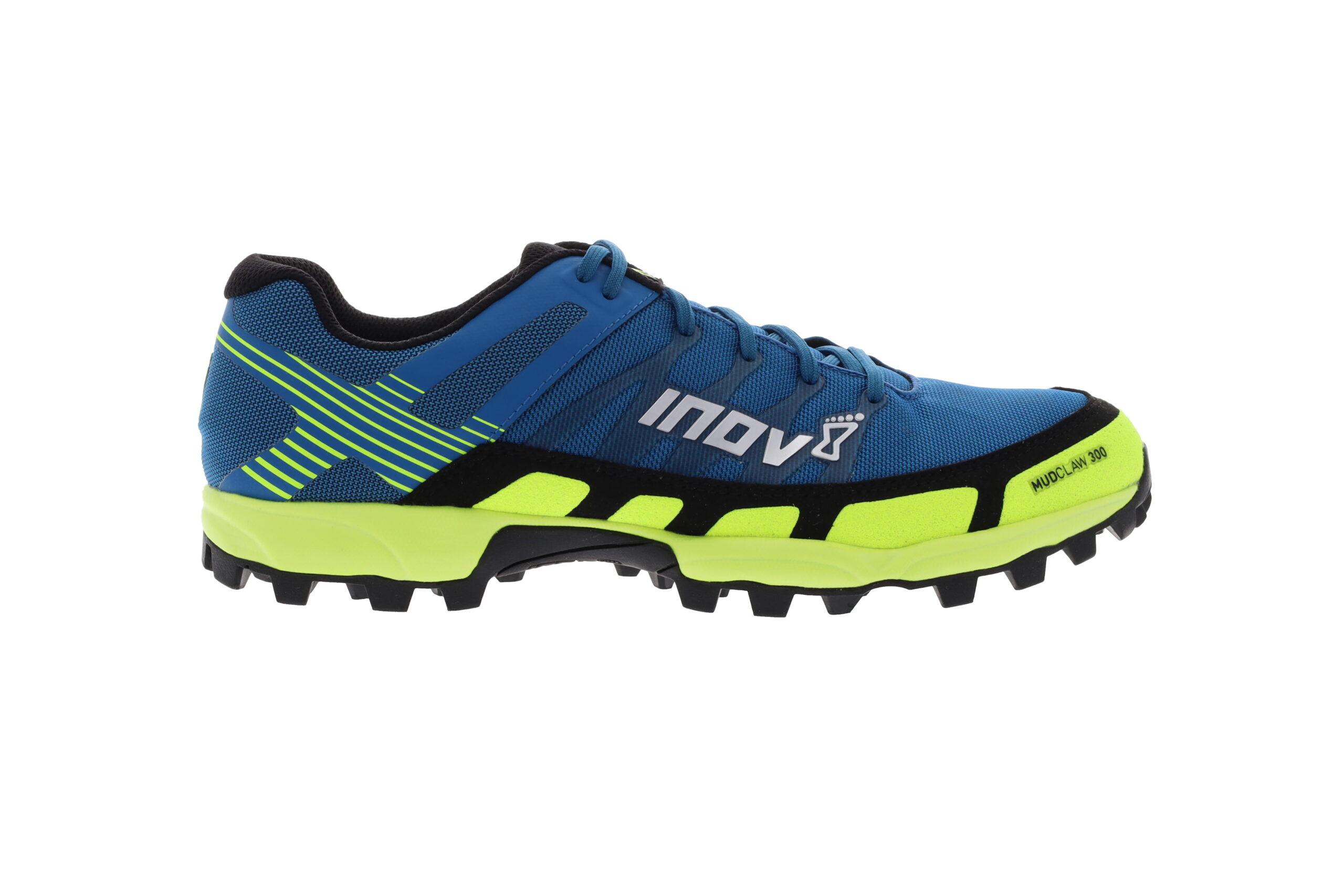



Inov8 Mudclaw 300 Blue/Yellow Men
€135.00
Select options
Youvital skinbalm
€29.90
Add to cart


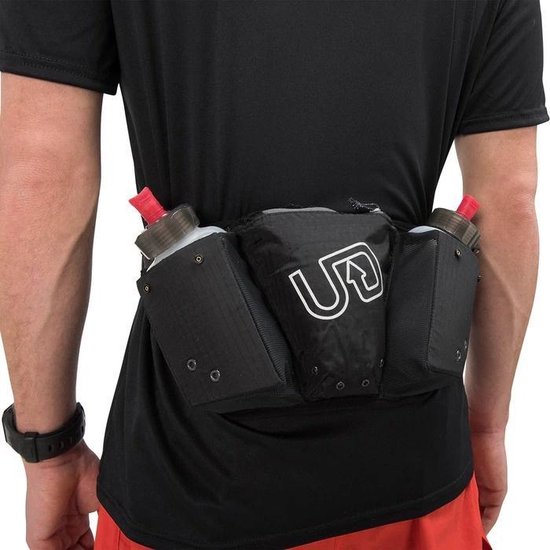
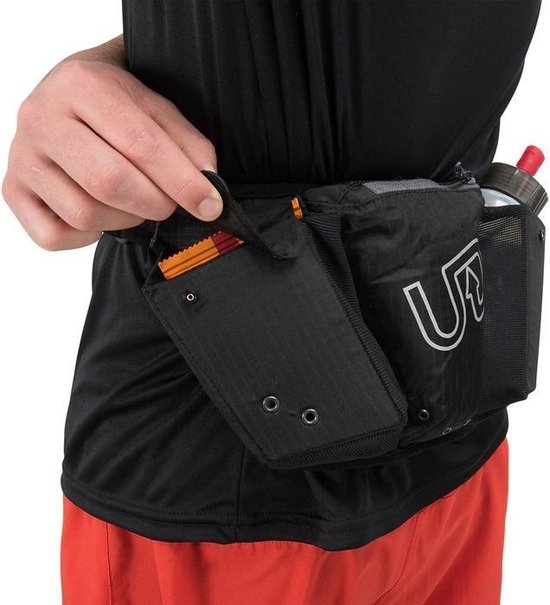
Ultimate Direction OCR Belt Black Size S/M
€60.00
Add to cart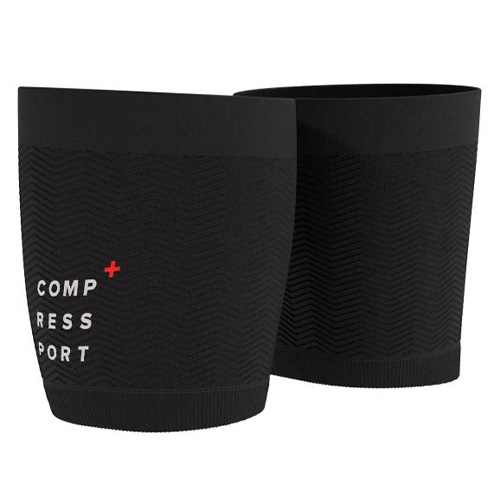
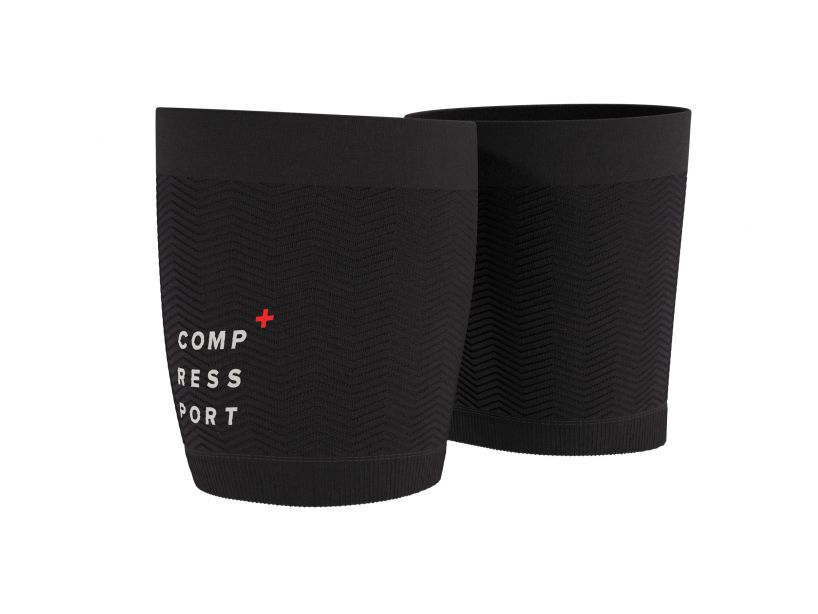

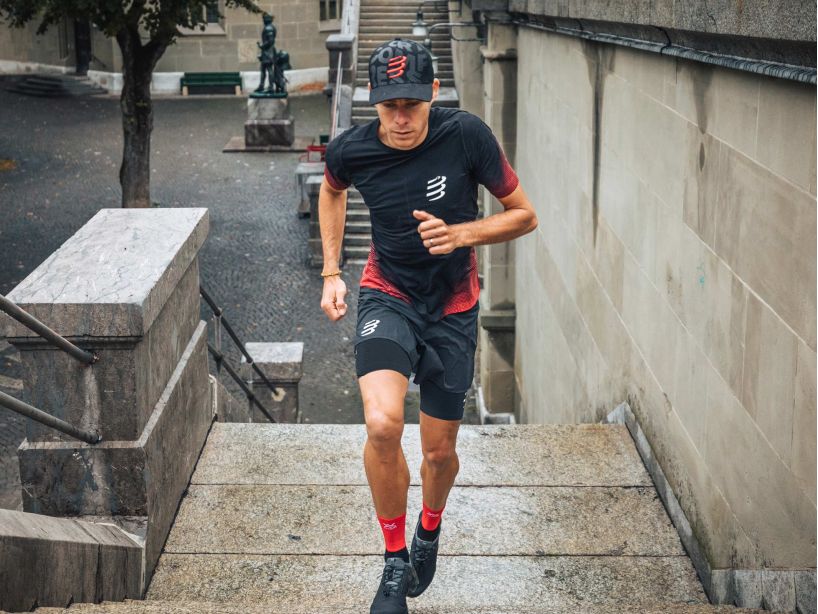
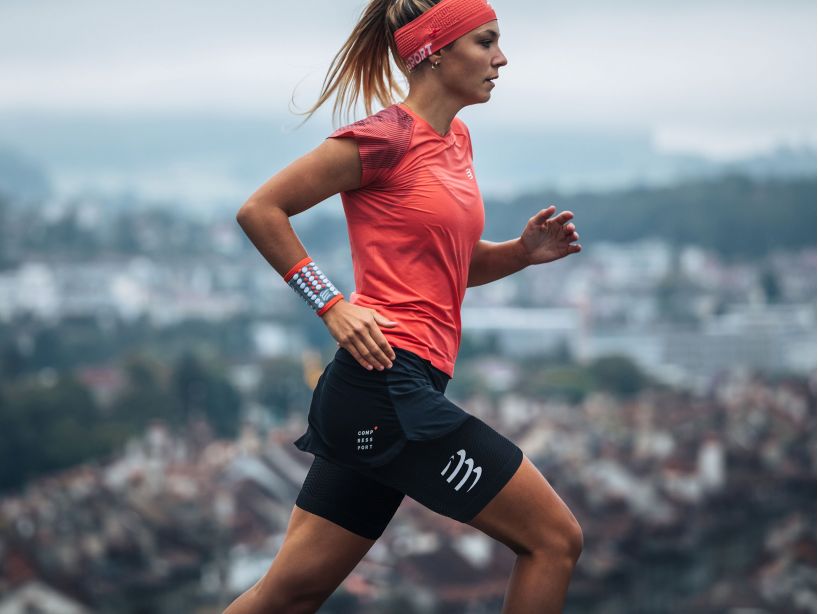
Compressport Under Control Quad
€60.00
Select options


